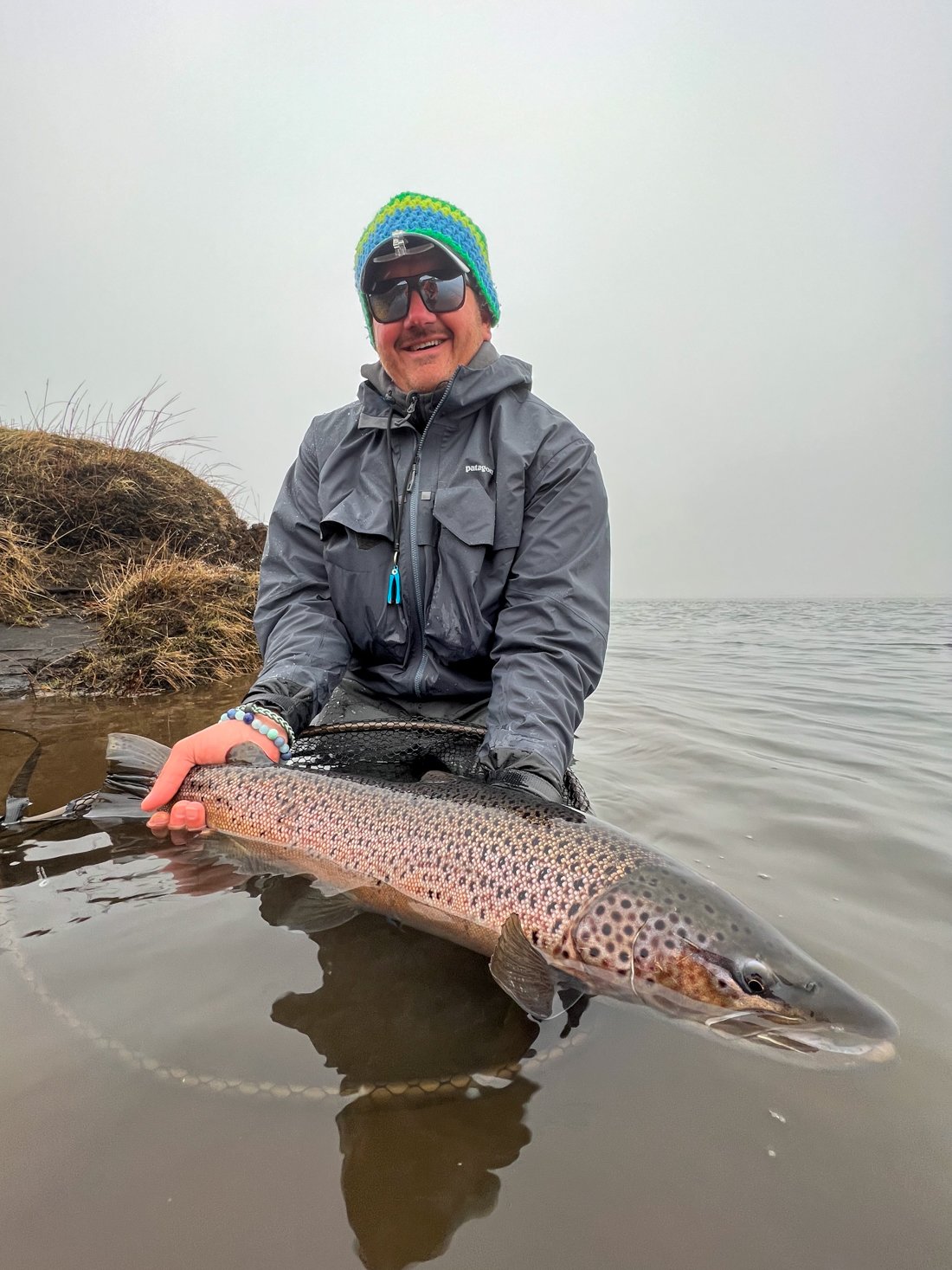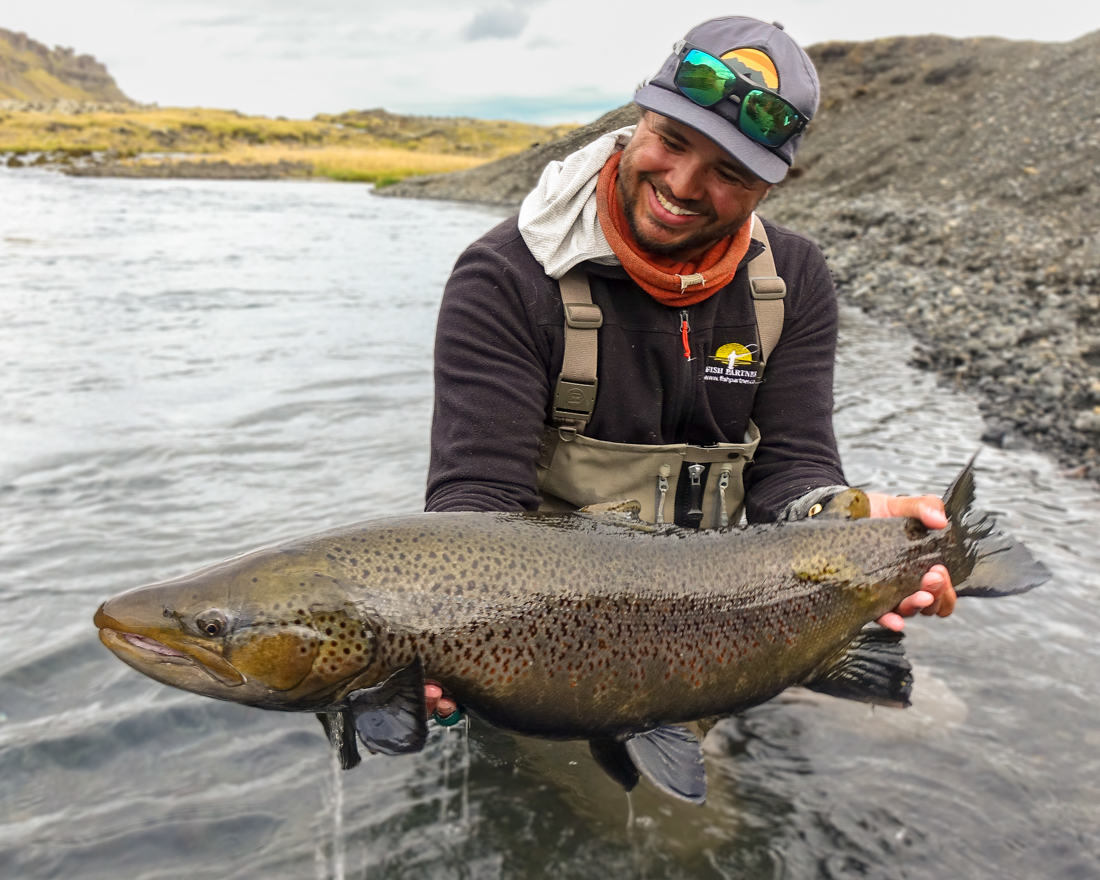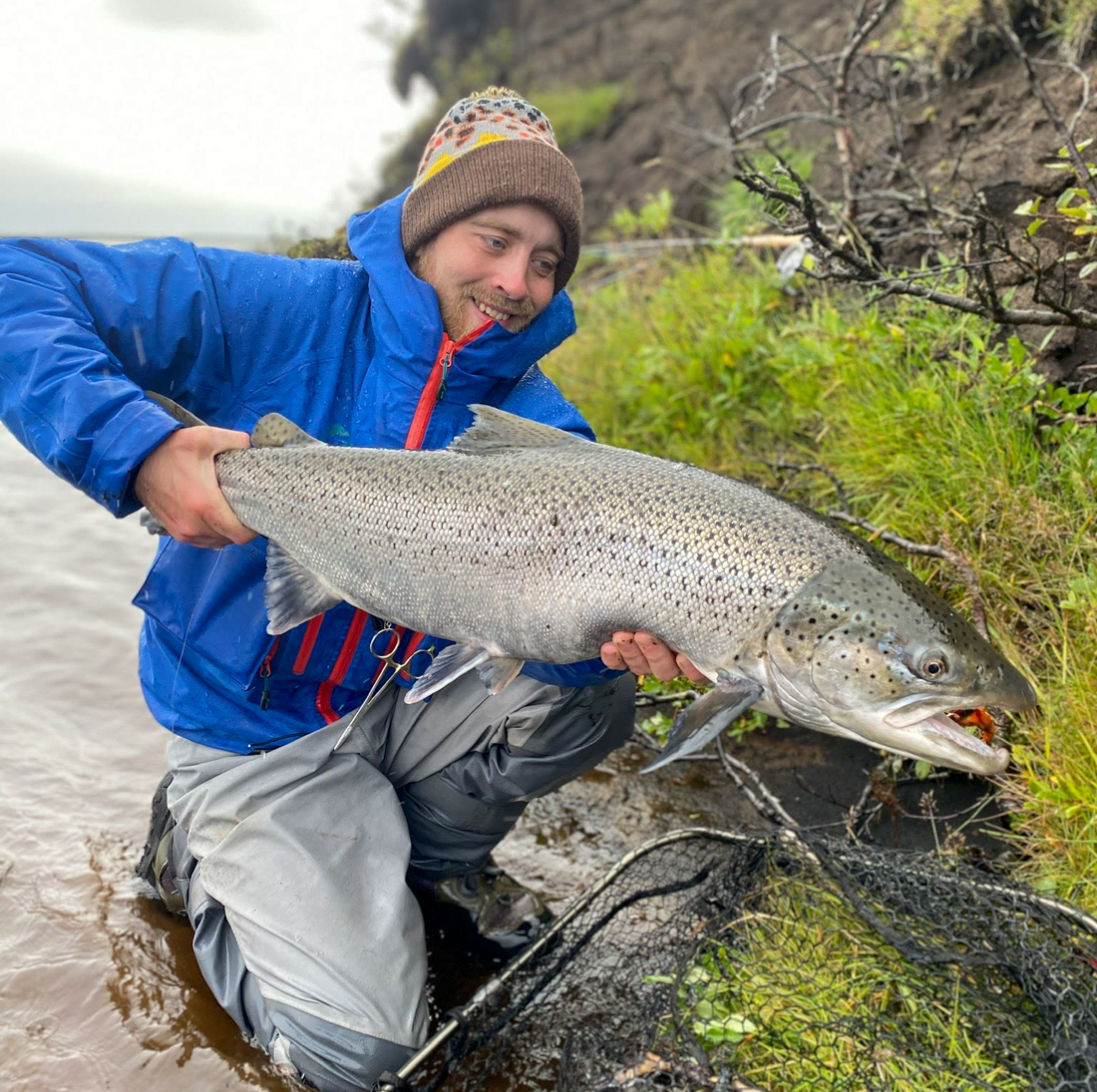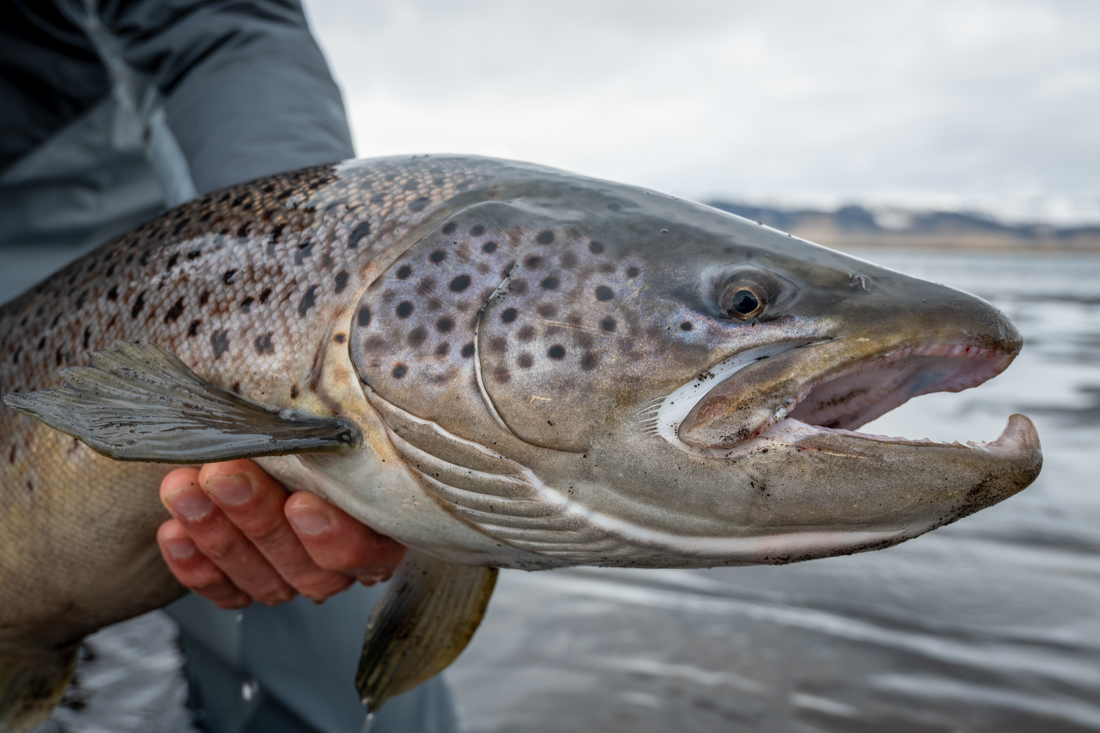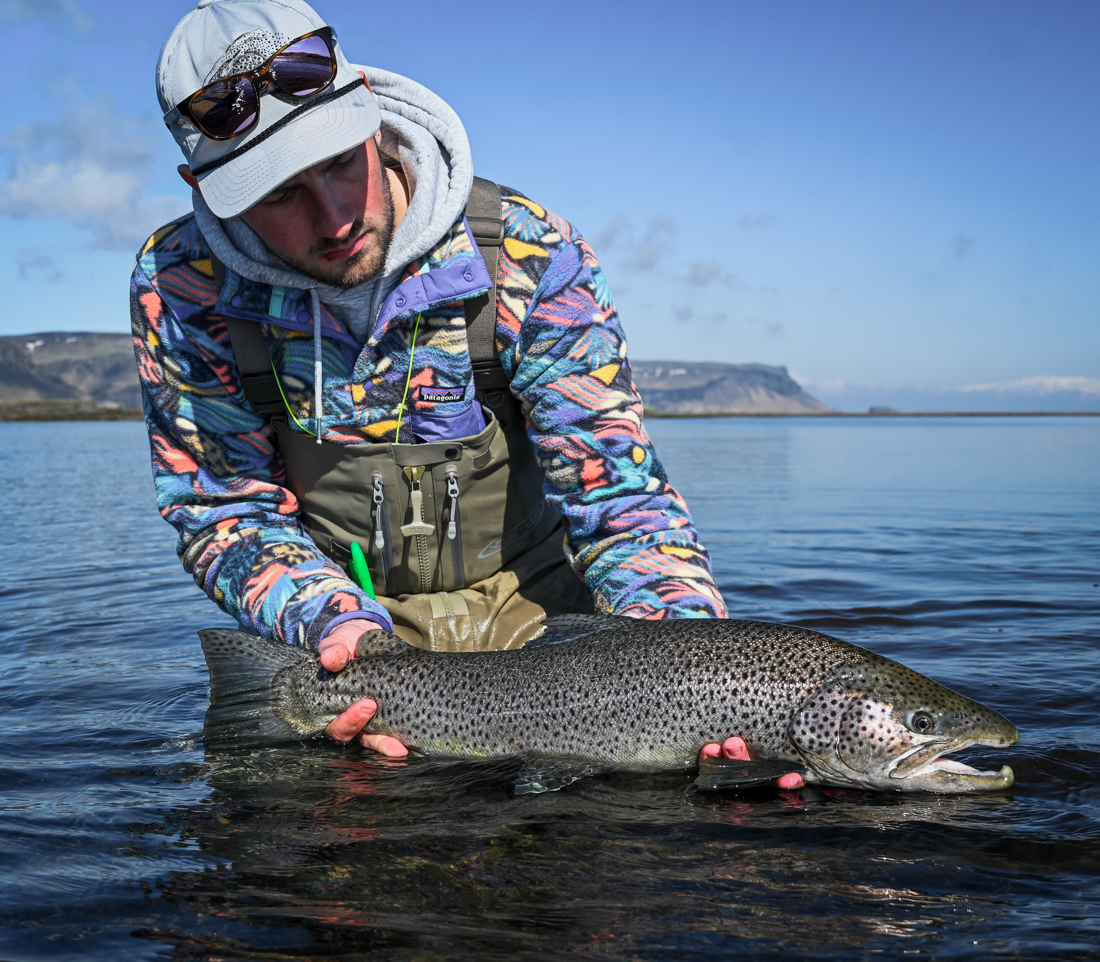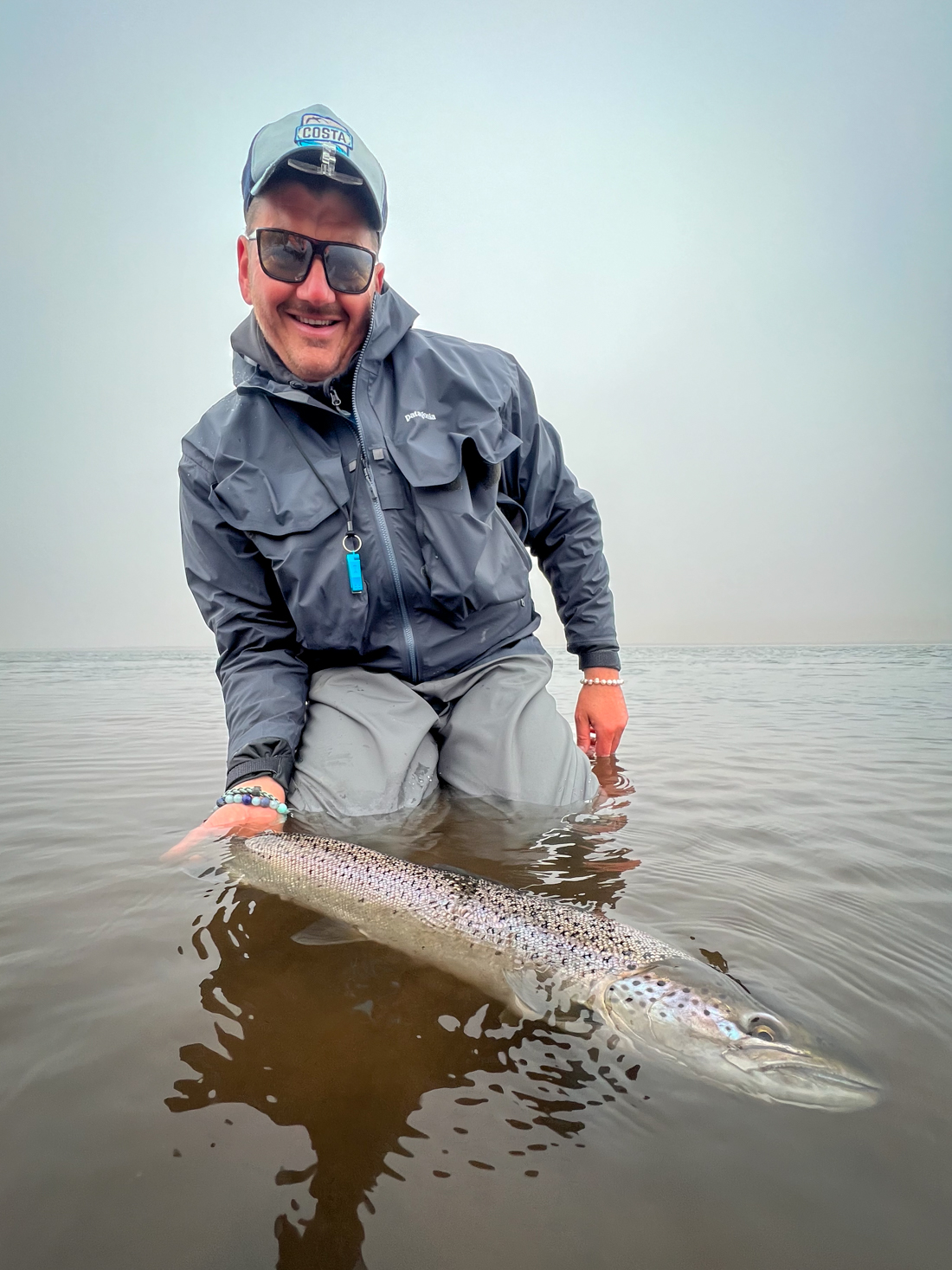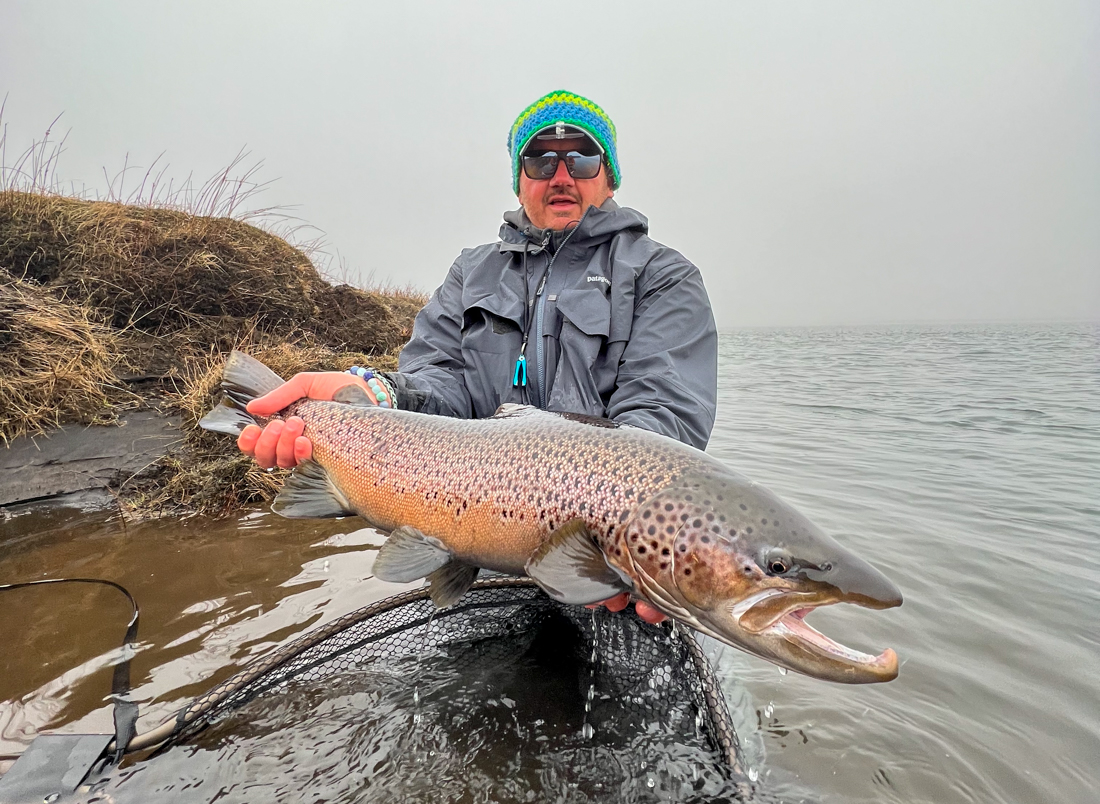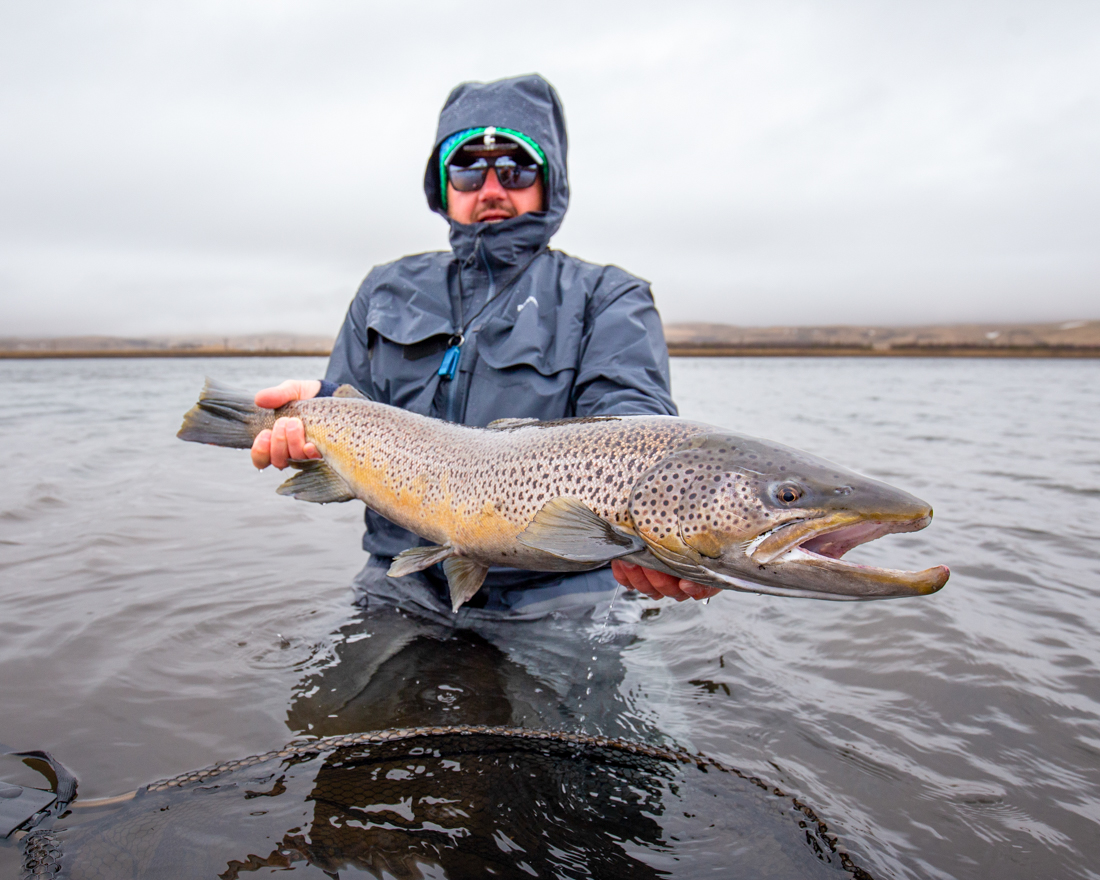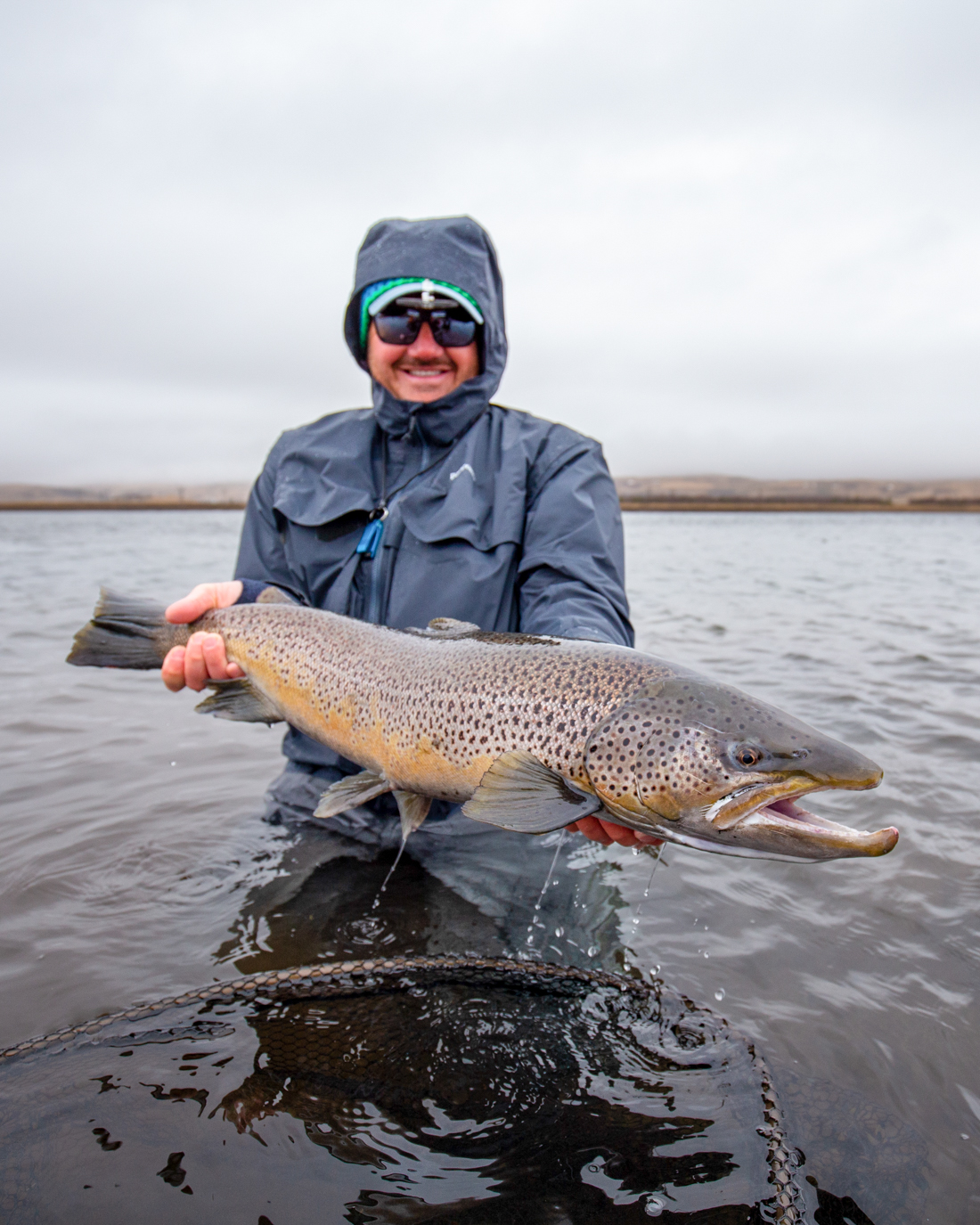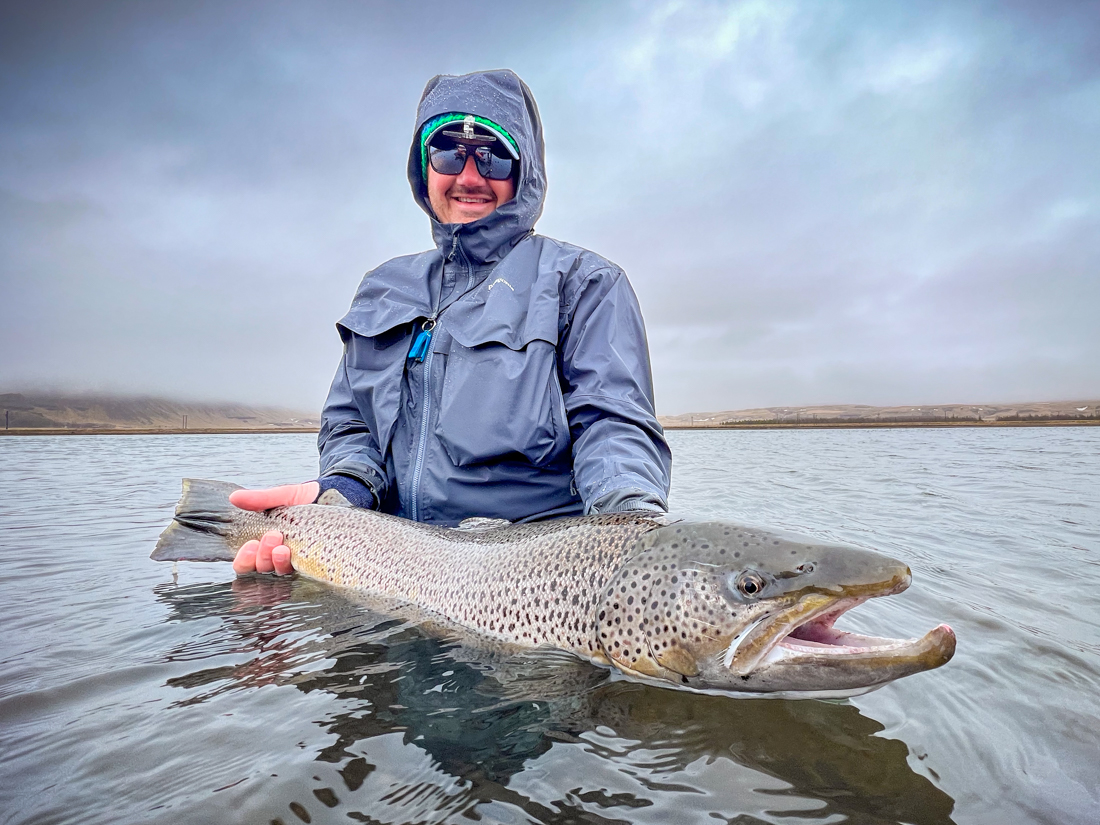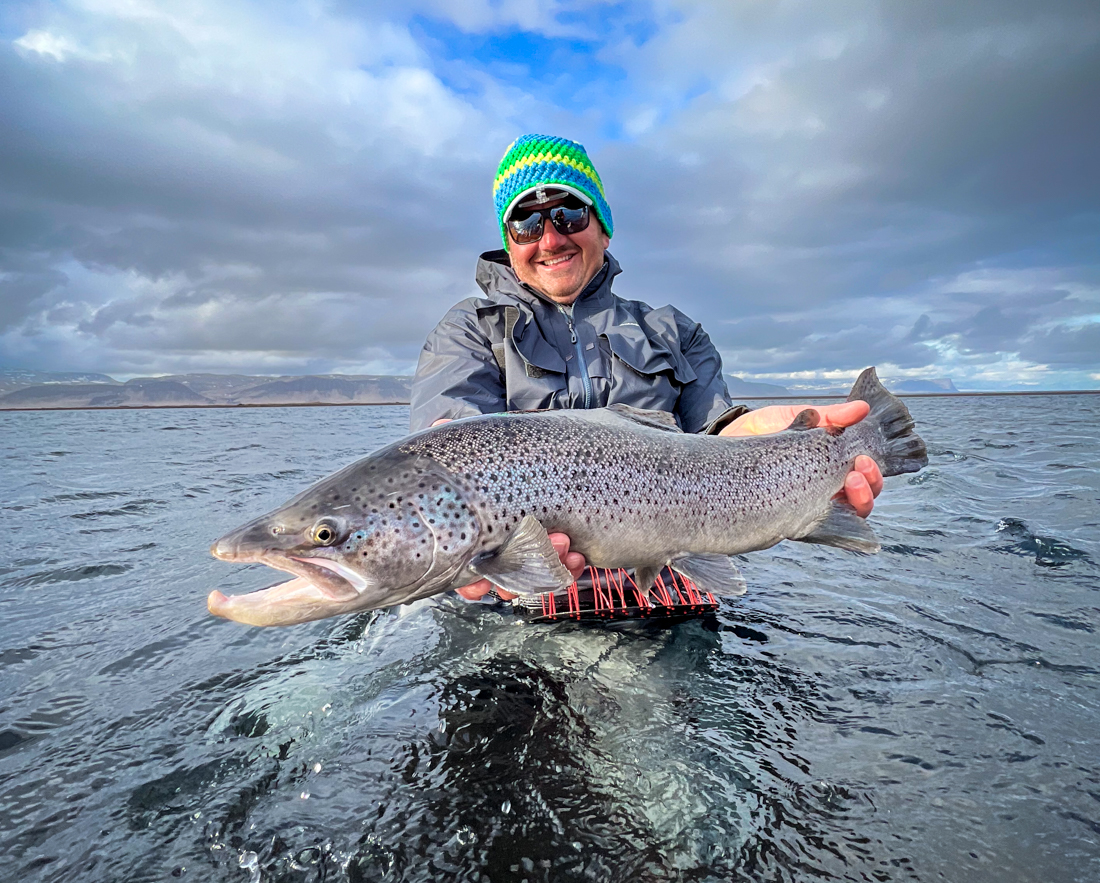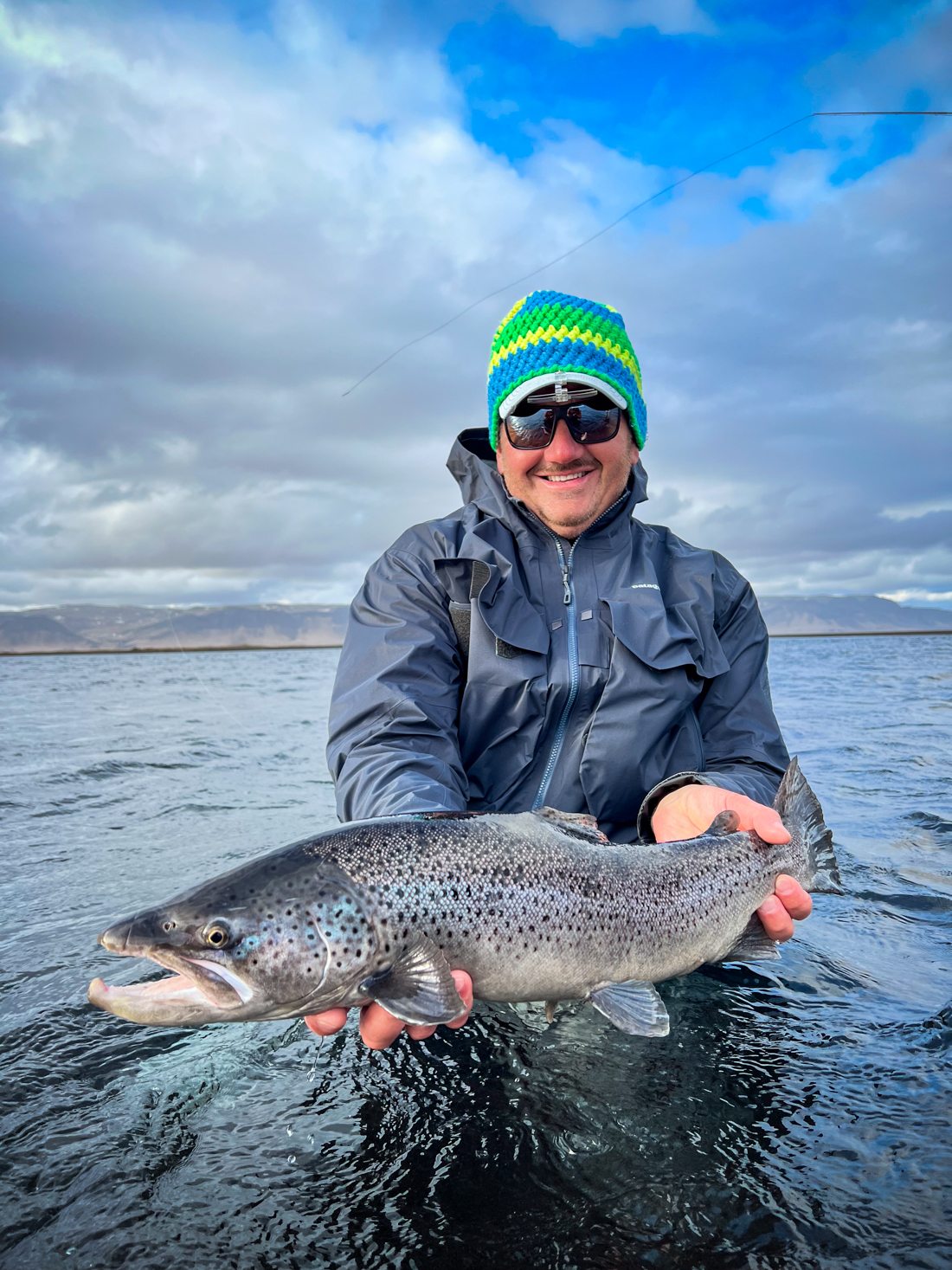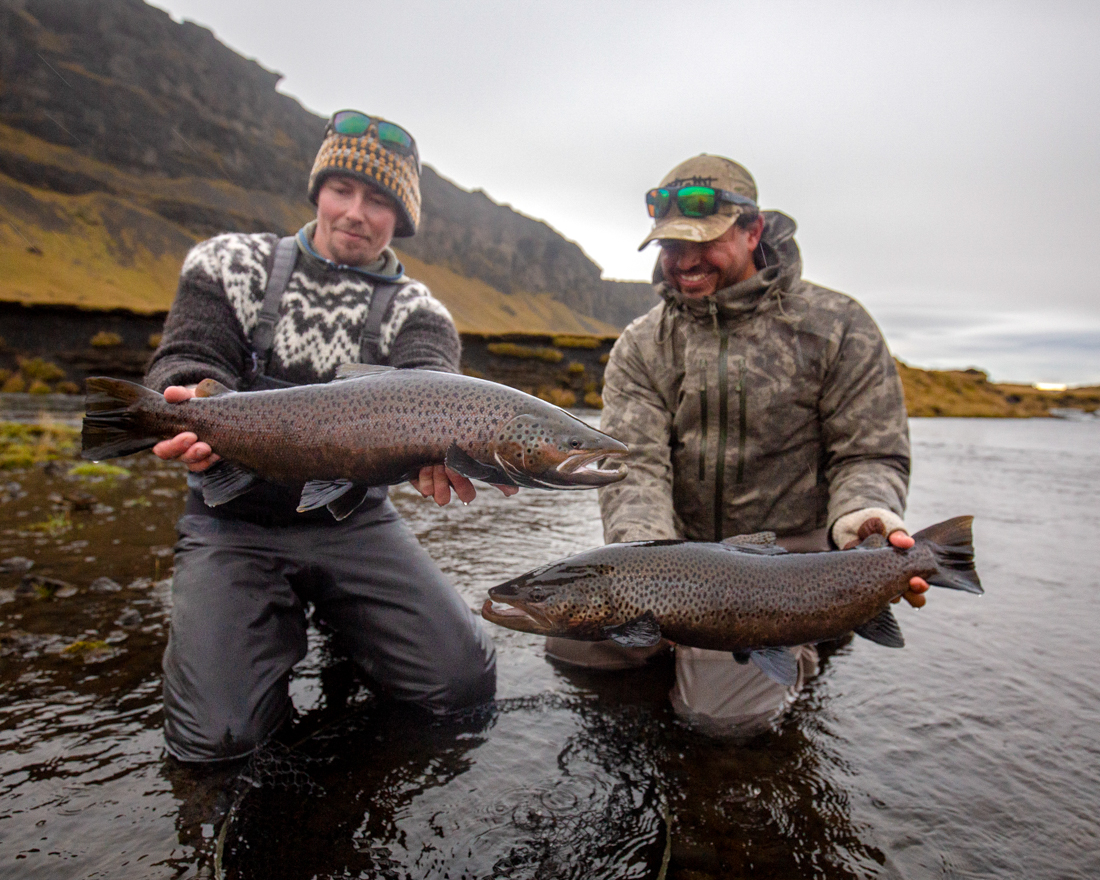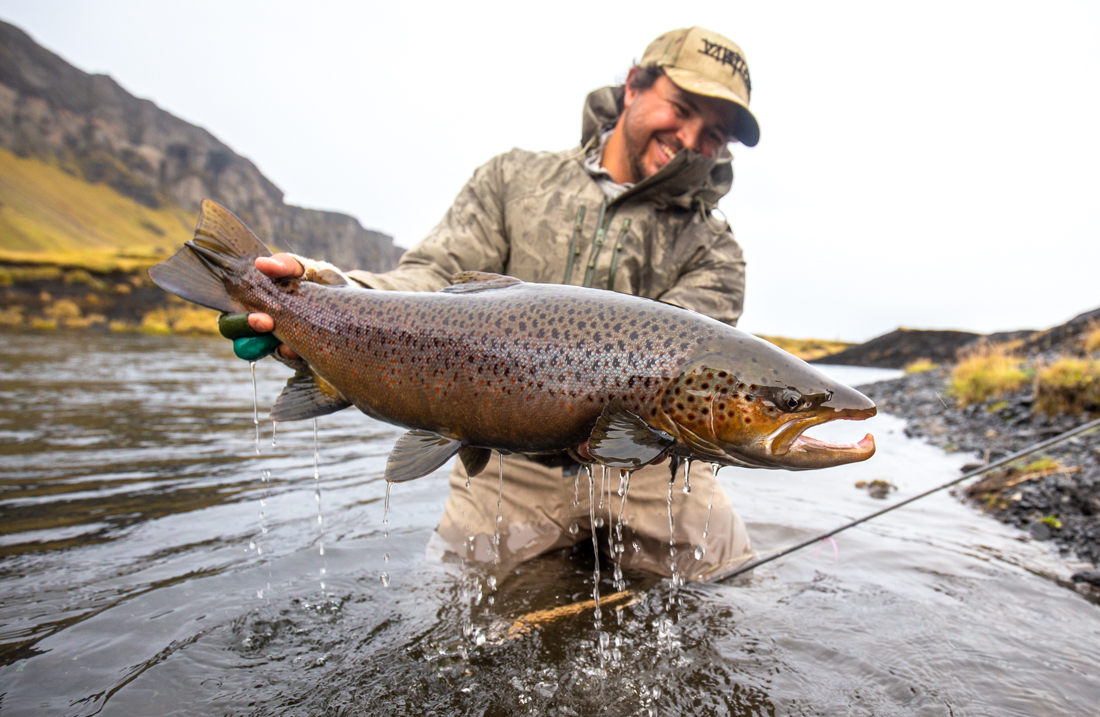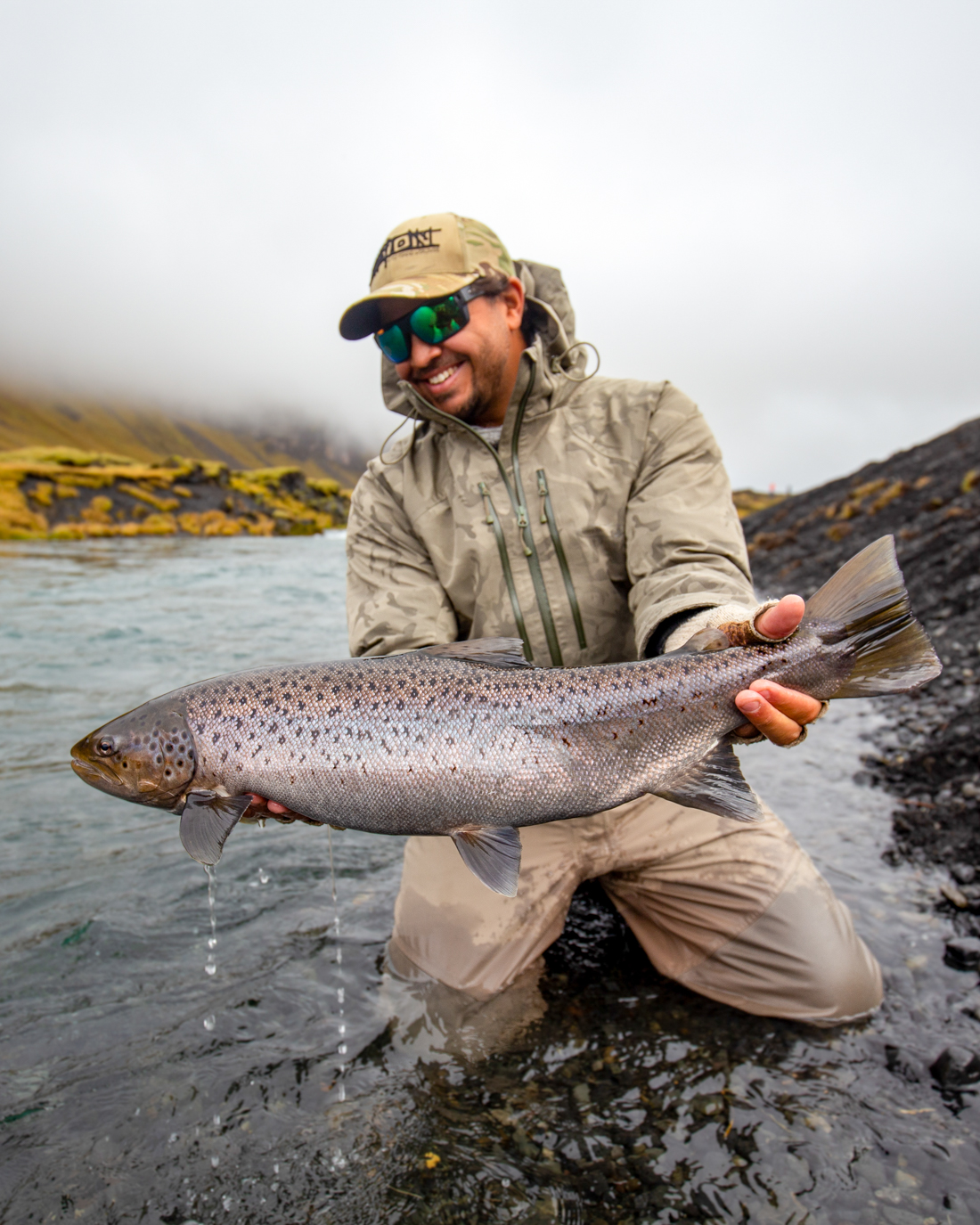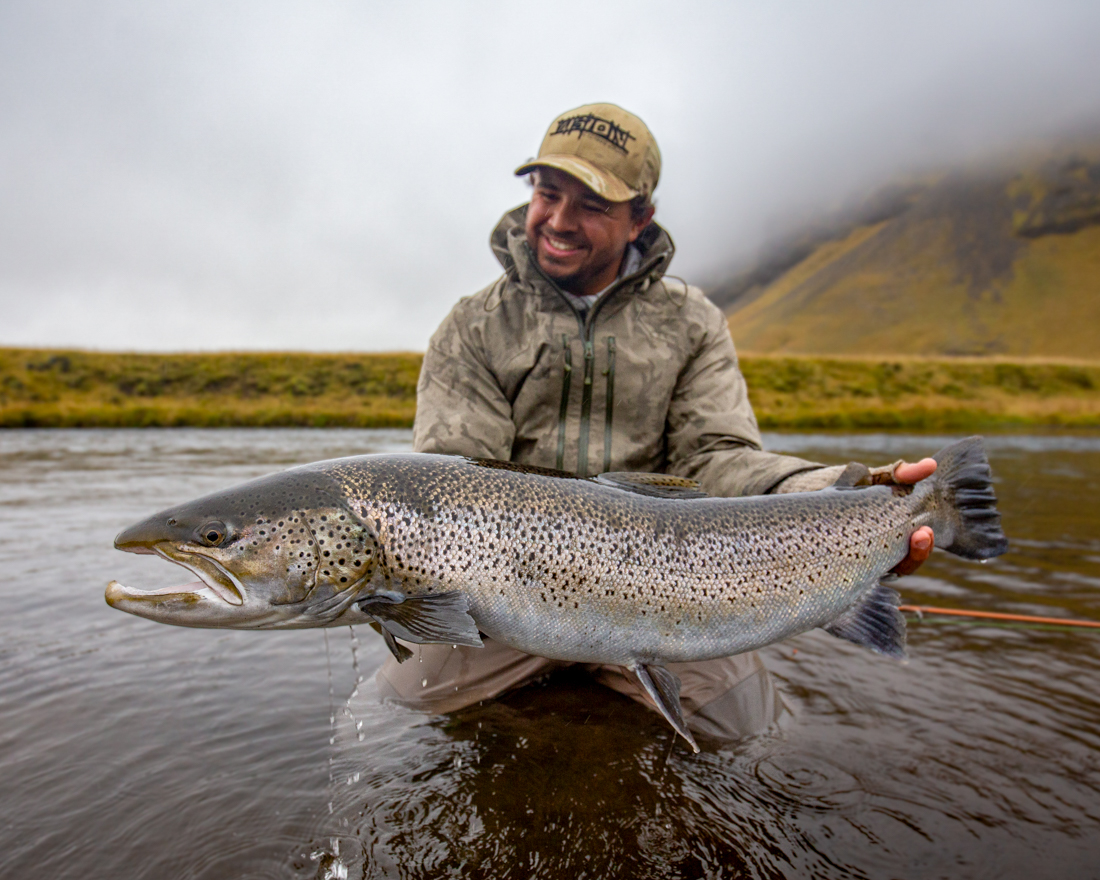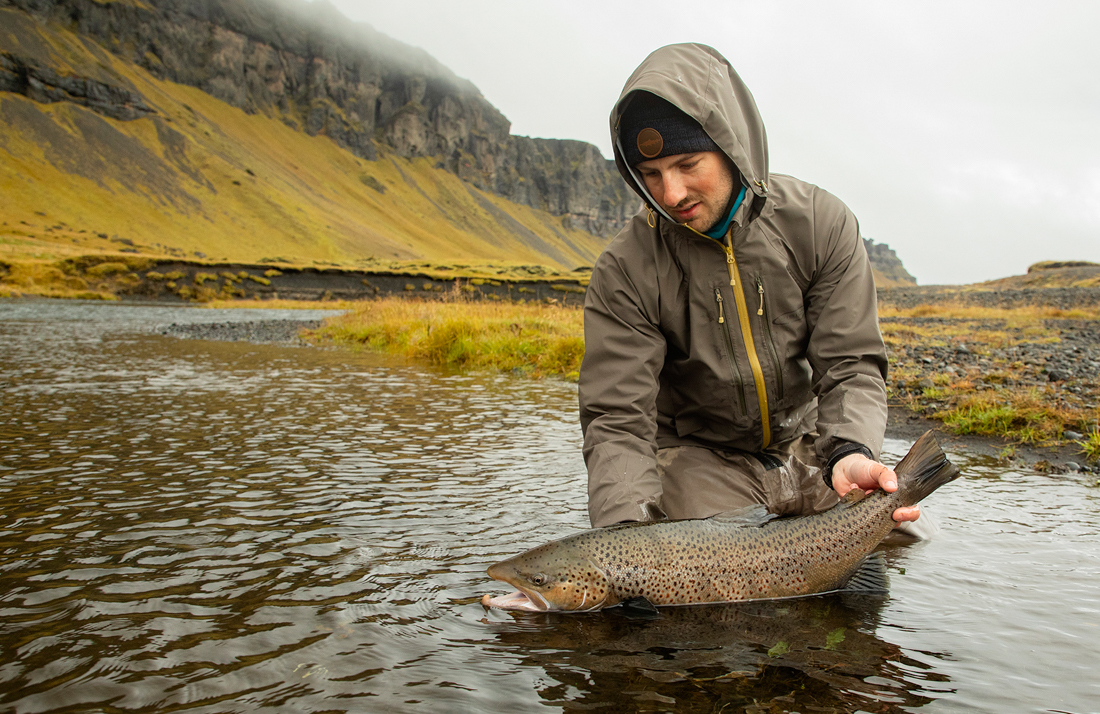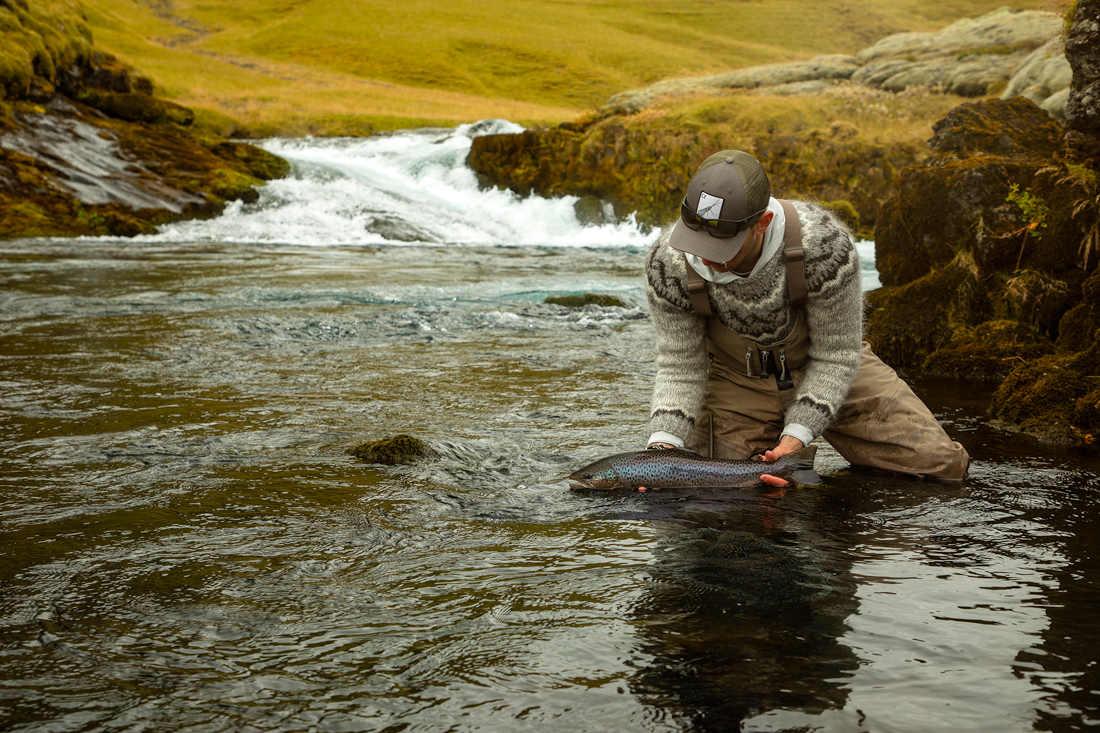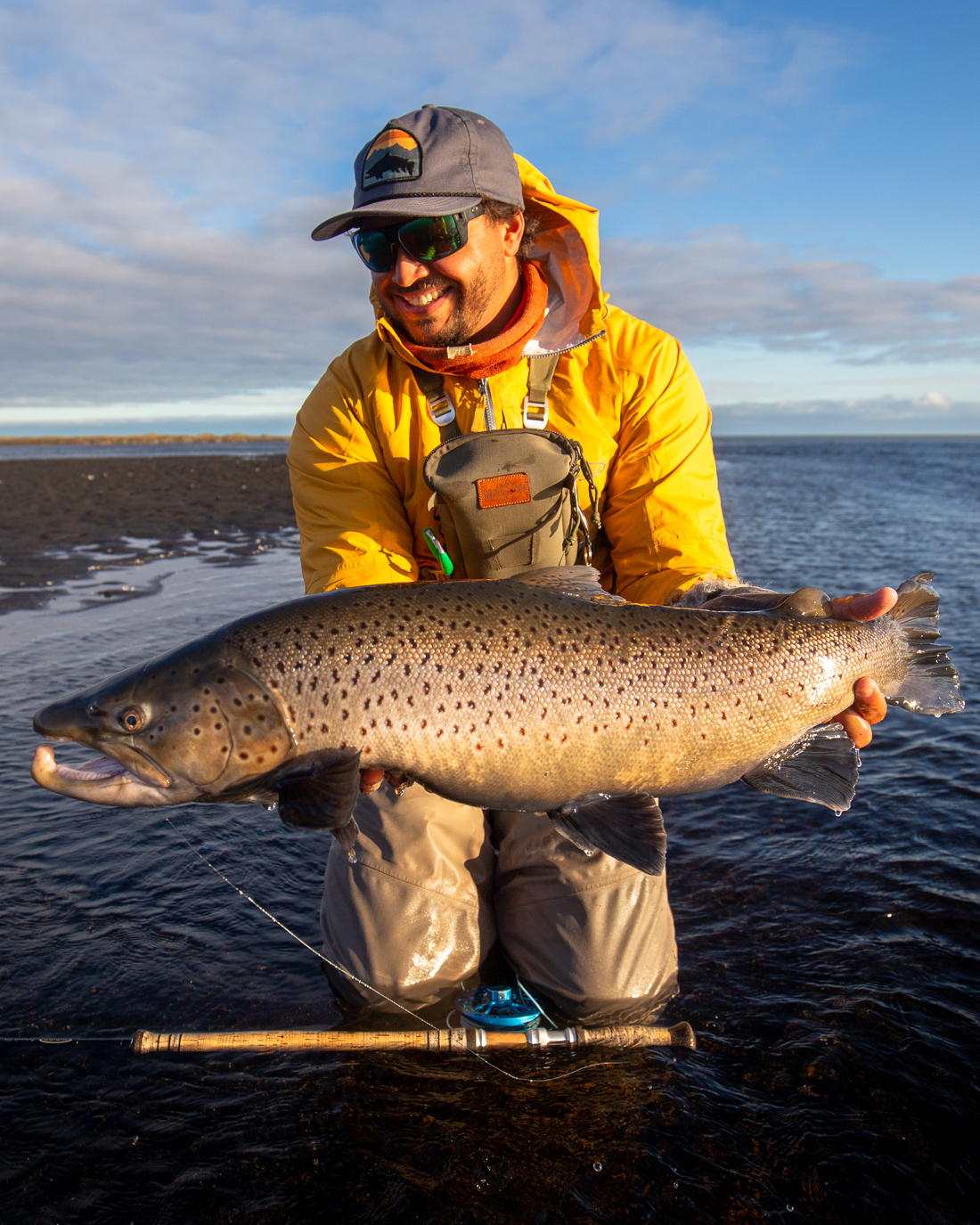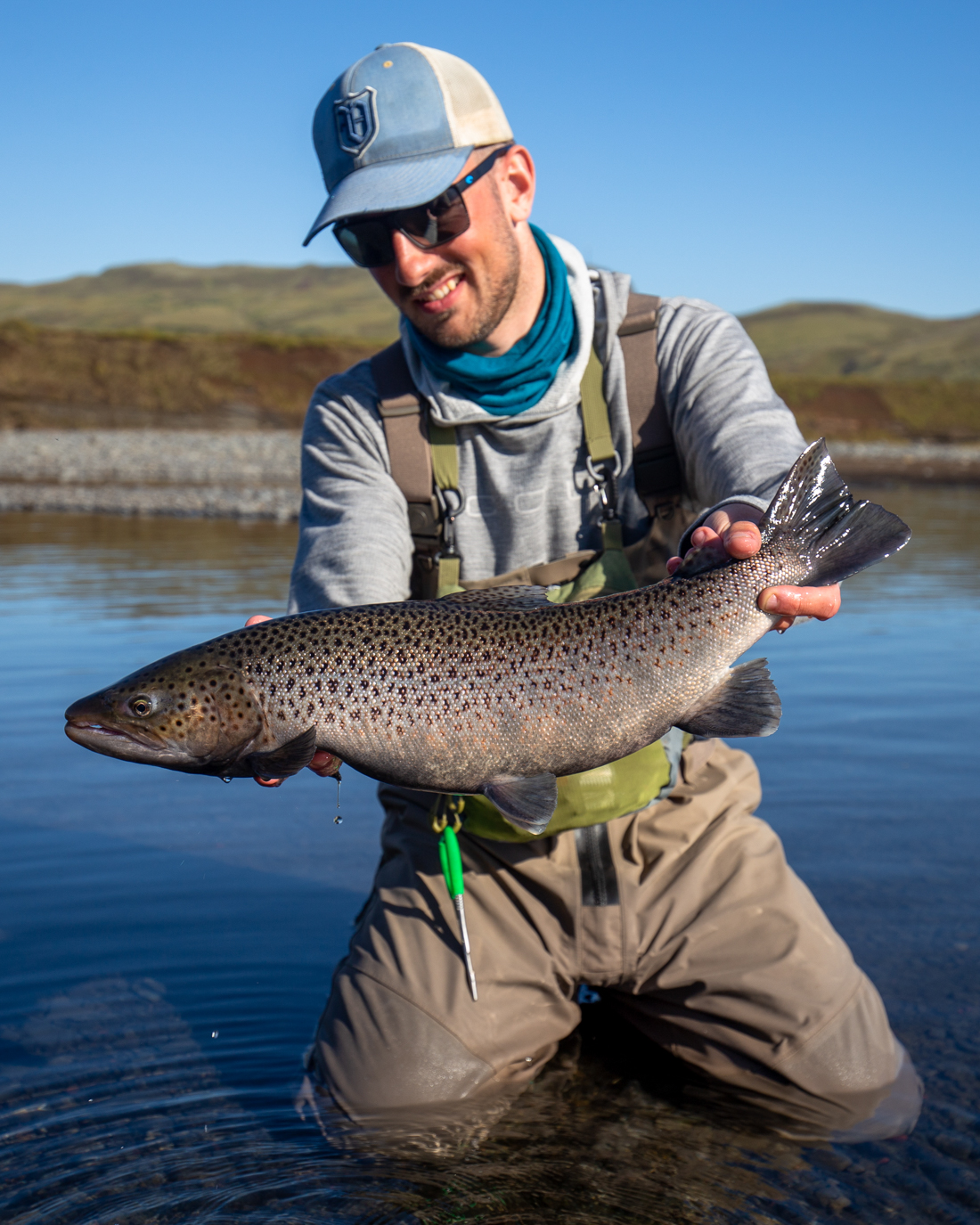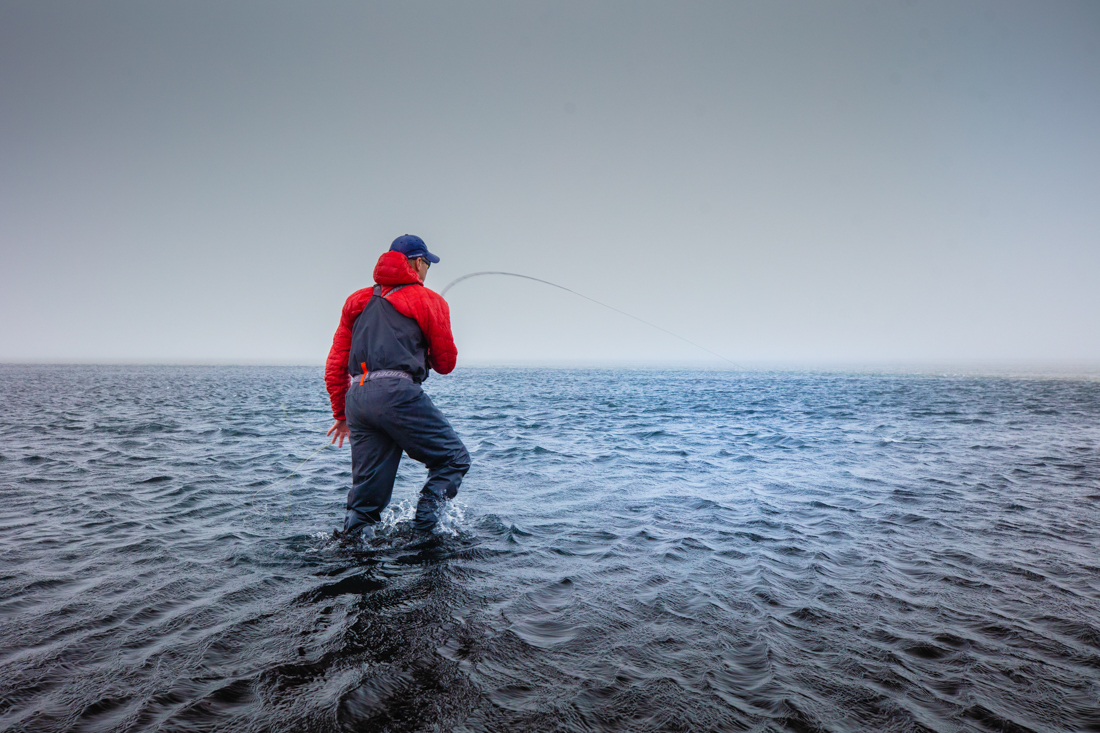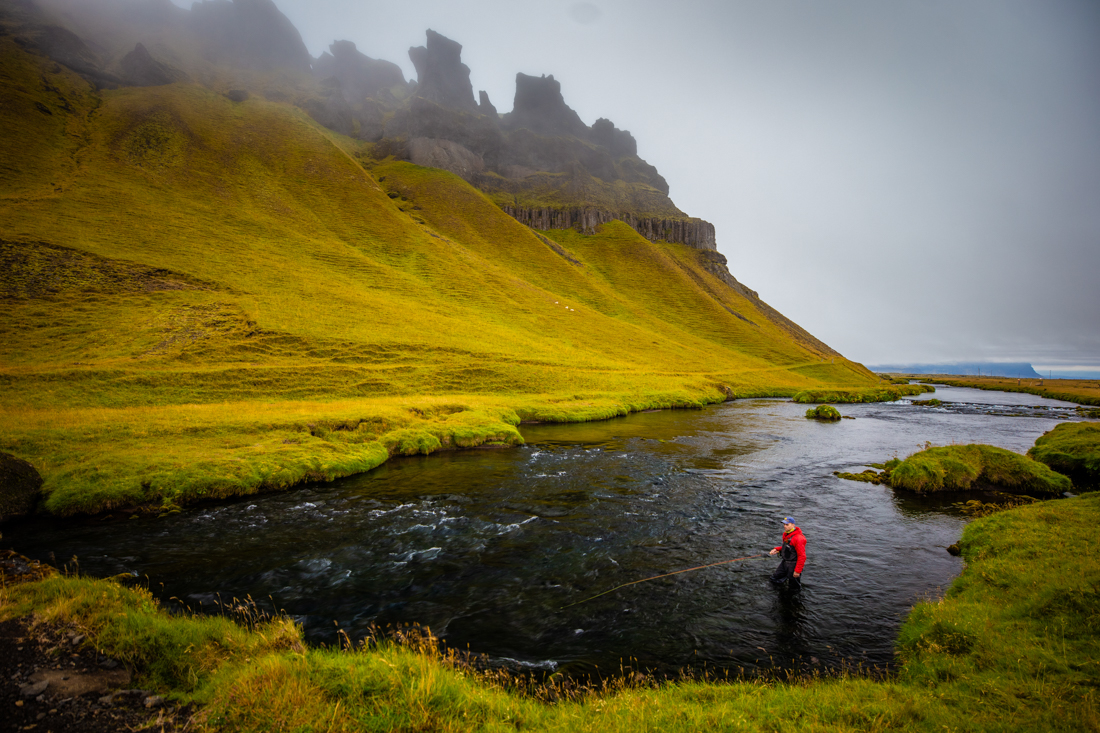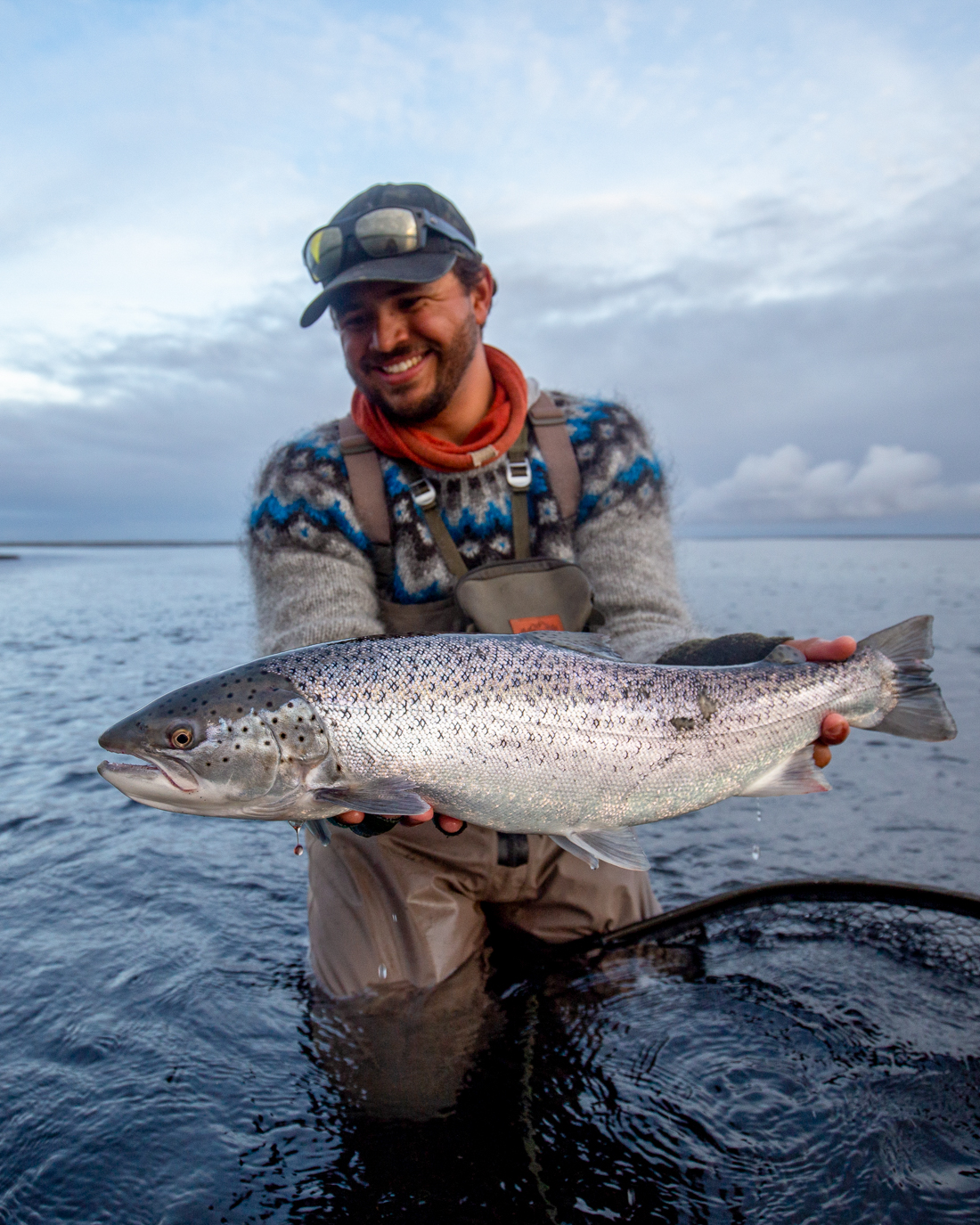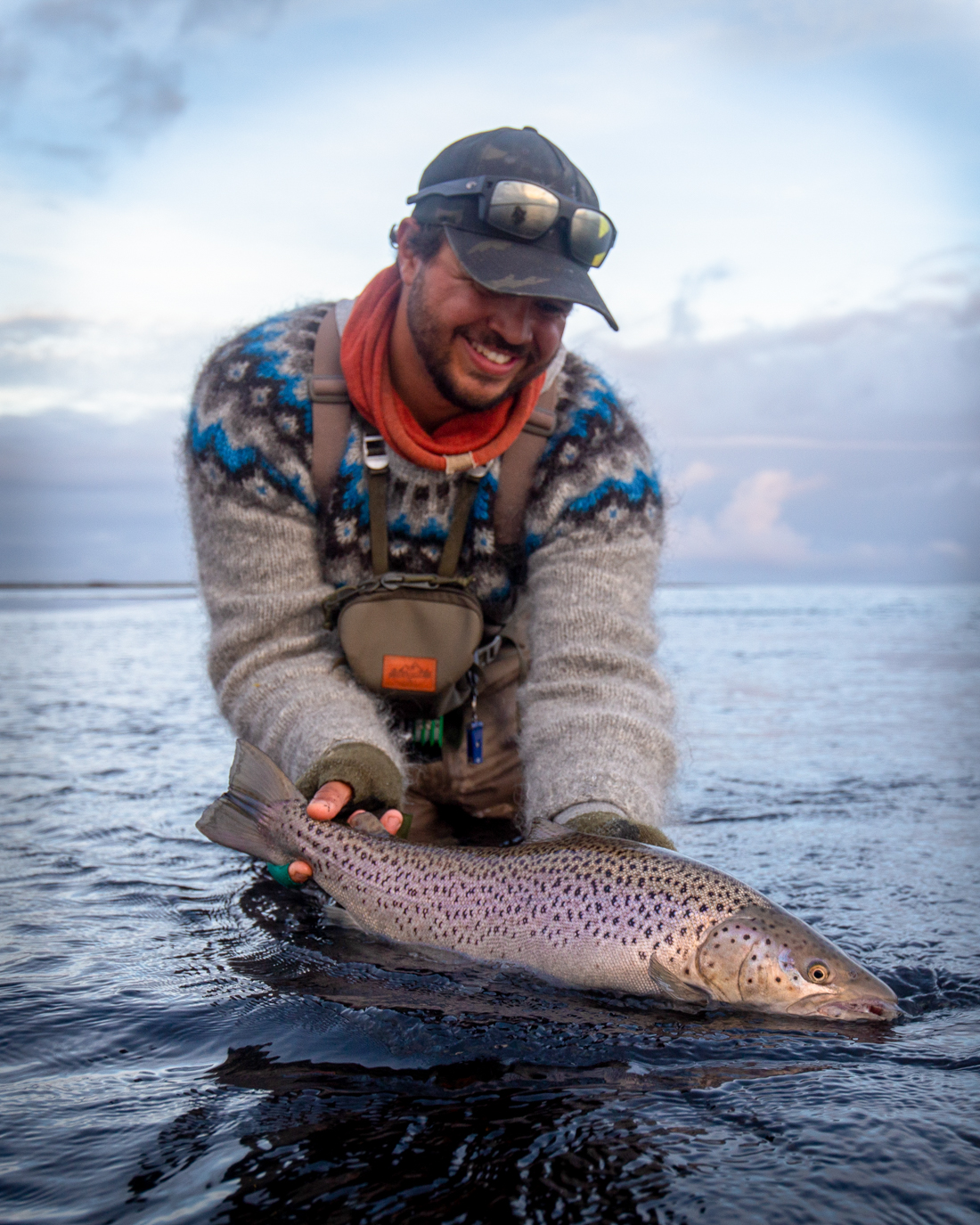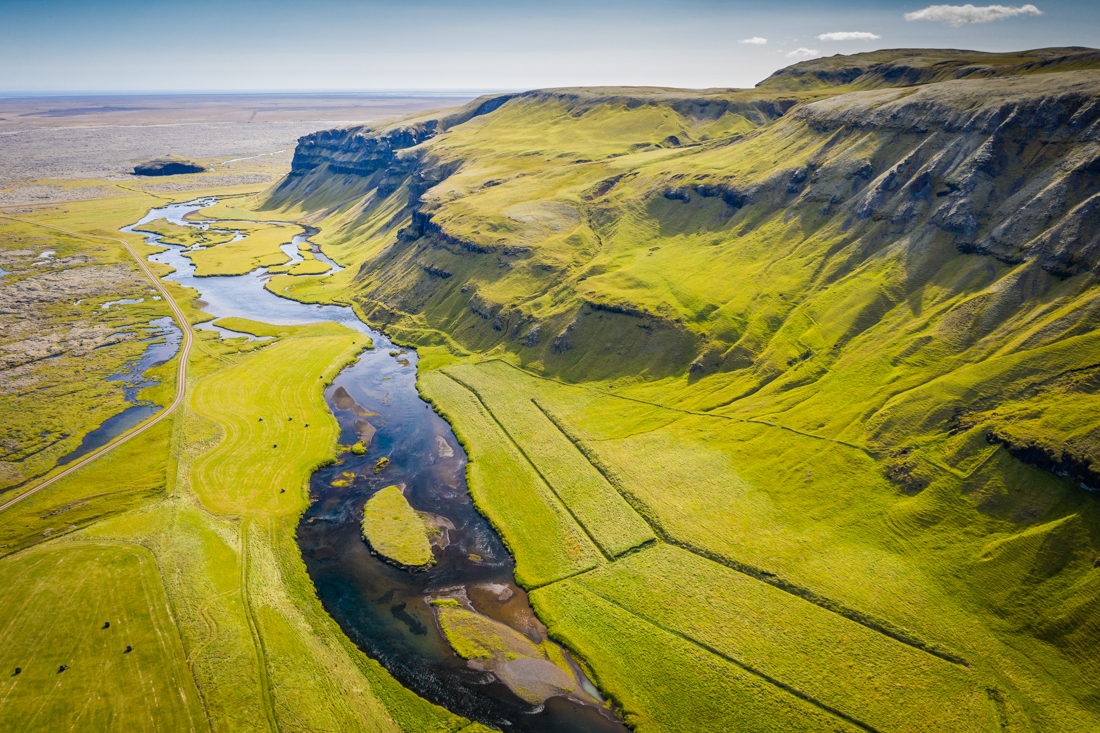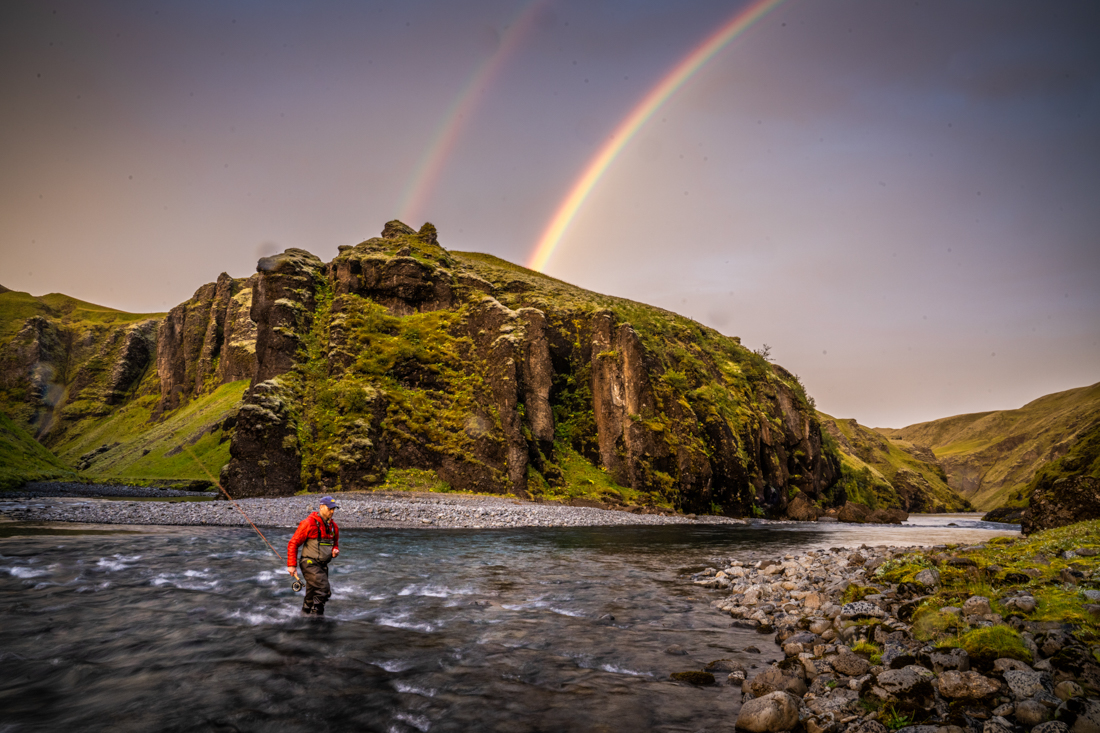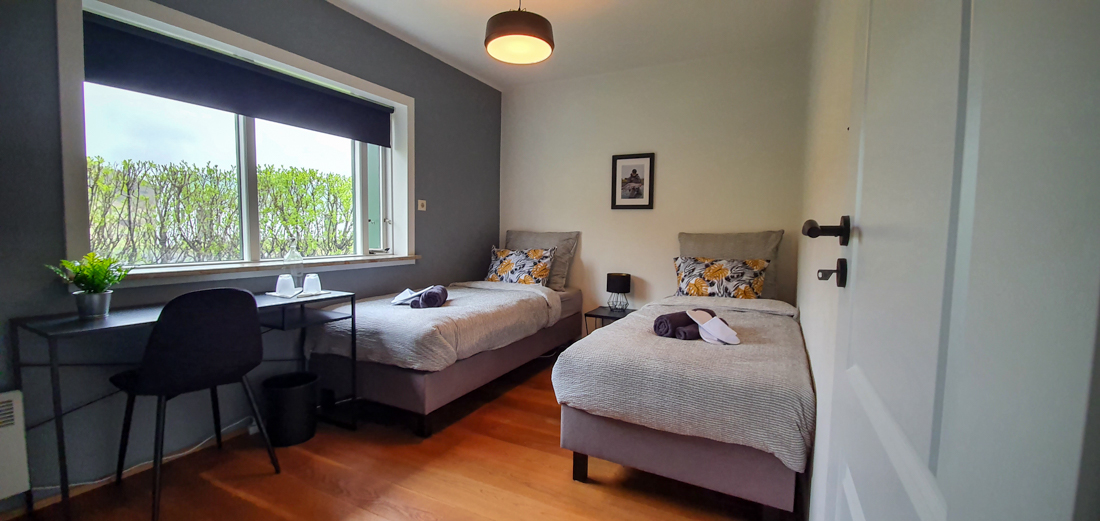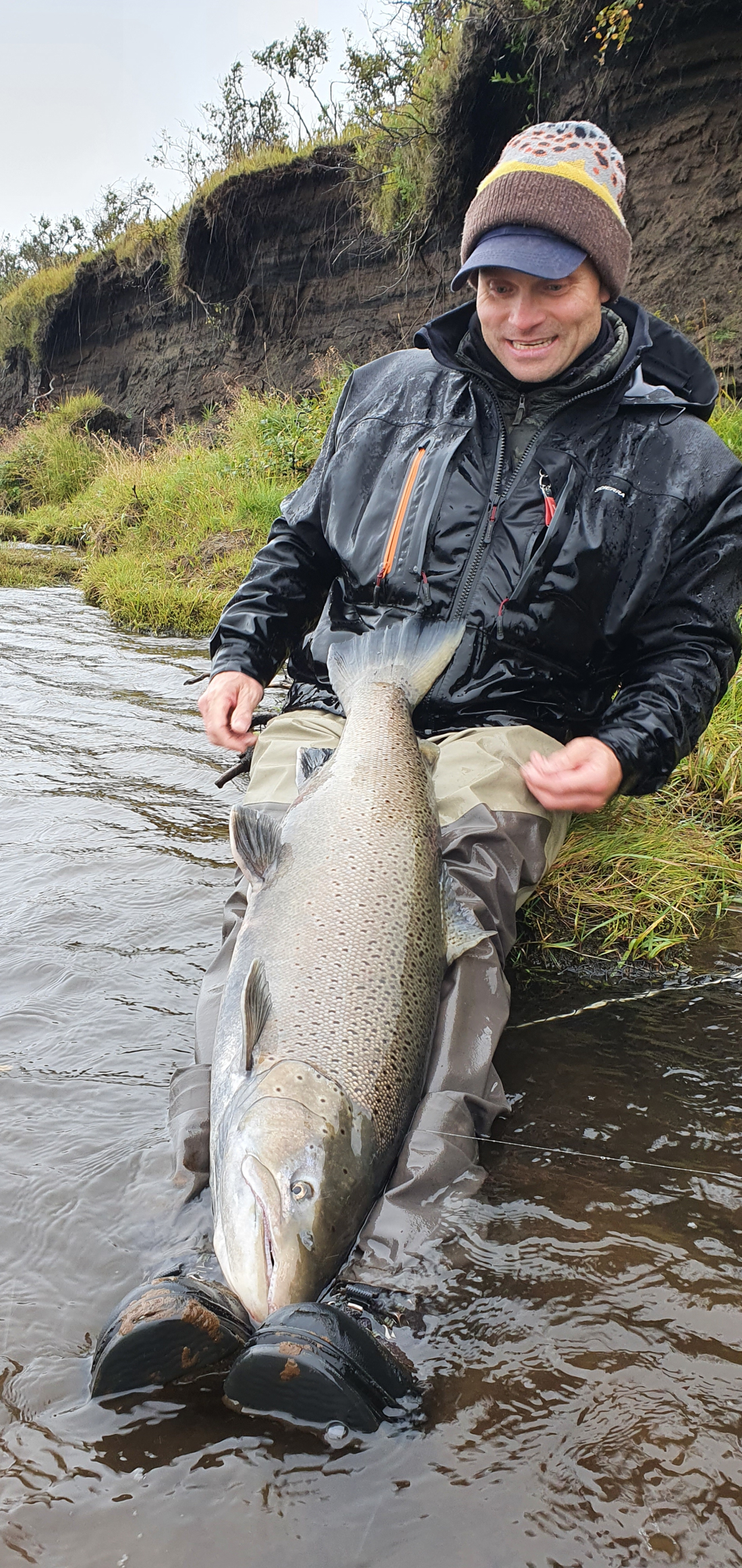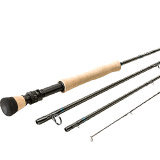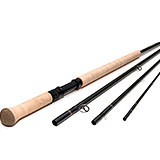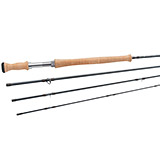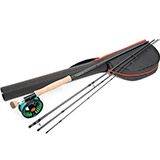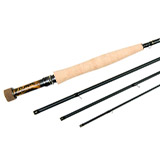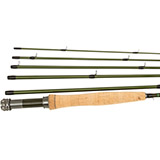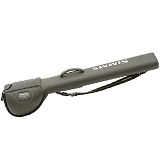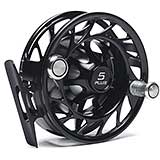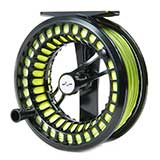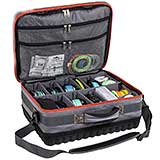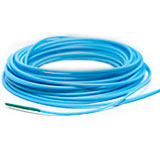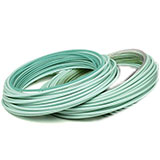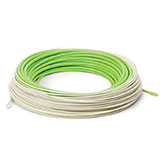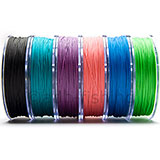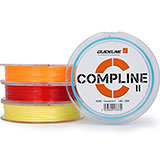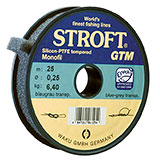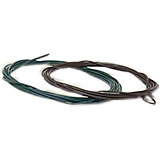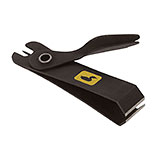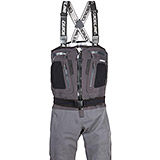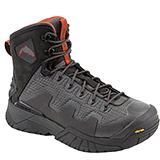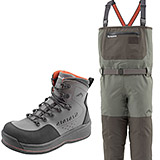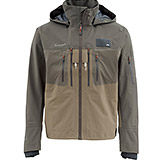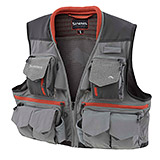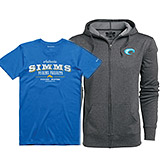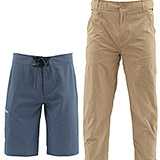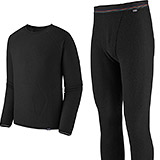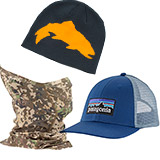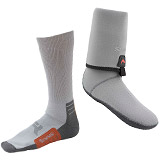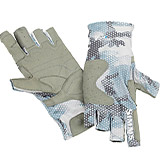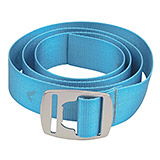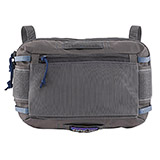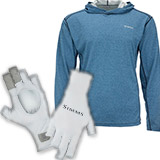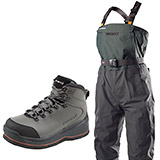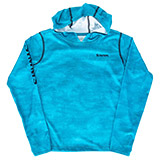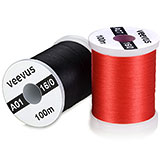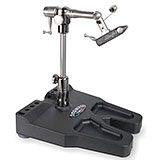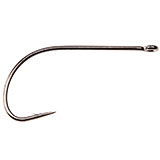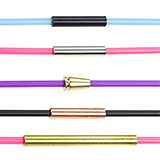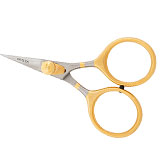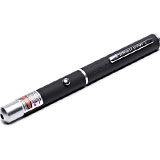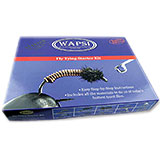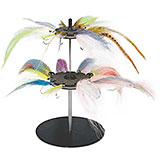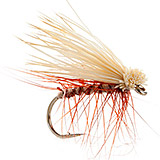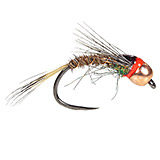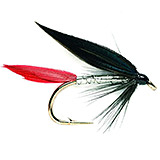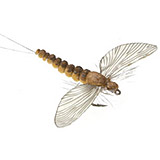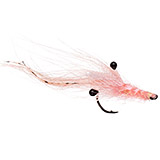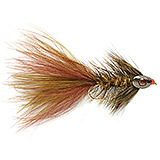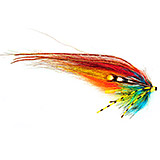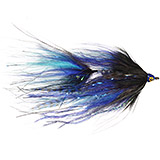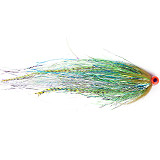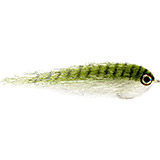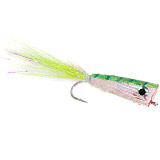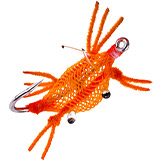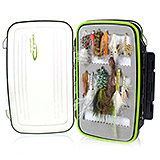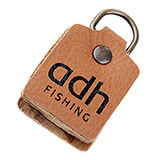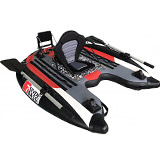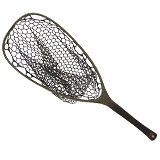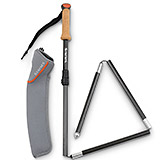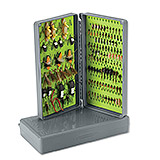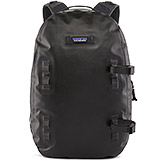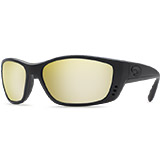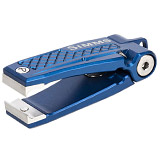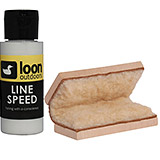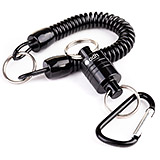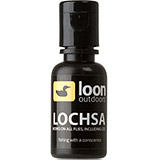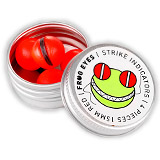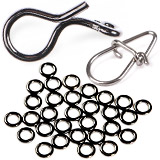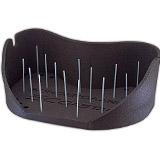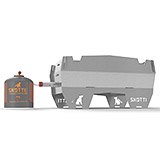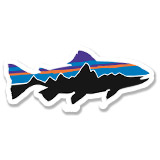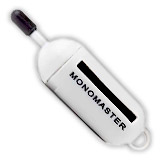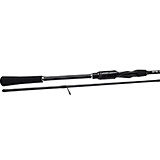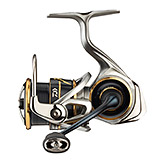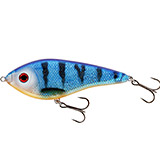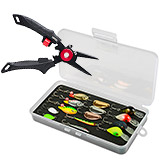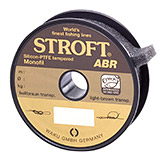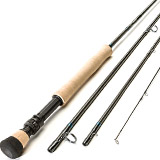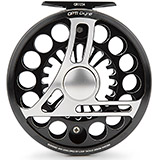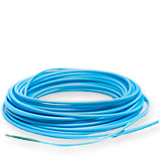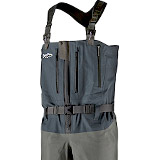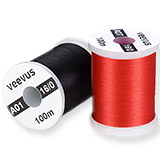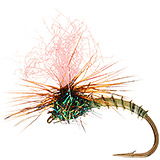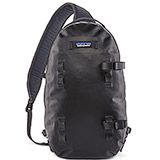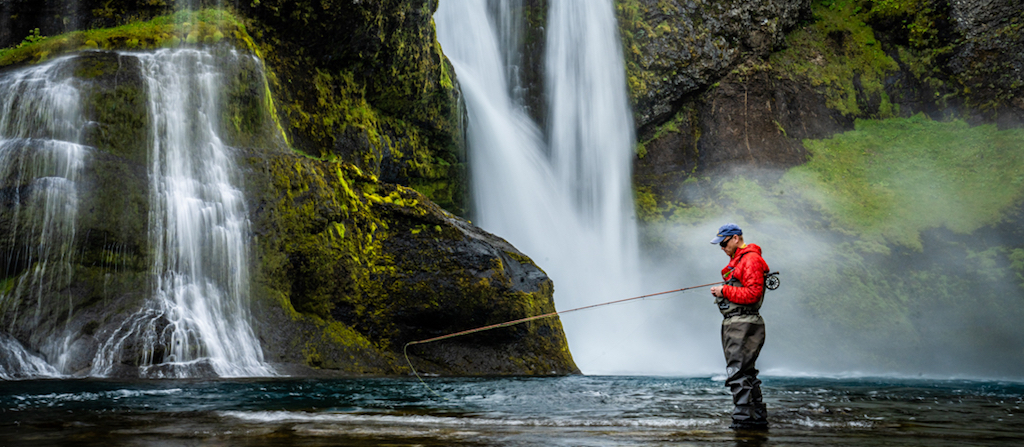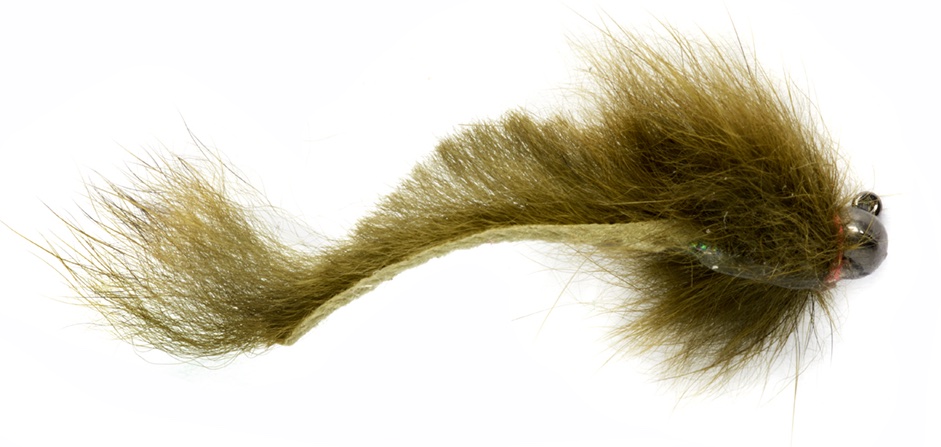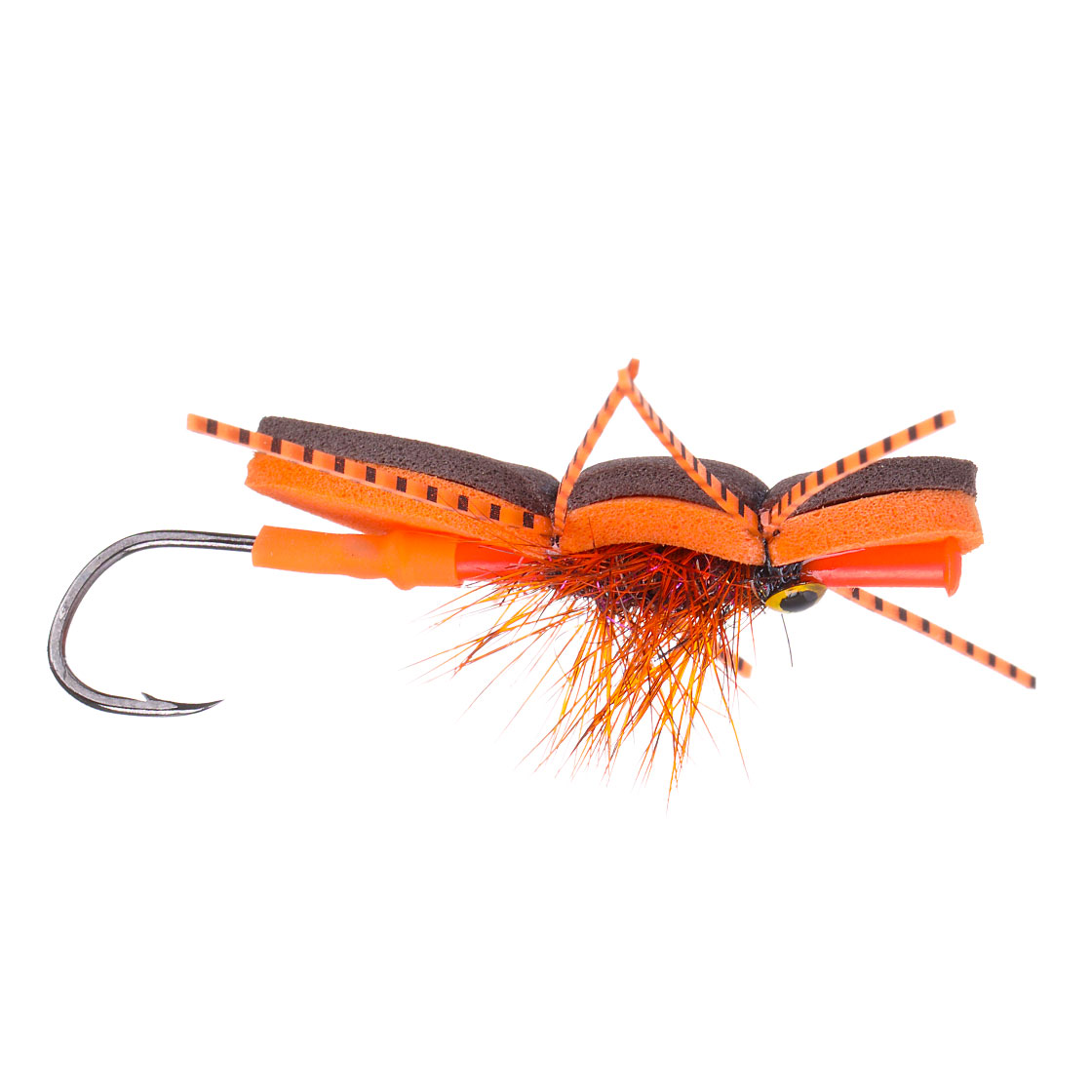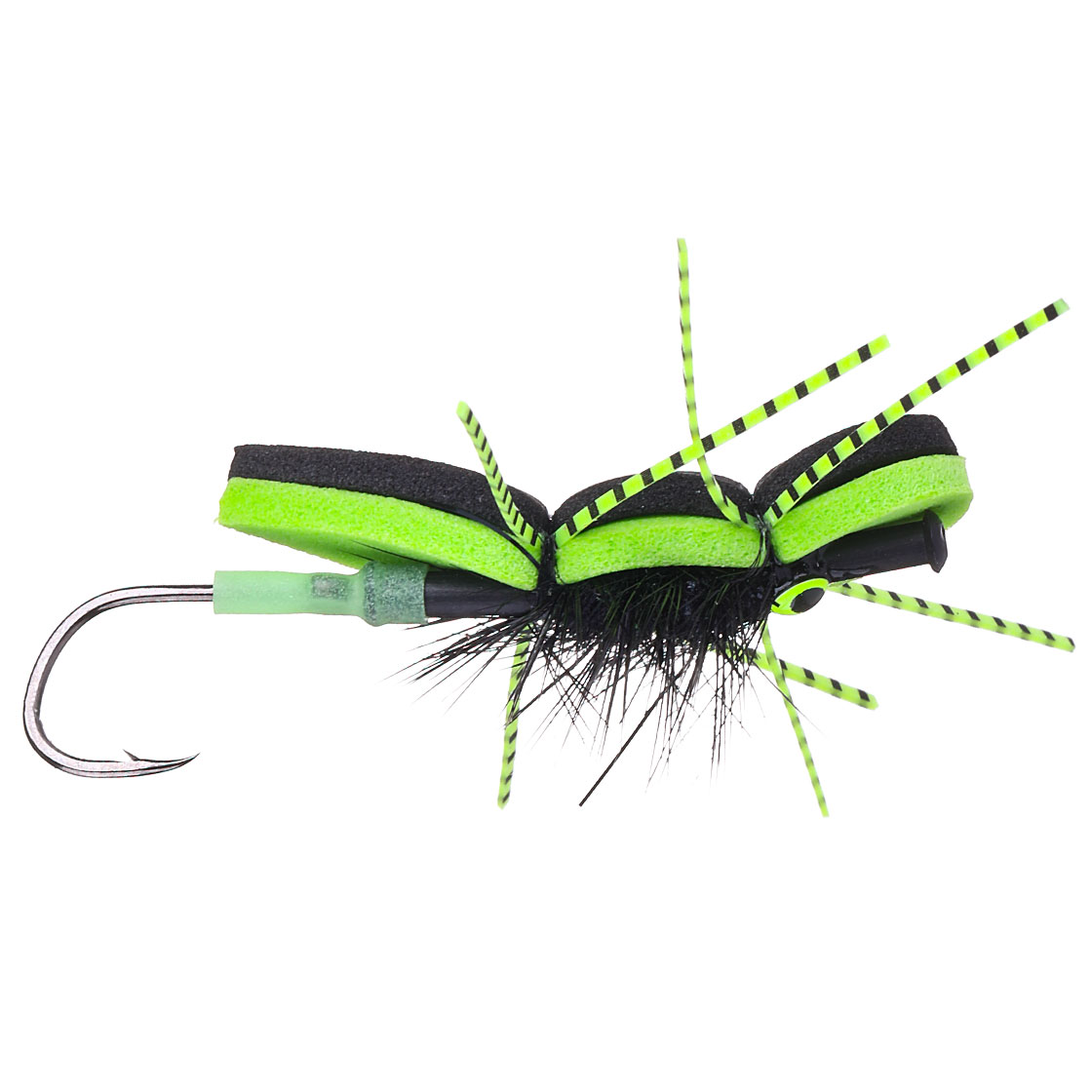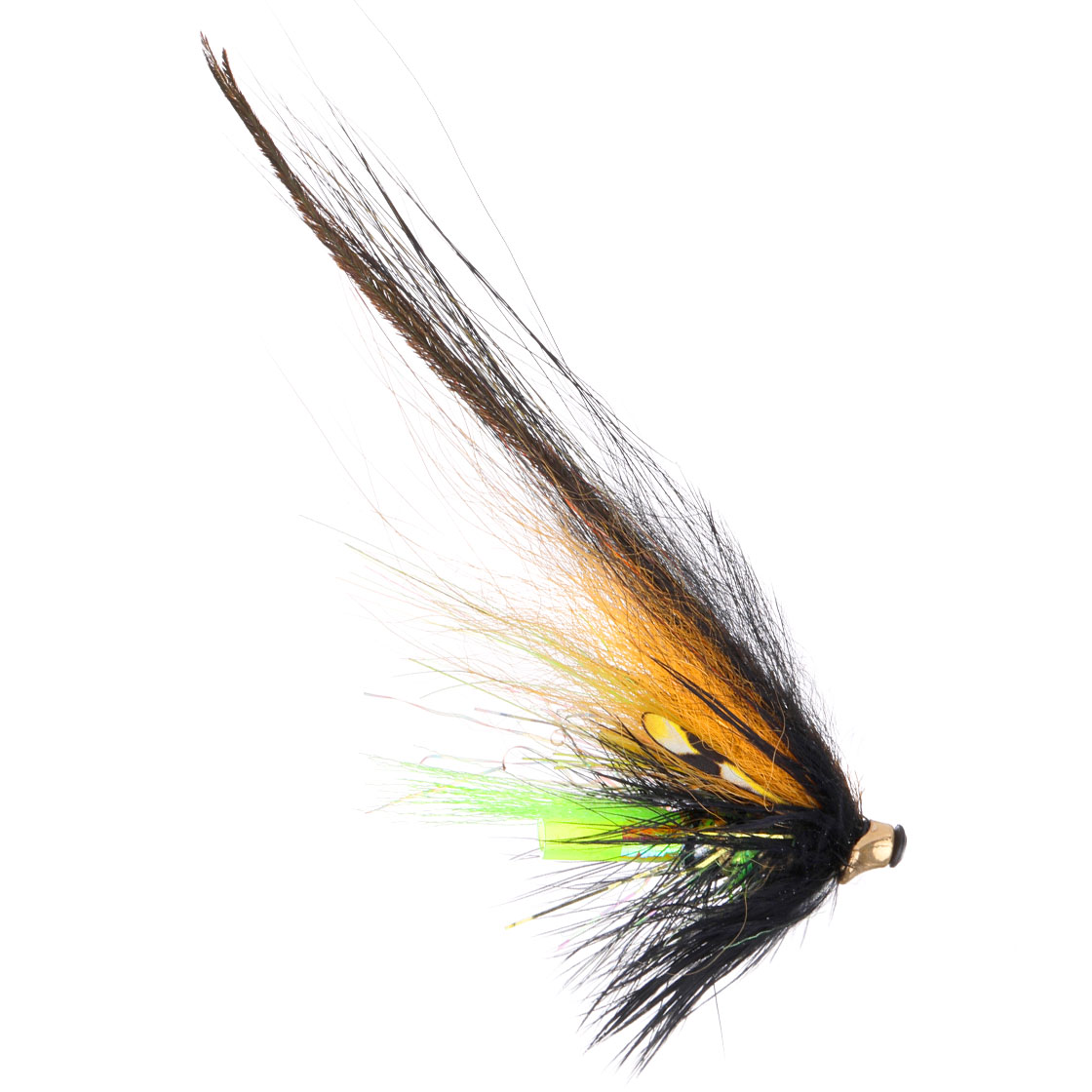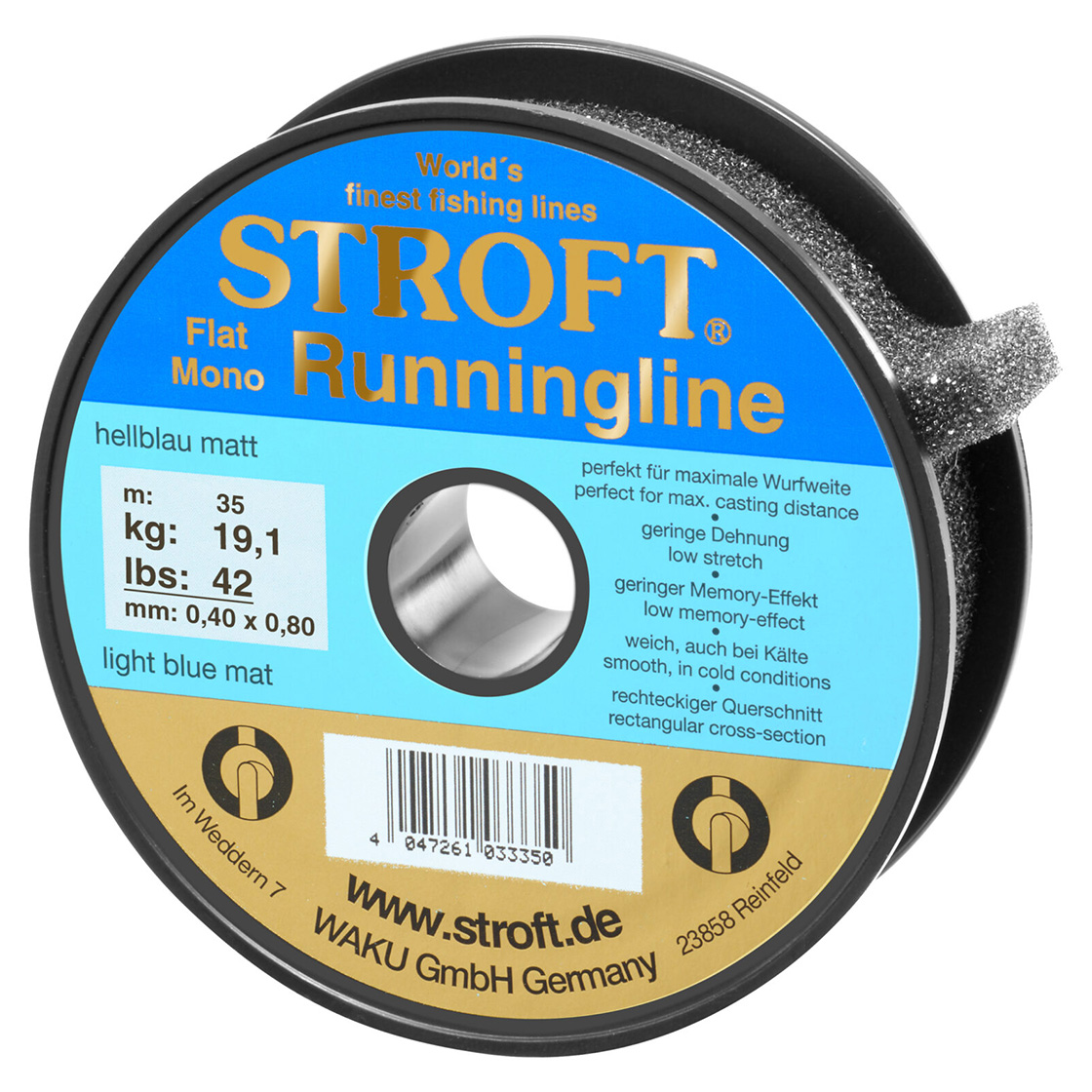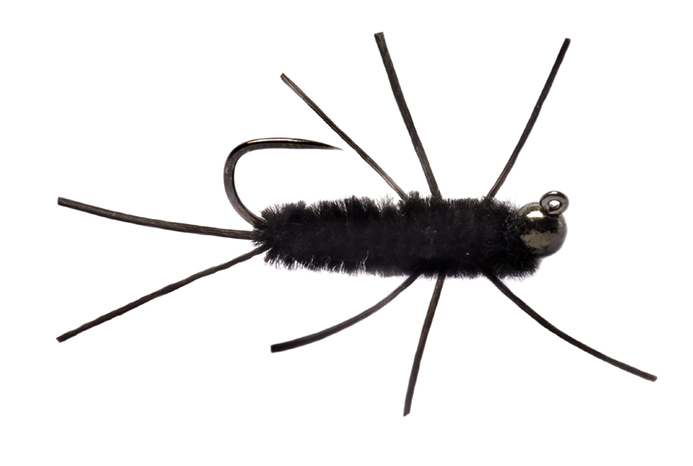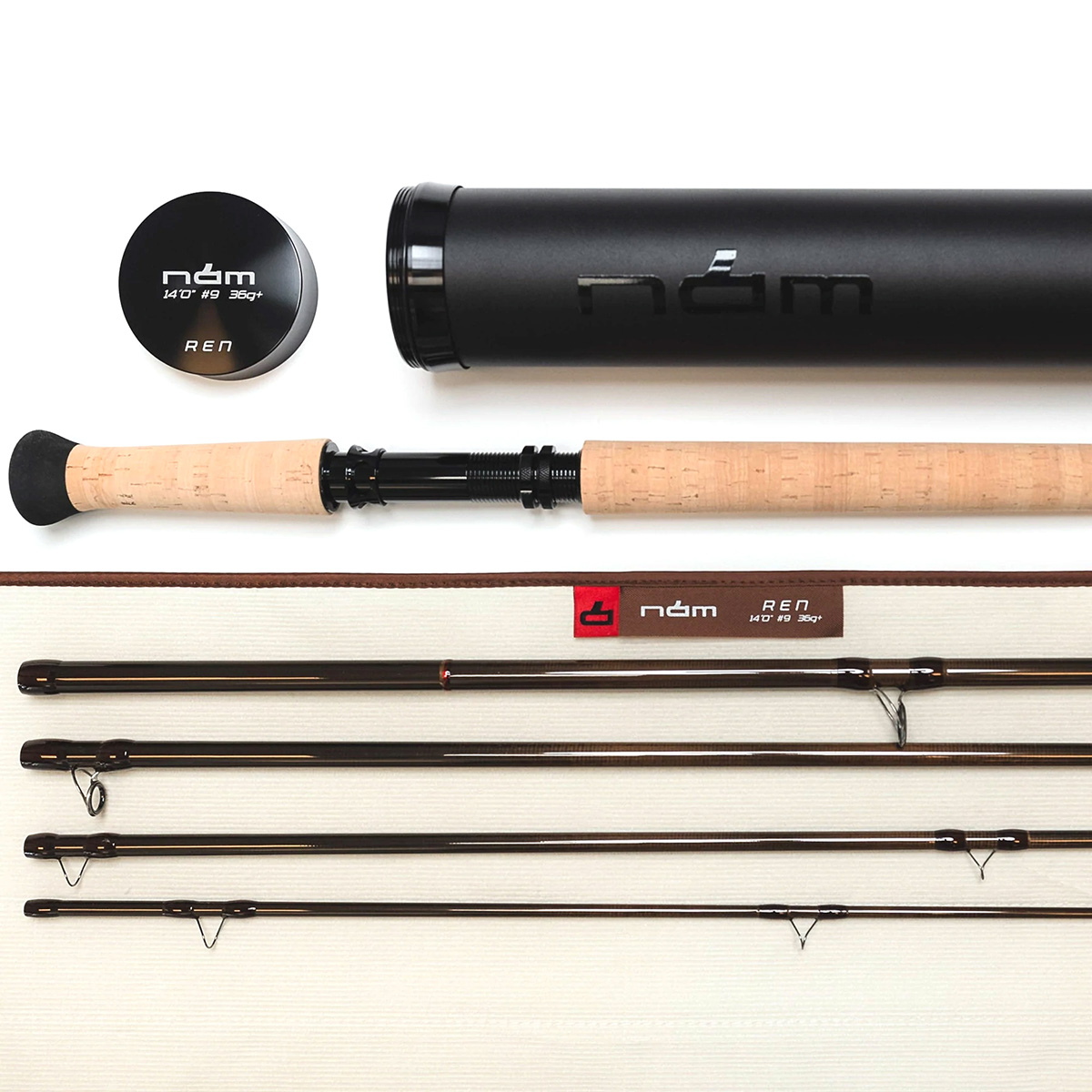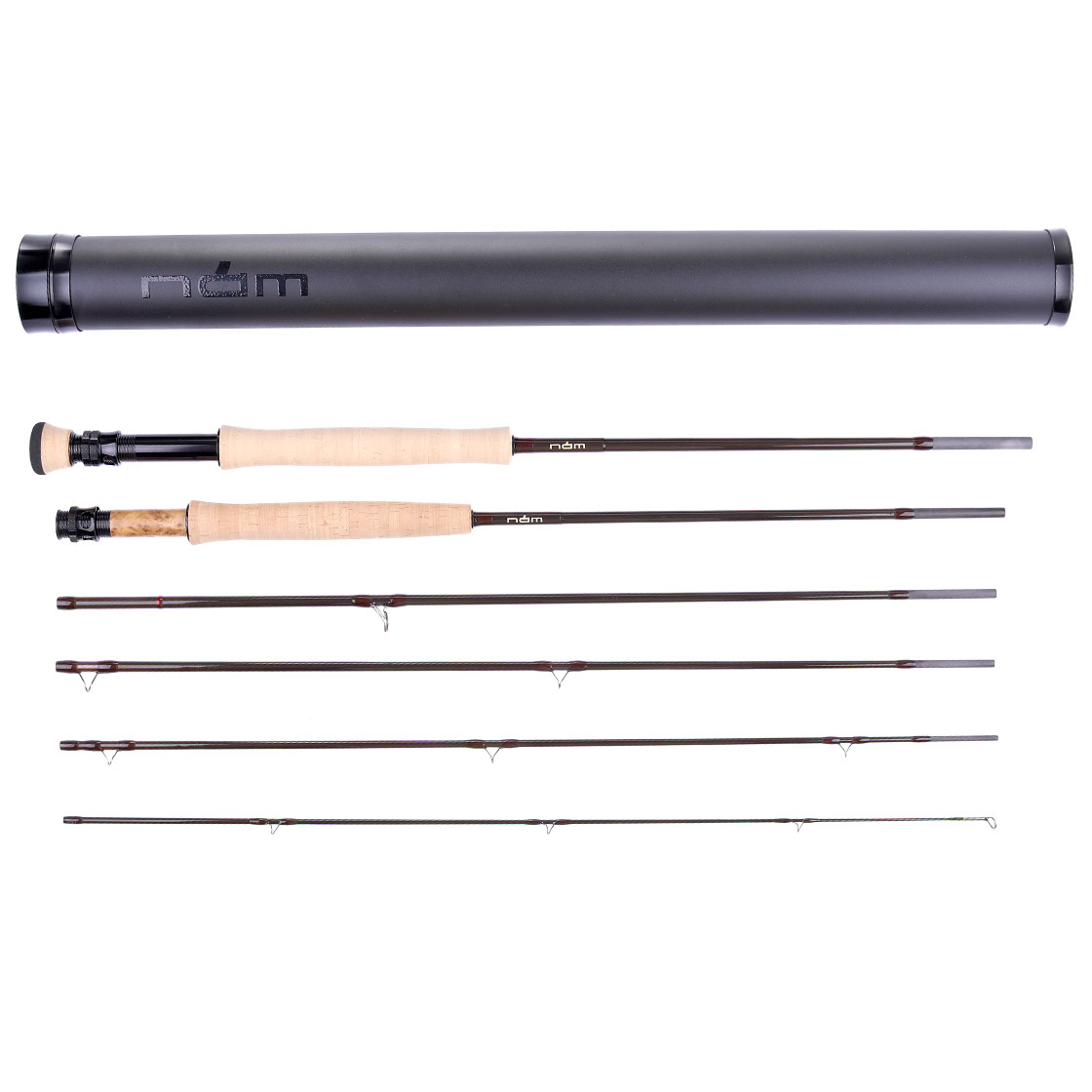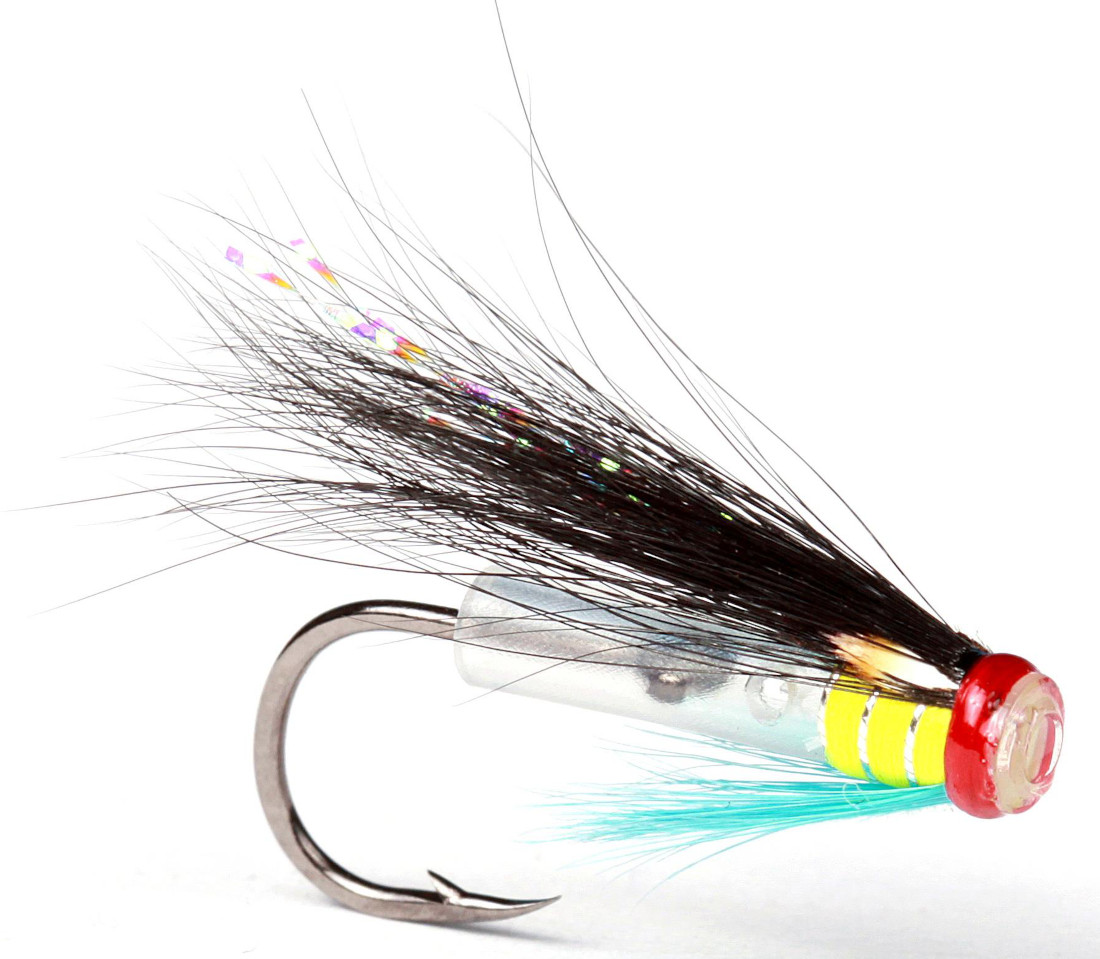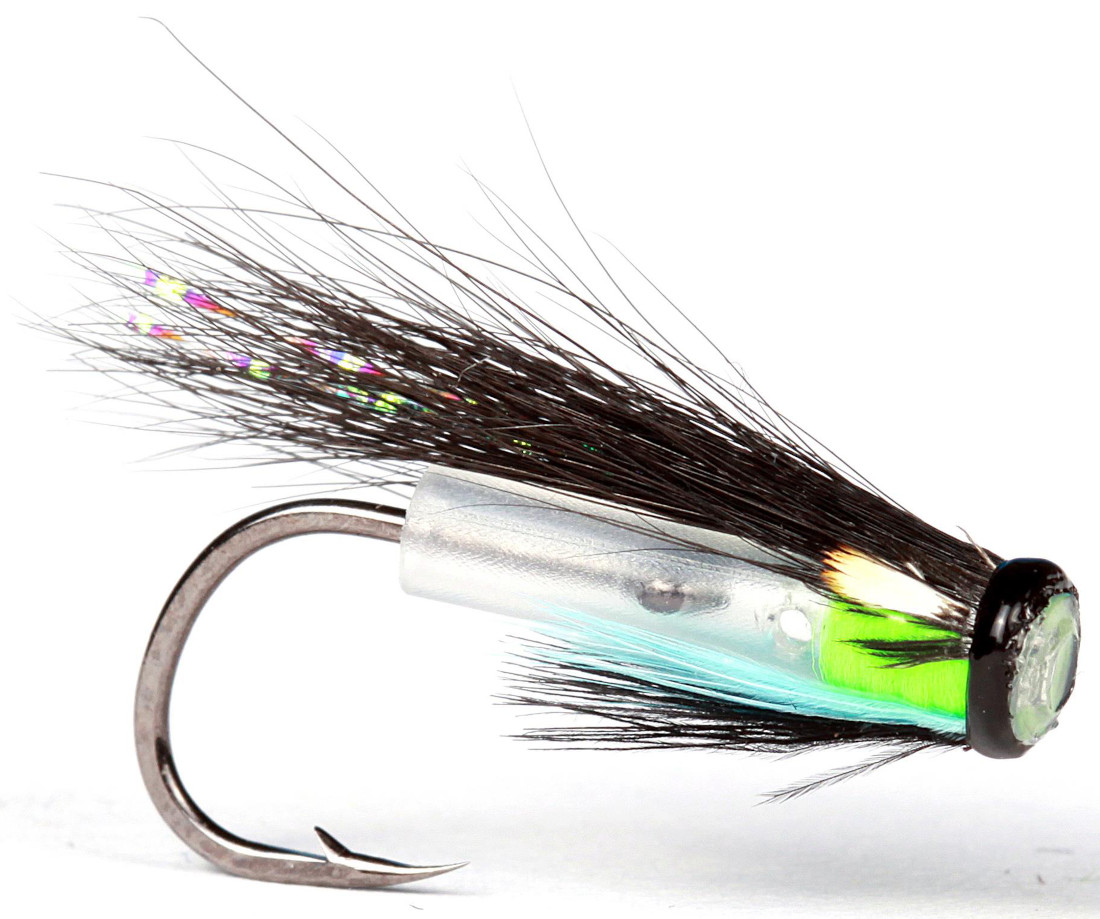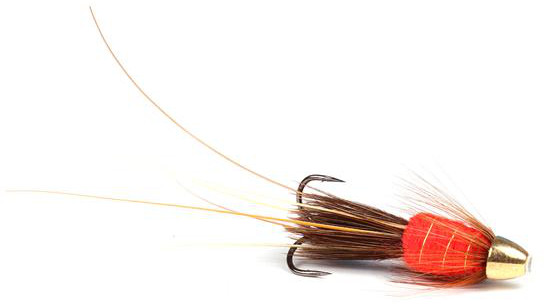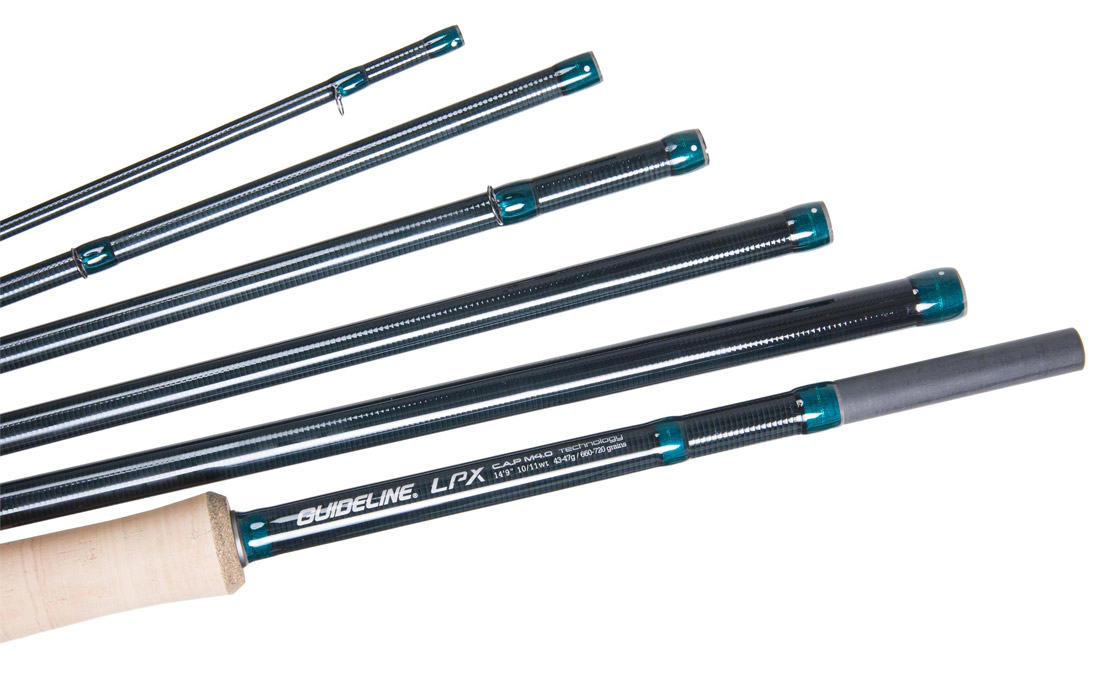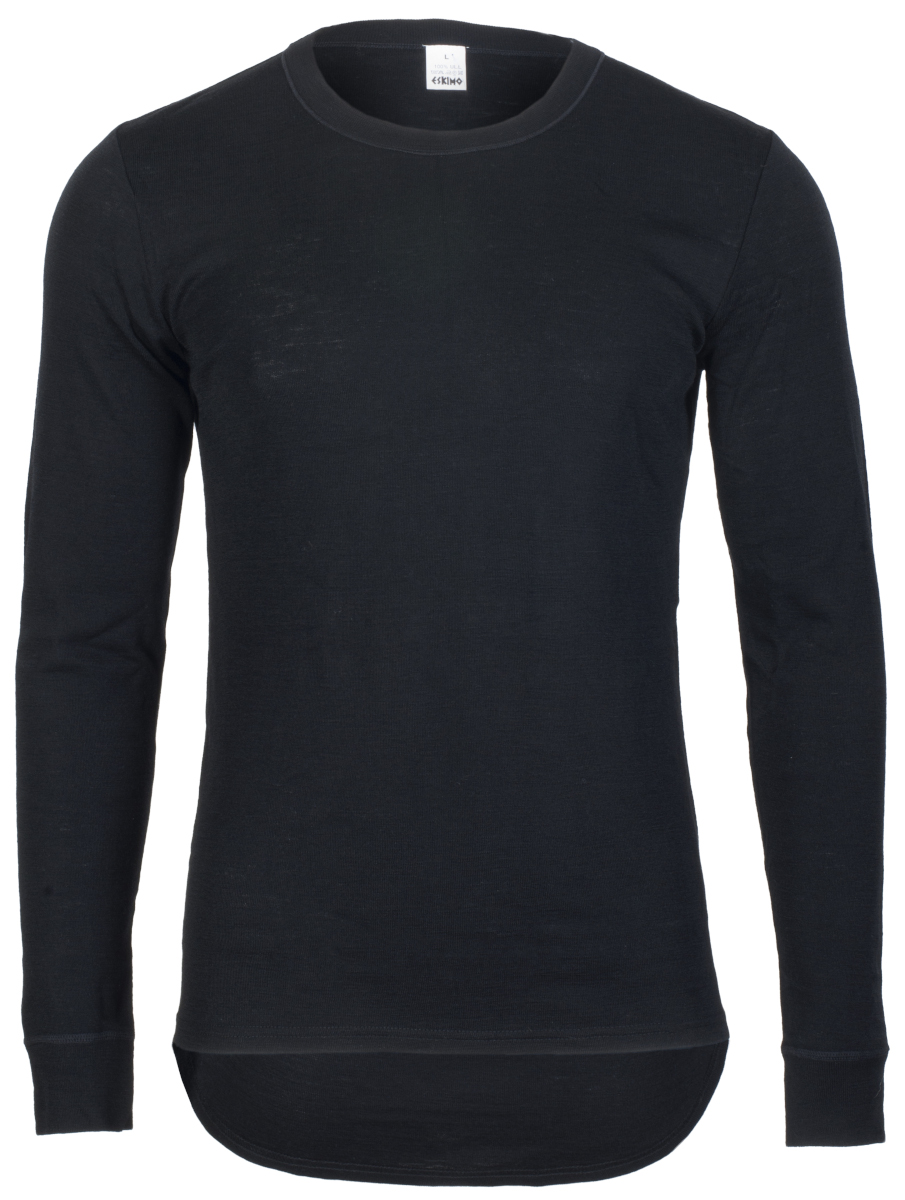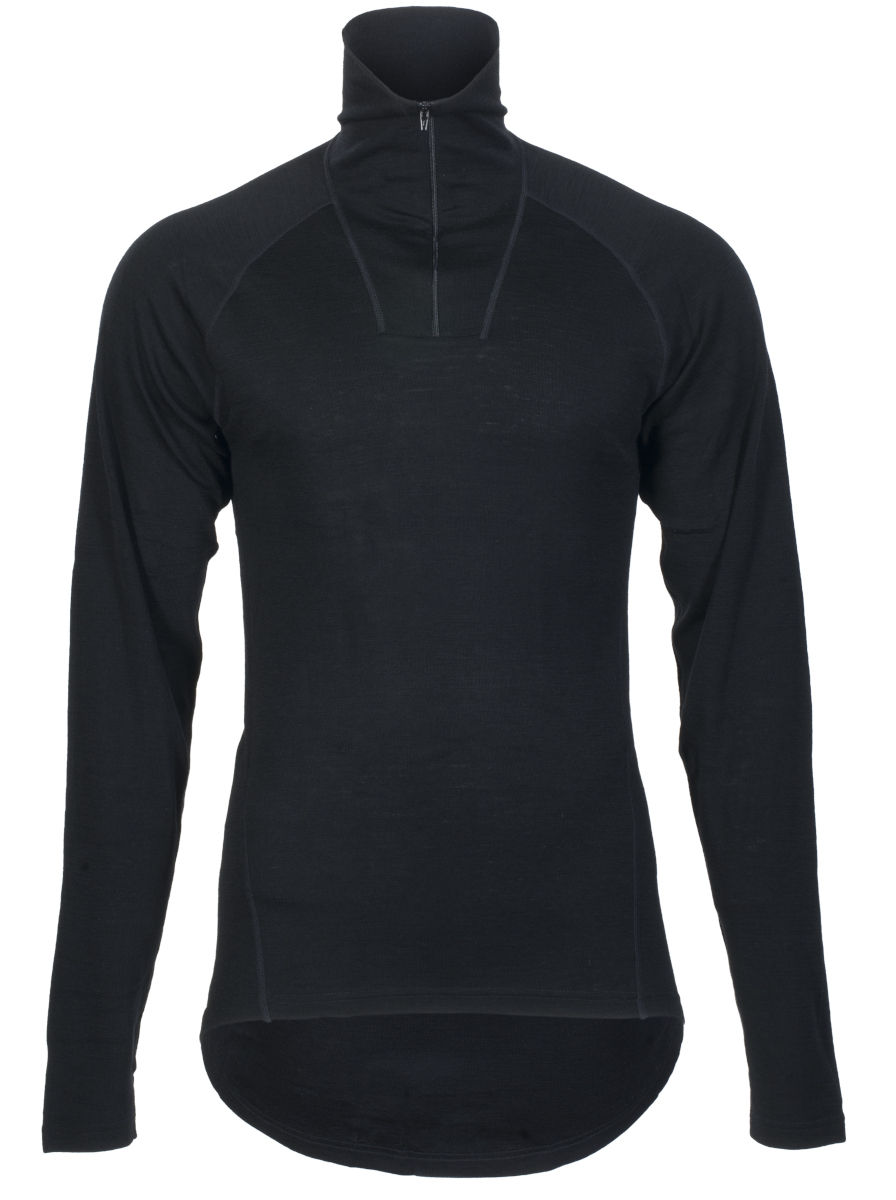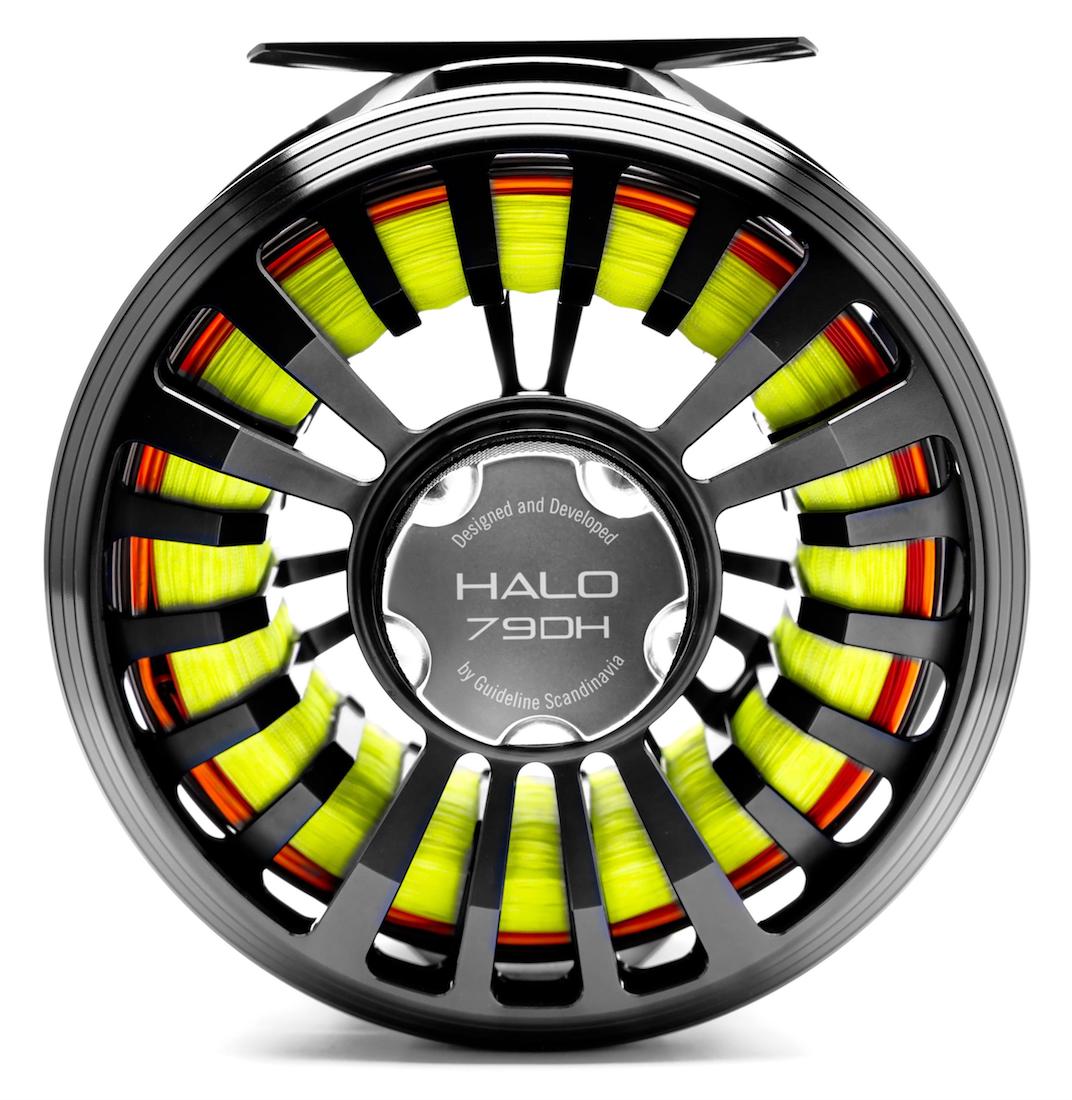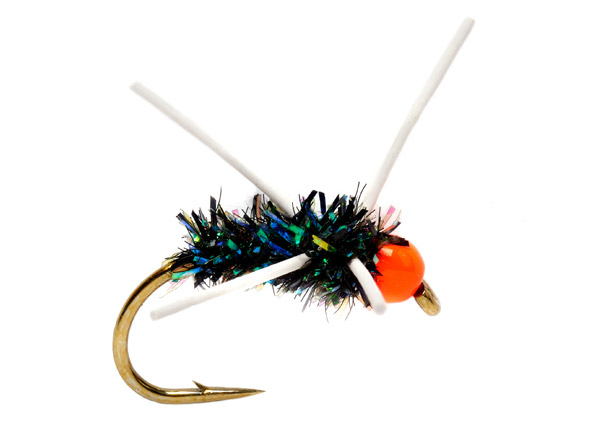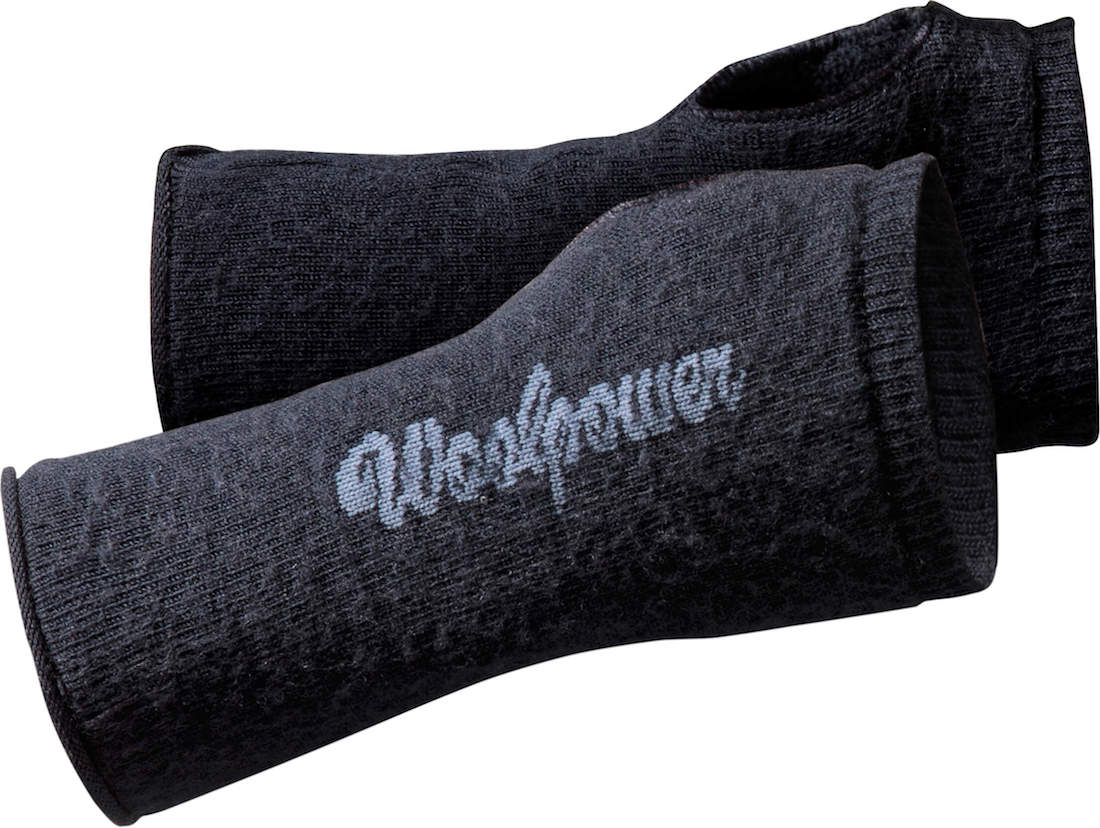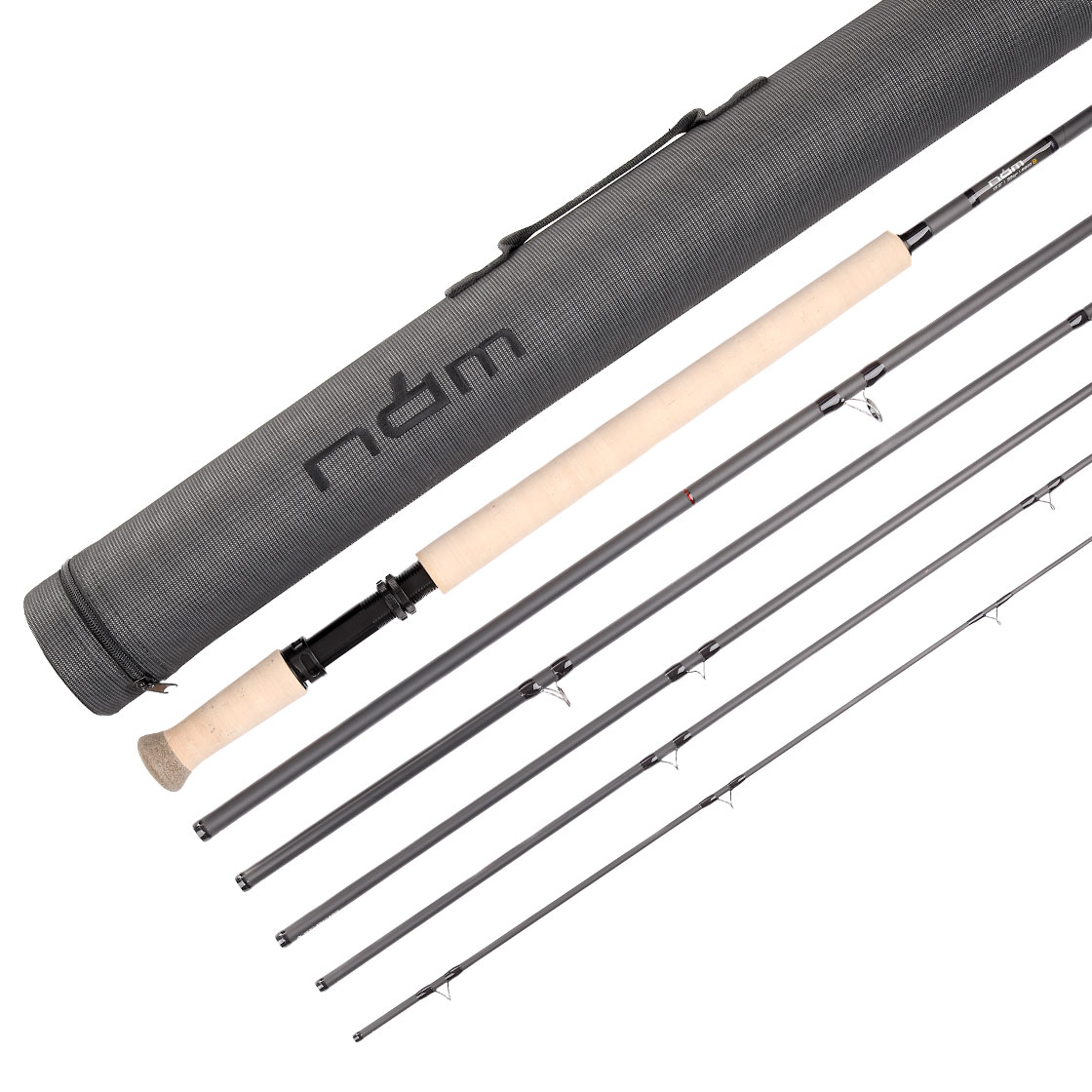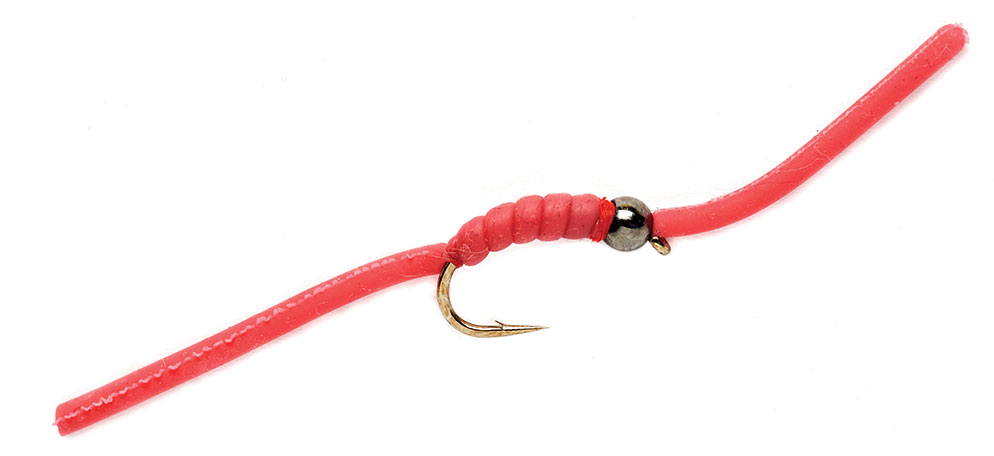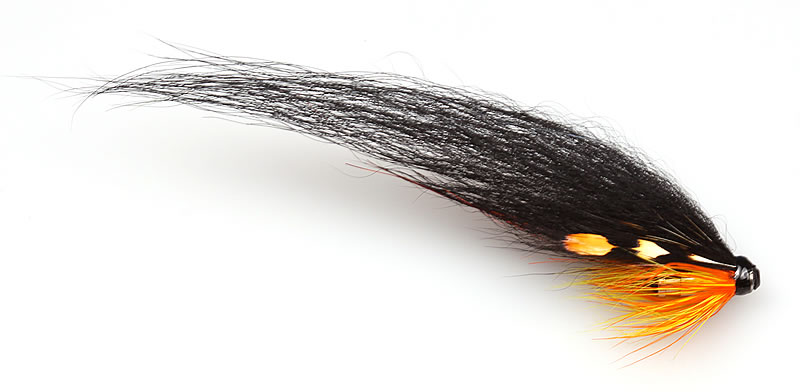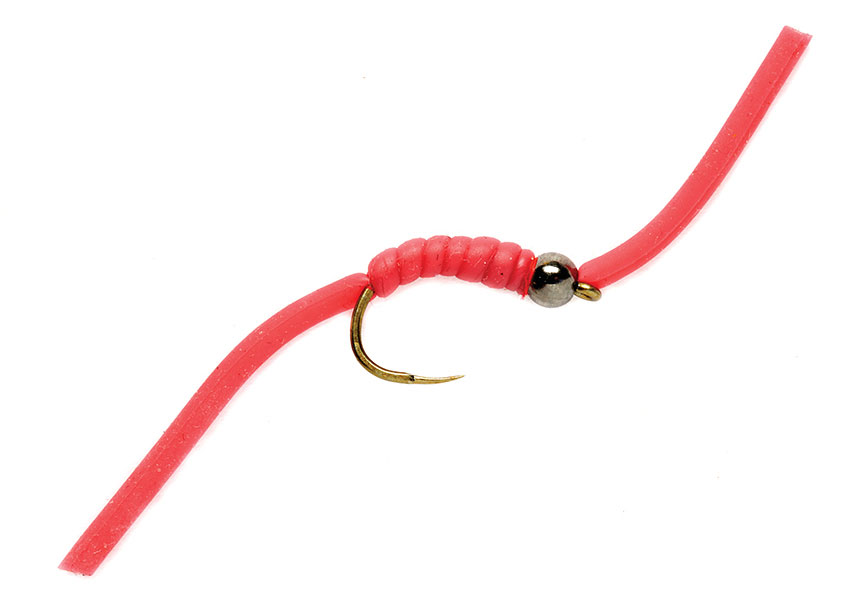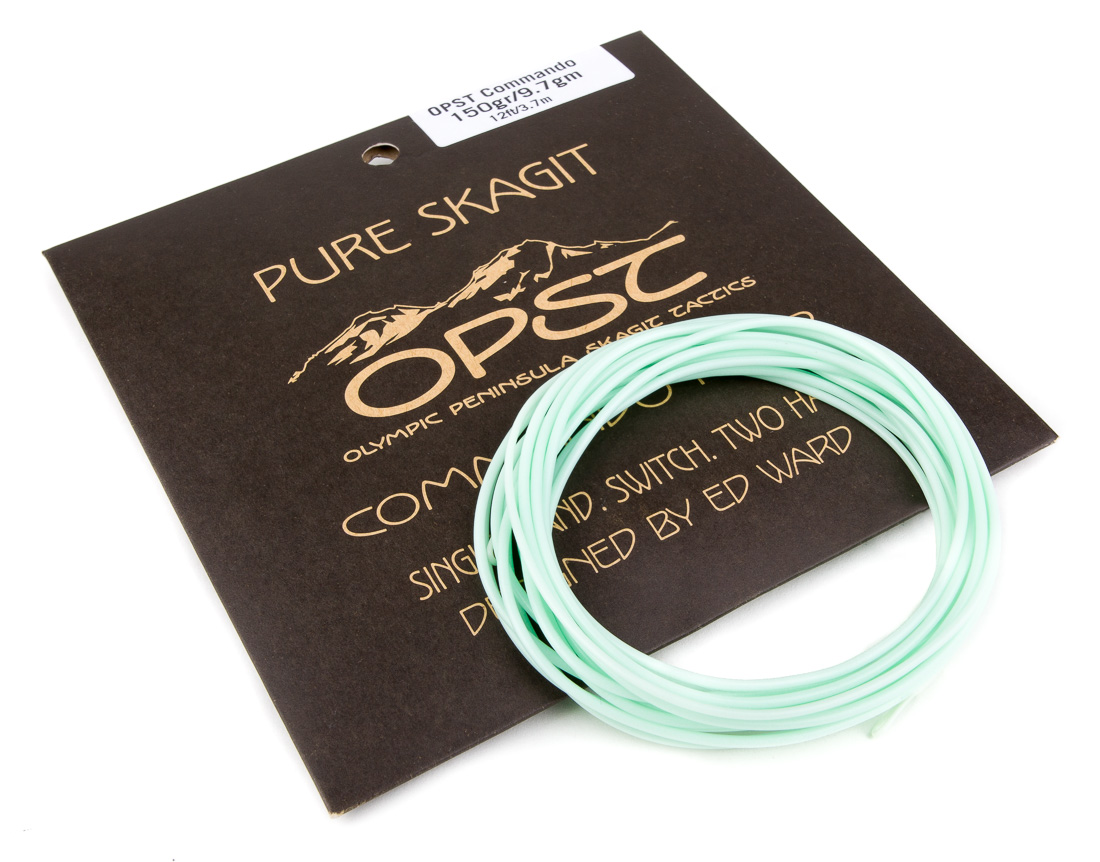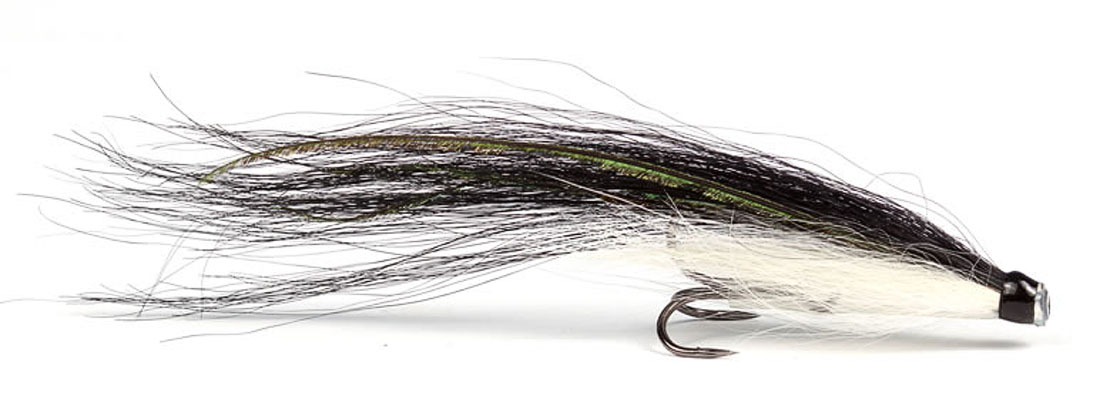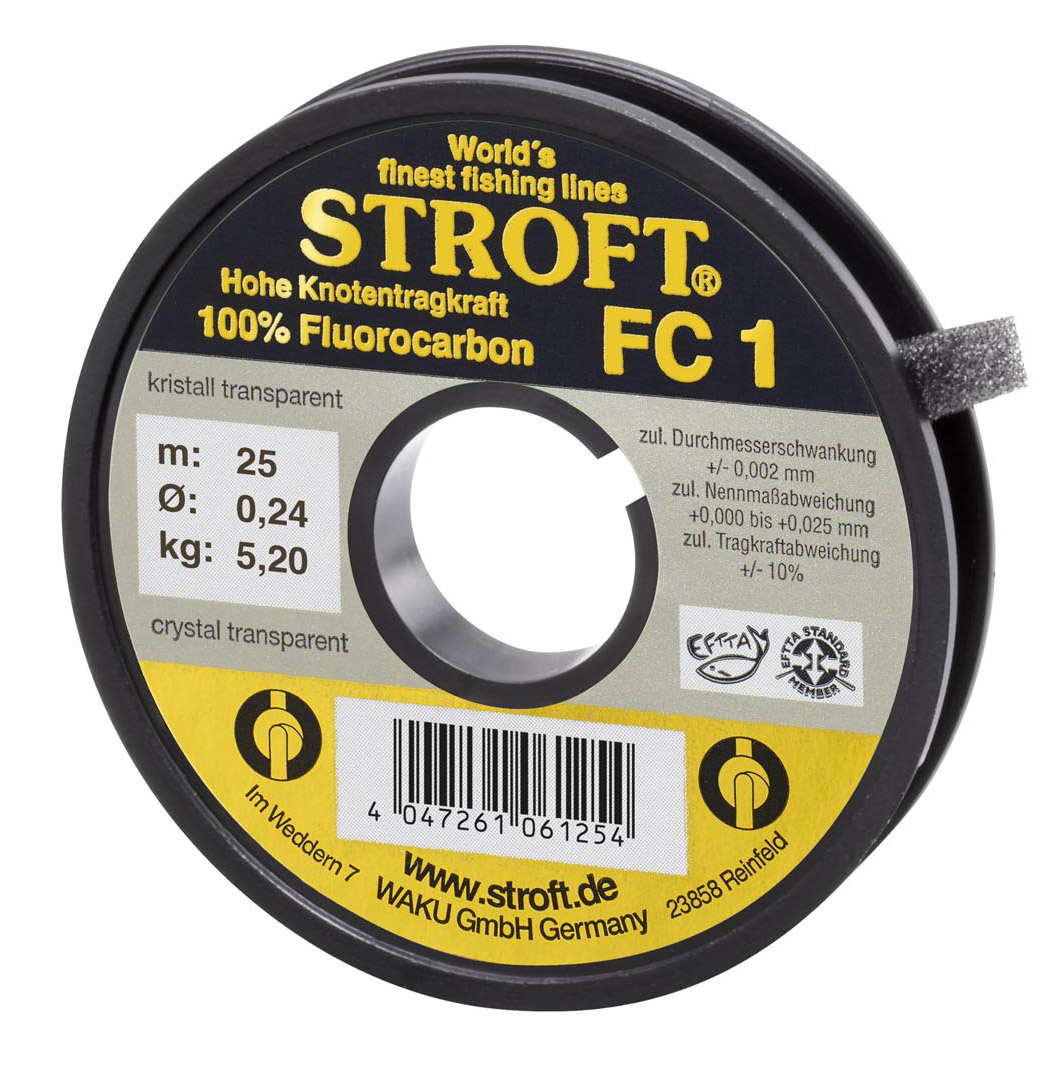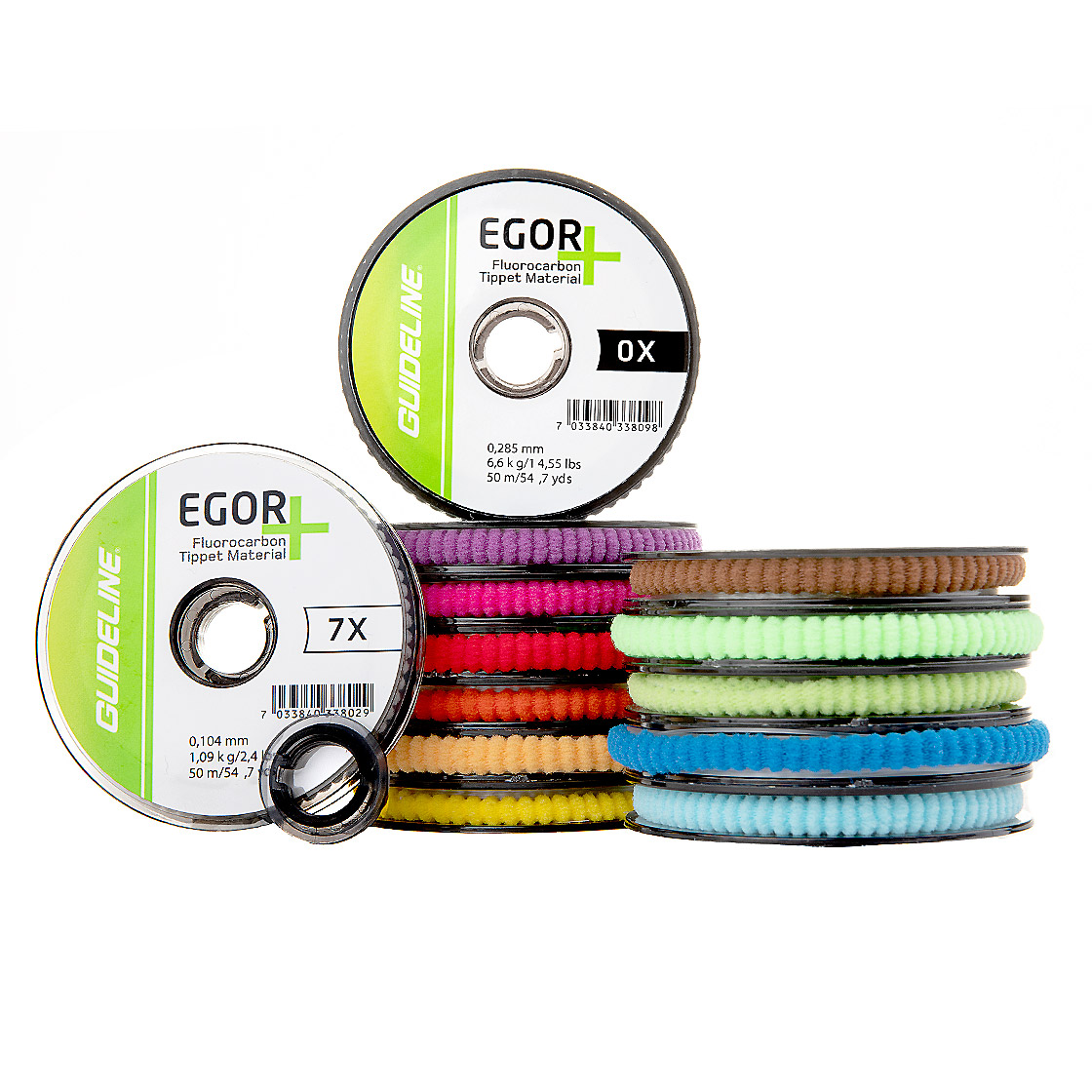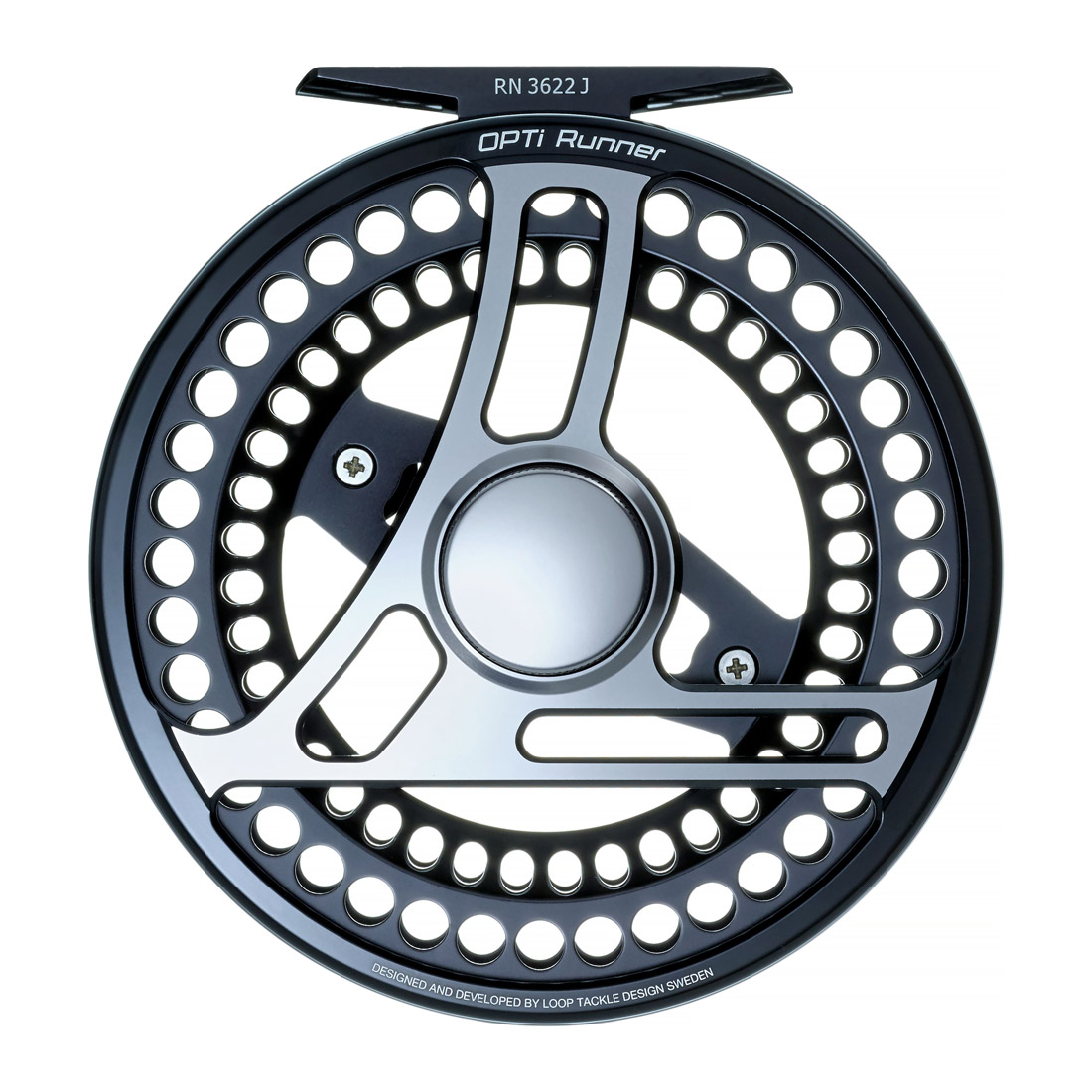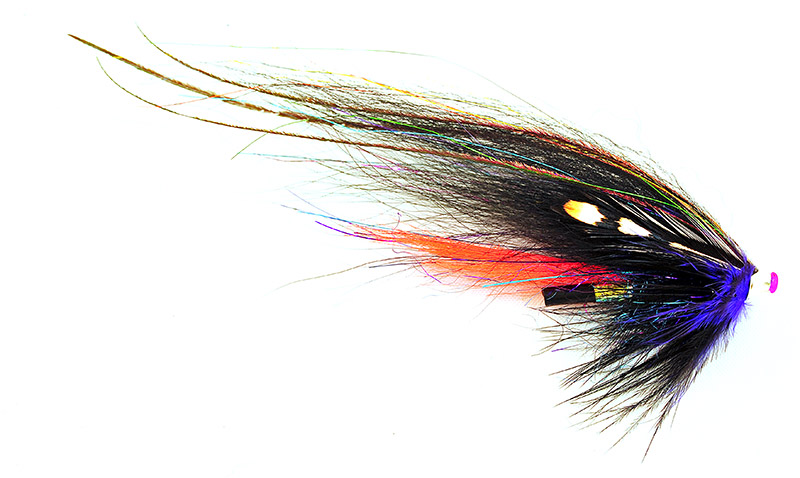Travel Report Iceland - Fly Fishing for Giant Sea Trout in a River
Island is a dream destination for fly anglers, offering first-class fishing for sea trout in the river. Alex Siems has already visited the island several times with Fish Partner Angling Tours and presents the fishing experience in this travel report.
In mid-April, the time had come for my friend and me to make our trip to Iceland a reality. We set off with enough tackle and even more excitement to Berlin Airport, from where a short 3-hour direct flight took us smoothly to Keflavík / Reykjavík. After a half-hour taxi ride from Keflavík Airport, we checked into a cozy bed & breakfast hotel in Reykjavík.
Reykjavík welcomed us with the first spring day of the year, 15°C (59°F) under a radiant blue sky and a mystical, Arctic light. The whole Reykjavík was in a delightful mood, it was evident that the locals were soaking up and embracing the sun after a very long and harsh winter. We took the time to explore the highlights of Reykjavík and ended the day with a visit to one of the numerous and cozy restaurants, enjoying delicious lamb and fish in a relaxed manner.
The next morning, after breakfast, we were picked up by the Battle Hill Lodge's shuttle bus, and a fantastic journey awaited us to the southeast of Iceland. The drive took us past the legendary Lake 'Thingvallavatn,' where we picked up two Americans who had booked a combo tour of 'Fly Fishing in the Lake & River' through the organizer.
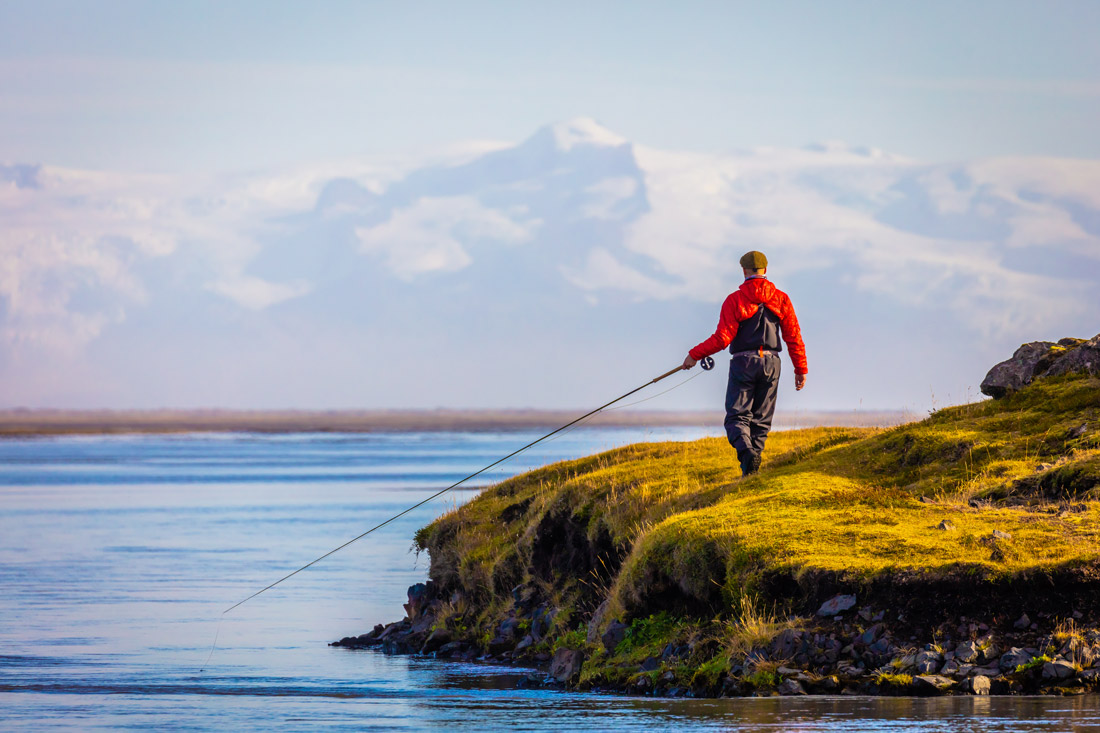
Dreamlike scenery while fishing in Iceland.
With our shared hobby and goal, there was plenty to talk about, and the mood was great, enhanced by the passing scenic highlights such as various waterfalls, the volcano 'Hekla,' the 'Black Sand Beaches,' numerous rivers, lava fields, and the view of the two largest glaciers in Europe.
After about a 3-hour drive, we reached the Full-Service Battle Hill Lodge, a converted and renovated Icelandic farm in a fantastic location, surrounded by a vast, moss-covered lava field, right on one of the many crystal-clear sea trout rivers, with a view of a mountain range and glaciers.
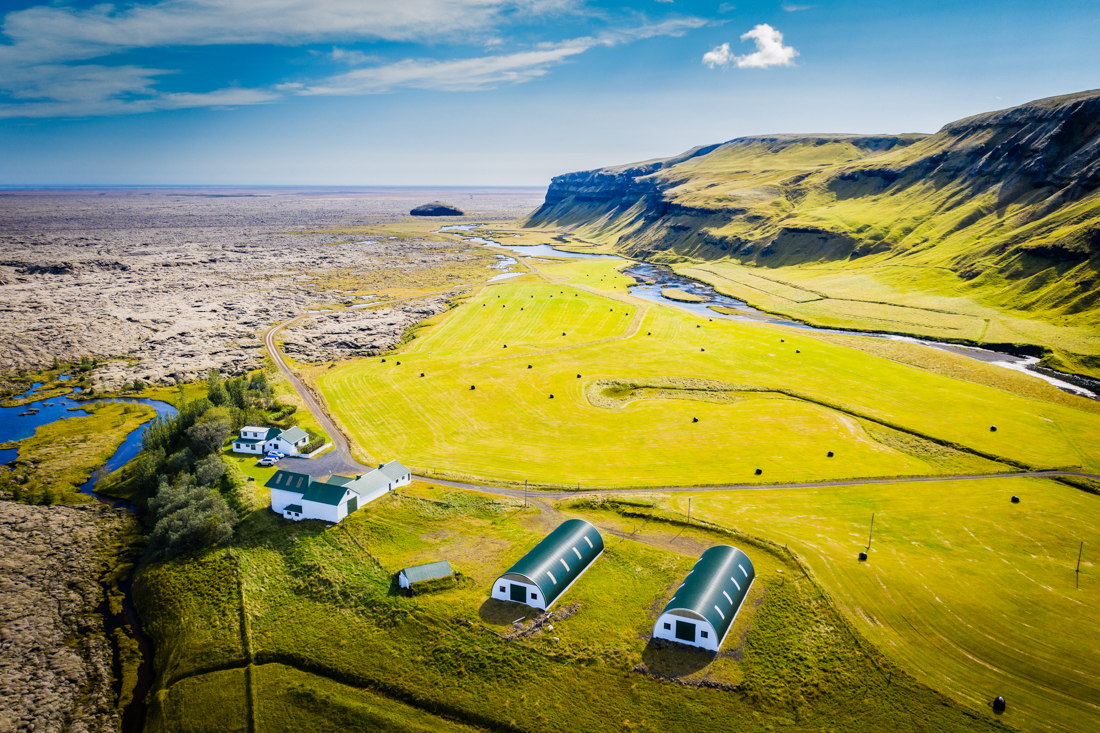
An old Icelandic farm becomes a modern full-service Battle Hill Lodge.
Our Fishing Experience
The guides and the Battle Hill Lodge team from Argentina welcomed us warmly, and after a drink & snack, they assigned us our rooms and guides. We immediately started rigging up our gear because we were about to begin fishing. We drove in a higher elevated and reliable Toyota 'Land Cruiser' through the magical landscape to our first fishing spot, the lower section of the 'Vatnamóts,' one of the many rivers exclusively fished by the Battle Hill Lodge.
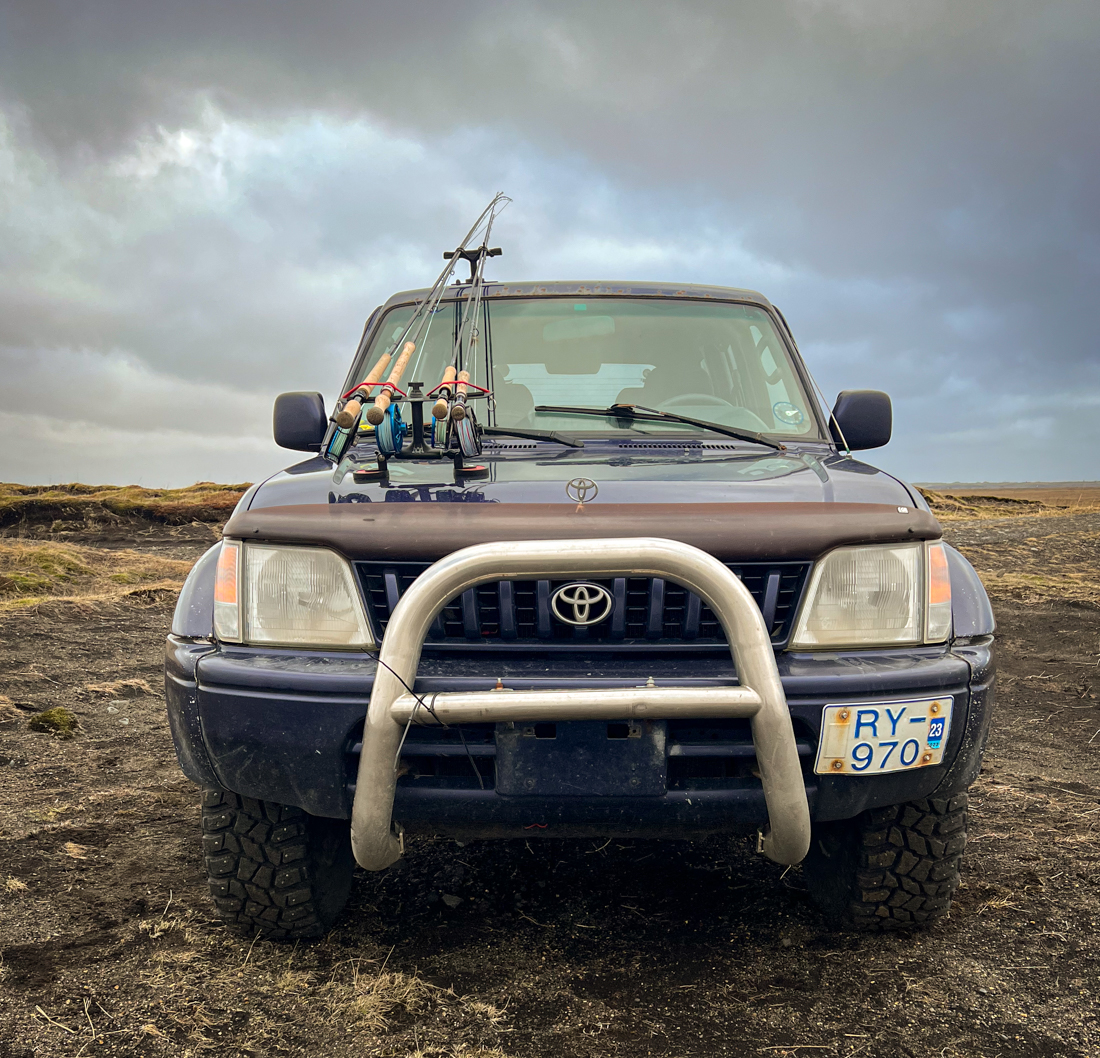
Before us lay a vast network of numerous intersecting rivers, seeking their way to the sea through the deep black lava sand. Due to the black lava sand, the rivers appear dark, but the water is mostly crystal clear. Sometimes, there are areas with slightly turbid glacier water, and that's exactly what our guide was looking for and found after about 500 meters of wading, behind a sandbank.
We were fishing with a light #6 single-handed rod, 9 ft long, and a light #6/7 switch rod, around 12 ft, each with a floating/intermediate line. The transition from glacier water to clear water proved to be a hot zone, and the first sea trout didn't keep us waiting long. It took the 8 cm tube fly aggressively on the swing. After an exciting fight, our guide netted the first sea trout, a well-fed 72 cm (approx. 28 inches) silvery beauty that made us ecstatic. The rest of the afternoon was equally dreamlike, with a total of 8 fish ranging from 60 cm to 78 cm (approx. 24 to 31 inches). We had an excellent start and plenty to talk about during the evening's discussions in the lodge. After a delicious dinner and an Icelandic Pale Ale, we concluded the day.
The next day, despite the rain starting, we headed to the 'Geirlandsa,' which meanders through the landscape more like a classic salmon river. Even with the continuous rain and added wind, we were able to fish all day in total comfort thanks to the right clothing. On this second day, we truly got into the flow. The combination of the stunning landscape, our relaxed guide, and the fly swinging in the water helped us unwind completely. We were not as fortunate in terms of the number of catches as the day before, but the size of the fish more than made up for it. Gorgeous fish measuring 88 cm, 86 cm, 82 cm, and 80 cm (approx. 35 to 31 inches) brought big smiles to our faces despite the weather conditions. We had truly arrived in the sea trout paradise of Iceland. Considering that I've been fishing for sea trout in the Baltic Sea for over 20 years and my largest catch so far is just above 70 cm (approx. 28 inches), this day was a genuine sensation for me.
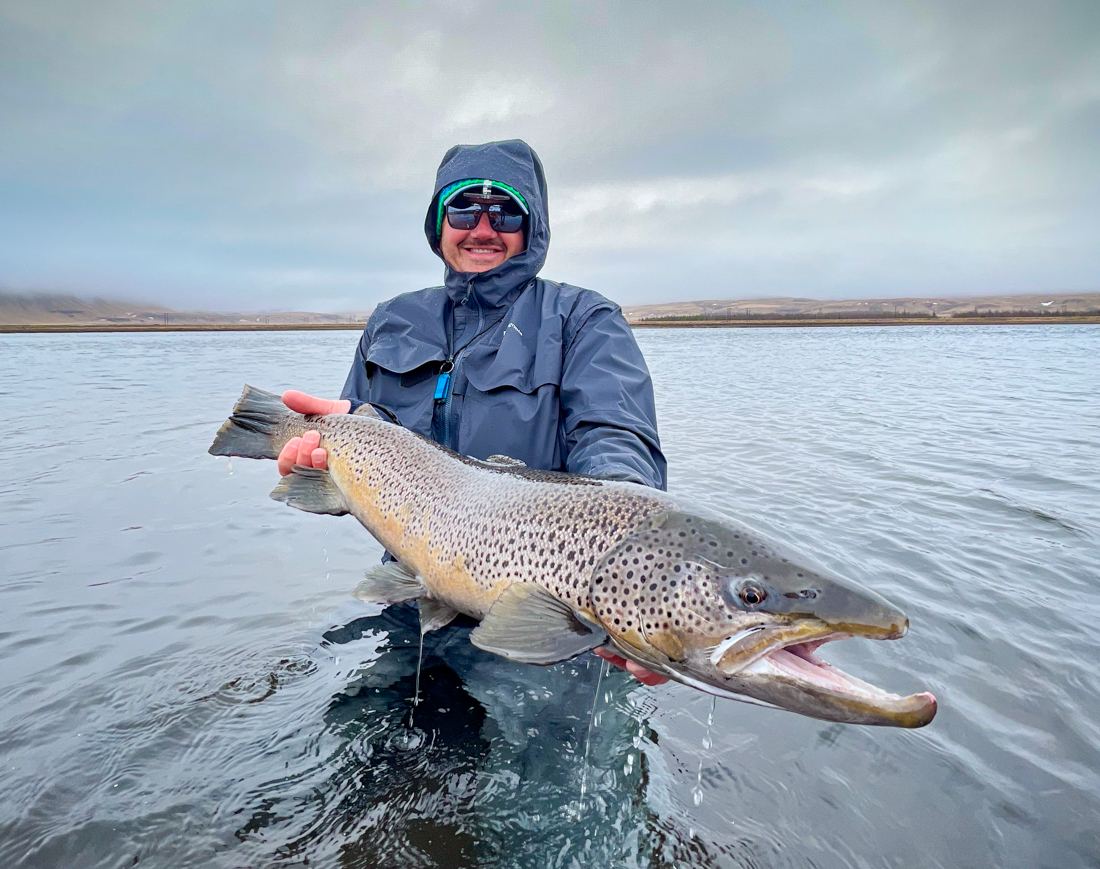
Fantastic Icelandic sea trout for Alex Siems.
As evening approached, we noticed the river rising significantly. The continuous rain, combined with the melting snow in the mountains, brought a considerable amount of water into the river, leading to a slight murkiness. Although I usually believe in "forget the forecast," I did check the weather app this evening, and the additional 80 mm of precipitation within the next 24 hours promised high water!
When the guides arrived the next morning at 8:00, they encouraged us to brave the high and brown water conditions and go fishing nonetheless. With such high water, I switched to a light #7/8 switch rod, especially since we were now fishing larger tube flies between 8 and 10 cm (3 to 4 inches) due to the cloudy water. On this day, I also added a Pro Sportfischer Propeller in size M in front of the fly. This gave me hope that even if the fish couldn't see the fly clearly, they might sense its vibration through the propeller. Additionally, I always find it beneficial to change something in the setup and believe in it. It makes you fish with more attentiveness, and sometimes, belief moves mountains. Whether it was due to the propeller or not, only the 89 cm (35 inches) sea trout that would be the only catch on this challenging day could tell.
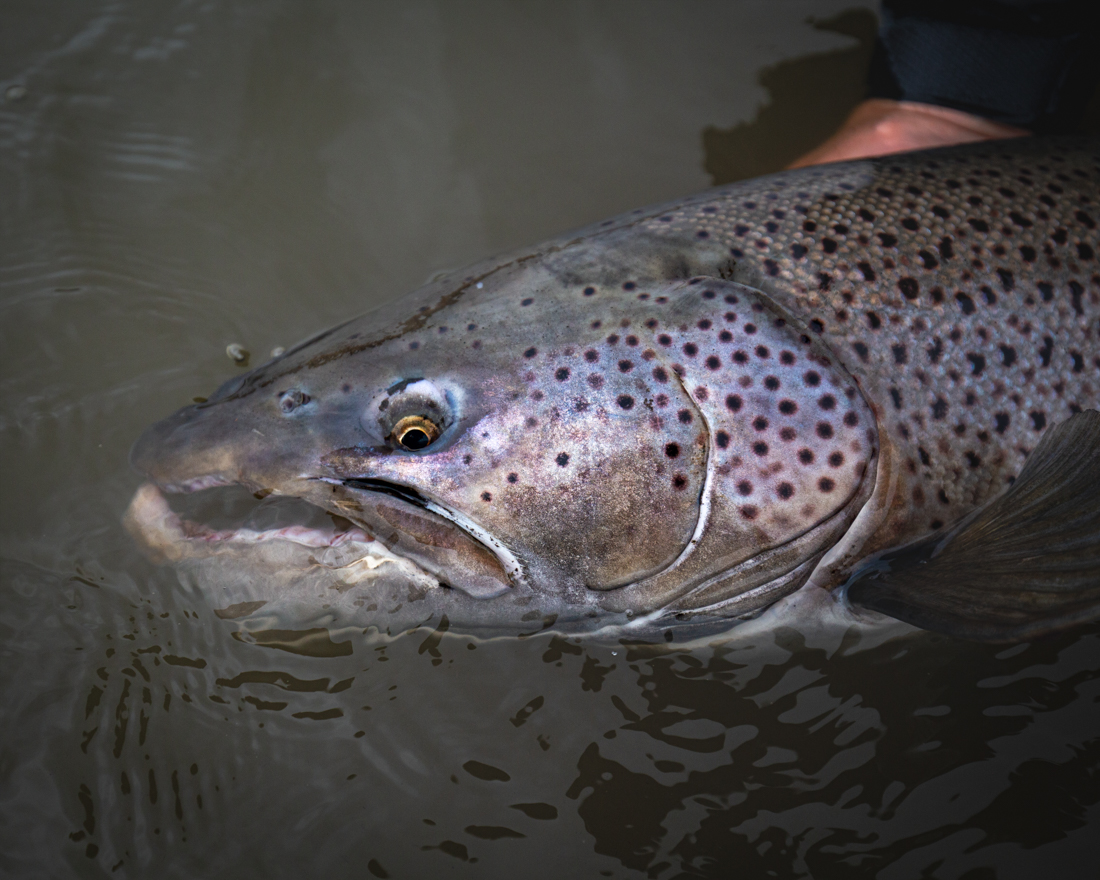
As quickly as the rivers had risen, they fell back again and turned crystal clear. The riverbed of lava sand acts like a massive filter, preventing any long-lasting turbidity.
The following days flew by, and the sea trout were in high spirits after the high water. They even showed themselves frequently on the surface, allowing us to land numerous fantastic fish.
On the last day of fishing, we were allowed to fish until 12:00. The weather showcased a summery side, with bright sunshine and calm winds, making it pleasant, though not the ideal fishing weather. The fish showed themselves again but didn't seem interested in taking the fly. Even some strips in the swing, which previously triggered some "extra bites," didn't yield any success today.
After a short mental break, the guide handed me a tiny Sunray Shadow from his private box, which was almost entirely composed of tube. Only a sparse wing and minimal gold dubbing on the head made up this fly. "Make a very long cast and give it some strips," the guide instructed. This instruction resulted in a fierce bite and a long run into the backing. A 90 cm (35 inches) sea trout rounded off this half day of fishing and our week in Iceland, making this fishing trip perfect for me.
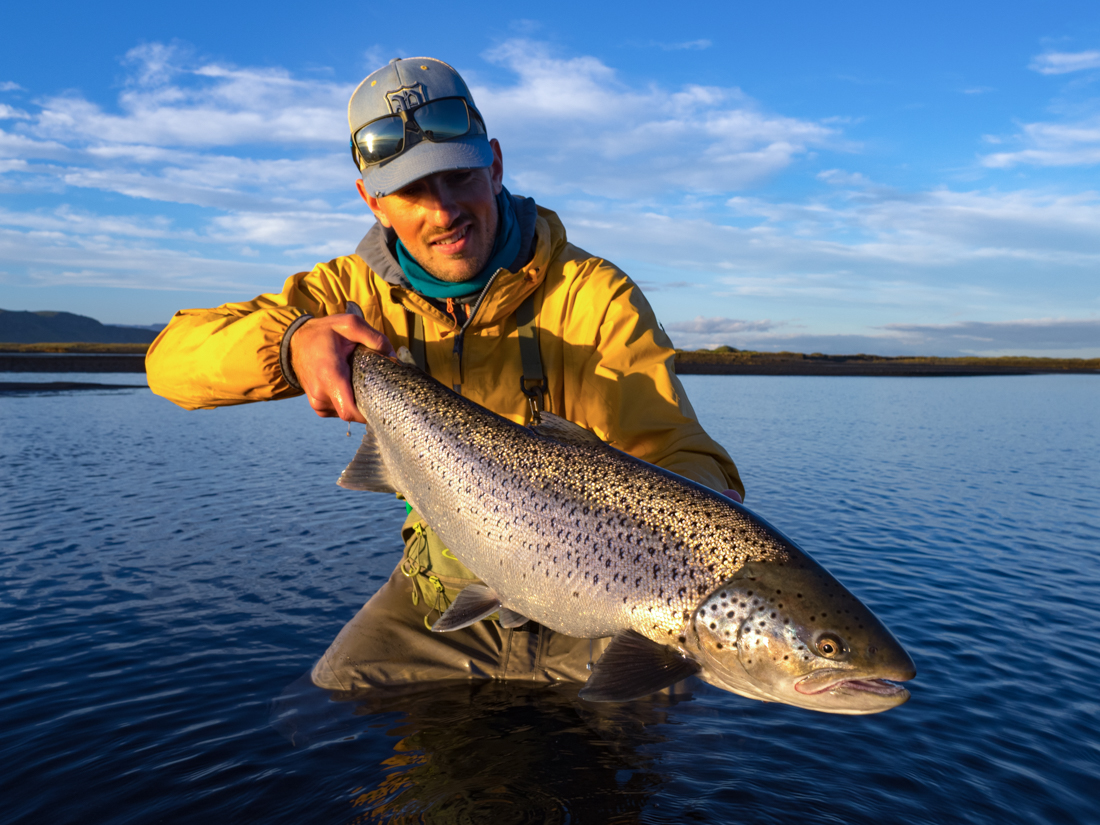
Successful even in bright sunshine: Guide Mats-Ole with a perfect sea trout.
After lunch, we were picked up by the organizer's shuttle bus around 2:00 PM. Our flight back to Berlin was early the next morning, so this time, the organizer accommodated us directly at the 'Keflavík' Airport in a bed & breakfast hotel.
On the return flight, we reviewed our photos and relived our catches: In 6 days of fishing, we landed a total of over 50 sea trout, ranging from 52 cm to 90 cm (20 to 35 inches) in length. The largest sea trout measured 90 cm, with others at 89 cm, 88 cm, 87 cm, 84 cm, 82 cm, 80 cm, and 79 cm.
The annual average size of sea trout in the Battle Hill Lodge's rivers is an incredible 69 cm (27 inches) in length. In 2022, the largest caught sea trout measured a whopping 107 cm (42 inches), with many fish over the 100 cm (39 inches) mark being landed. The largest sea trout recorded by a fish counter in a video trap measured an unbelievable 117 cm (46 inches). In short, sea trout fishing in Iceland is extraordinary, and catching such large sea trout is an unforgettable experience. What may be average in Iceland means catching "THE FISH OF A LIFETIME" for most sea trout anglers in the Baltic Sea, a fish that may never be caught despite countless and intense fishing efforts.
Iceland and the sea trout have truly captivated me and taken me in. While writing these lines, I felt the same warm feeling as being there and even got a slight shiver. I'm already looking forward to a reunion!
Important Information
- When the water is clear, you can safely drink from the river. The low water temperatures and the lava sand, acting as a giant filter, guarantee excellent drinking water.
- I wondered beforehand why the sea trout are in such good condition and still carry a relatively high weight after spawning in the spring. After the high water, a sea trout spat out its stomach contents, revealing the answer to my question: Arctic worms that were washed into the rivers by the flood.
- During the autumn season, Atlantic salmon and Arctic char mix with the sea trout, offering a good chance of catching some welcome by-catch. In the upper sections of the rivers, you can also find a few, often very large brown trout.
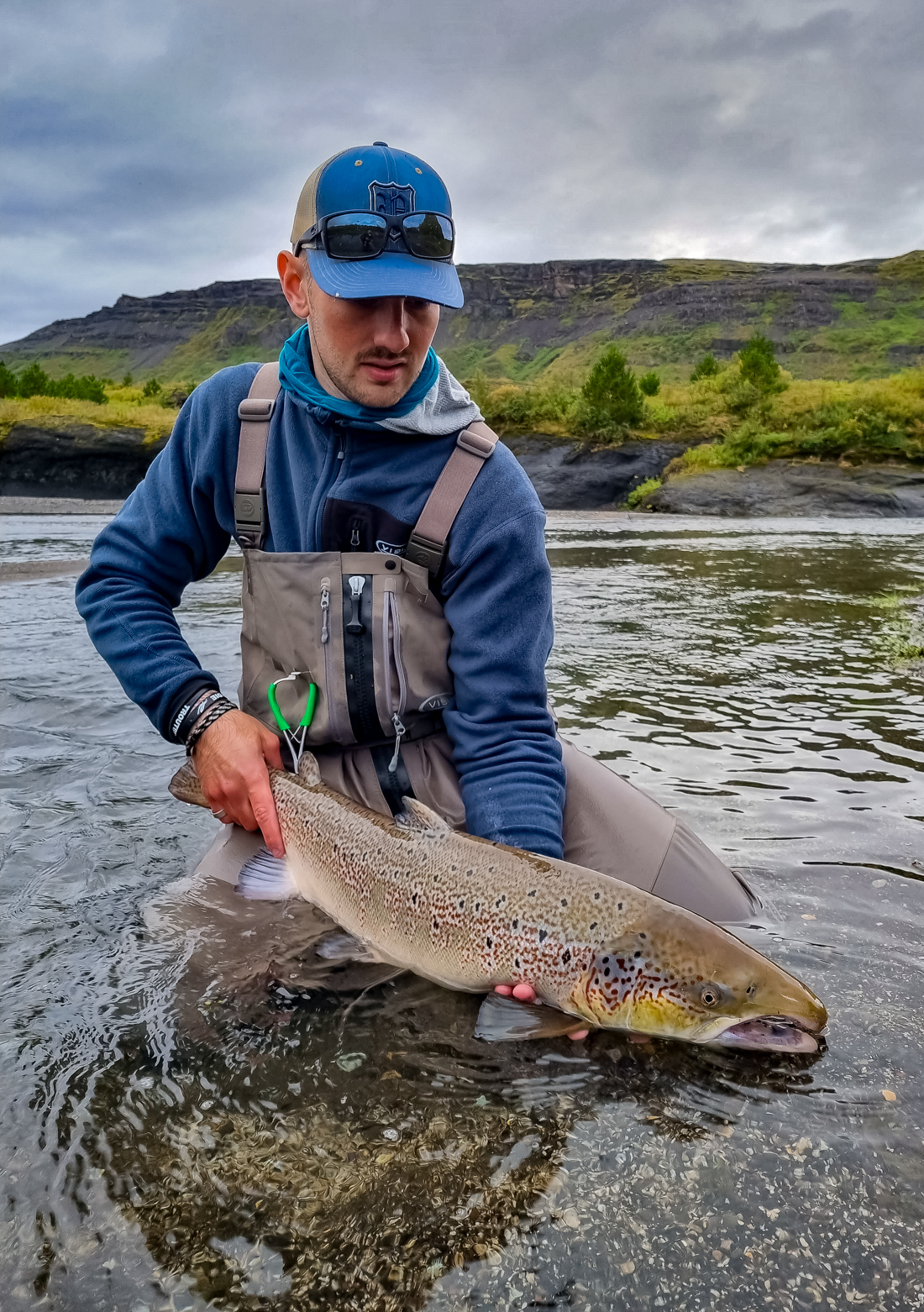
Pleasant 'by-catch' while sea trout fishing in autumn - A male salmon with guide Mats-Ole.
- The travel organizer also offers fishing for brown trout in the Highland rivers and at Lake 'Thingvallavatn,' with the possibility of combining it with a week of sea trout fishing.
- The Battle Hill Lodge provides an excellent opportunity to witness the mystical Northern Lights directly on-site. The lodge is surrounded by nature, and there is no light pollution. On clear nights, the Northern Lights are frequently visible, more often in the autumn than in the spring. If you're interested in seeing the Northern Lights, feel free to ask the guides, as they have a Northern Lights app and can tell you when and at what time it's worth going on an Aurora Borealis hunt. In photos, the Northern Lights appear more colorful than with the naked eye.
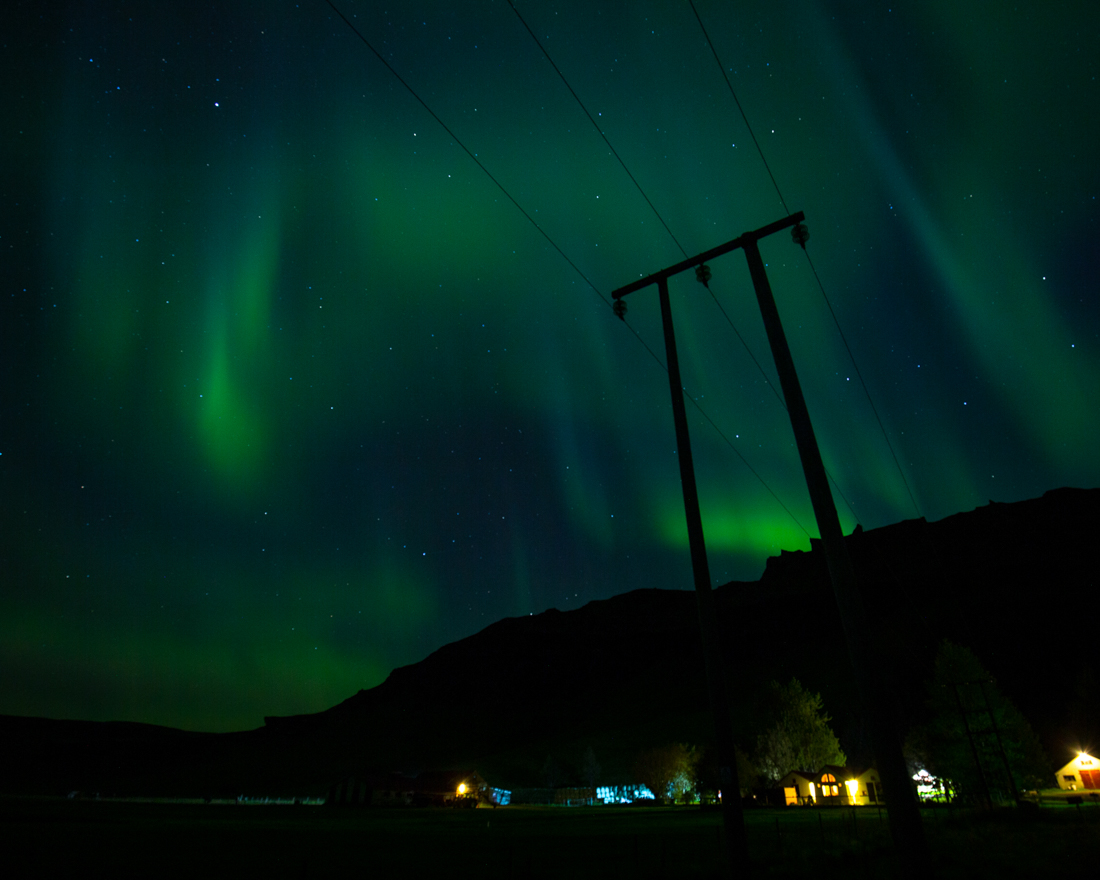
Mystical Northern Lights in Iceland.
Daily Schedule
- Breakfast is served from around 7:00 to 8:00. At 8:00, the guides arrive, and we get ready in waders before heading directly to the rivers.
- Lunch is provided directly at the river.
- At around 7:00 PM, we return to the lodge.
- From 8:00 PM, we enjoy delicious snacks and finger food in the cozy lounge as an appetizer. Dinner is served around 9:00 PM. During the autumn season, it's theoretically possible to fish at the river directly by the Battle Hill Lodge after dinner, but after spending the whole day outdoors, most anglers are content to relax in the evenings. However, the option is available for enthusiastic anglers.
What to Bring? Gear for Sea Trout Fishing in Iceland
- Rods: Single-handed rods in the #6 or #7 class, ranging from 9 ft. to 10.9 ft. Longer rods are well-suited for underhand casts, switch-casts, etc. For switch rods, use #6/7 or #7/8 in lengths of 11 - 13.5 ft.
- Reels: Reliable and sturdy reels with sufficient backing, at least 100 m of 30 lbs backing. I personally prefer fly reels with a closed cage (full frame) for greater stability and stiffness, preventing the thin running line from slipping out or getting jammed. I often use the adh-fishing Ultimate X Backing with a strength of 39kg, which also has a very thin diameter and can be used for possible trips to tropical destinations. You can easily fit around 250 m of this backing on an appropriate fly reel.
- Lines and Shooting Heads: WF lines in floating, floating/slow intermediate, or floating/fast intermediate are sufficient for fishing different depths with a single-handed rod. Personally, I found the Guideline Coastal WF line to be the best as it transported flies well under all wind conditions, and its low stretch turned most strikes into landed fish. For the spey rods, we used floating OPST Commando shooting heads, combined with 12 ft. 4D tips from Guideline. These tips are available in various sink rates, covering all situations, from low water to high water, deep holes, and channels. The larger the sinking rate of the tip, the shorter you can keep the tippet to ensure the fly reaches the desired depth. For example, a tip with Sink2/Sink4 requires approximately 2 m of tippet, while Sink6/Sink8 tip needs only about 1 m of tippet.
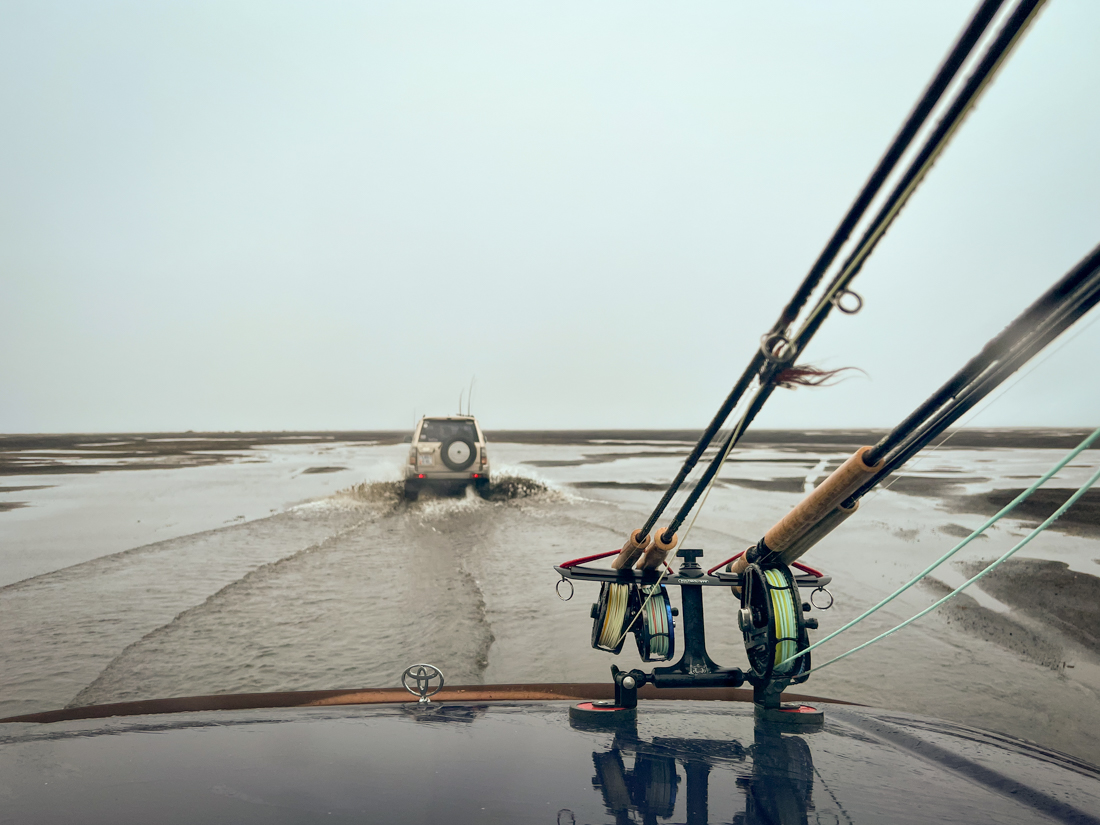
Always at hand: a selection of suitable single-handed and double-handed rods.
- Leaders: Tapered fluorocarbon leaders of 9' in 01X, 02X, and 03X, and fluorocarbon tippets from 0.28 mm to 0.33 mm. If you want to nymph fish, consider carrying 0.20 mm and 0.22 mm fluorocarbon tippets. Guideline or Stroft are reliable manufacturers for me.
- Other Accessories: A Flexi Stripper has proven useful for longer casts, as a line basket can help to gain a few extra meters of range. A pair of polarized sunglasses is essential for me, not only for reading the water but also for eye protection. A good pair of glasses with polarized lenses is a must-have in my standard gear. Light-colored lenses that offer good contrast and brighten the surroundings are recommended for sea trout fishing. Costa, with the 'Sunrise Silver Mirror' tint, offers excellent glasses, for example.
- Flies: For swinging, larger trout streamers and popular salmon tubes (e.g., by Frödin) between 6 and 10 cm have been successful. Sea trout are generally not very picky. If I had to recommend only one color, it would be black, as always. We fished the tubes with smaller doubles and trebles from Guideline (#12 to #8) as hooks. Also, 'Francis' patterns of any kind are a guarantee. For those who like it, fishing with indicators and nymphs is possible. Include the 'Squirmy Worm' and larger, classic sea trout nymphs, preferably with rubber legs, in your fly box. In the autumn, surface flies are definitely a must-bring: Hitch, Chernobyl Ants, Hoppers, or foam flies offer an exciting fishing experience in the fall.
- Wading Gear: Proper and complete clothing is essential for a successful fishing day in Iceland. You can experience four seasons in one day on the island, so the layering principle, preferably with a merino base, has proven effective. When the sun comes out, it's better to remove a layer of clothing than to freeze. Only wading shoes with rubber soles are allowed in Iceland. Spikes are not necessary but also don't cause any problems if you have them. A woolen hat is welcome on windy days. Personally, I don't like fishing with gloves, so I use the Woolpower Wrist Gaiters, which protect the hands from wind and weather while keeping the fingers free.
The guides are also fully equipped and if you lack any fishing gear or the right fly, they are more than willing to assist you. You don't need to bring a landing net as the guides usually have large, rubberized McLean landing nets with built-in scales. They are also well-equipped in terms of media and are happy to take great photos of you and your dream fish.
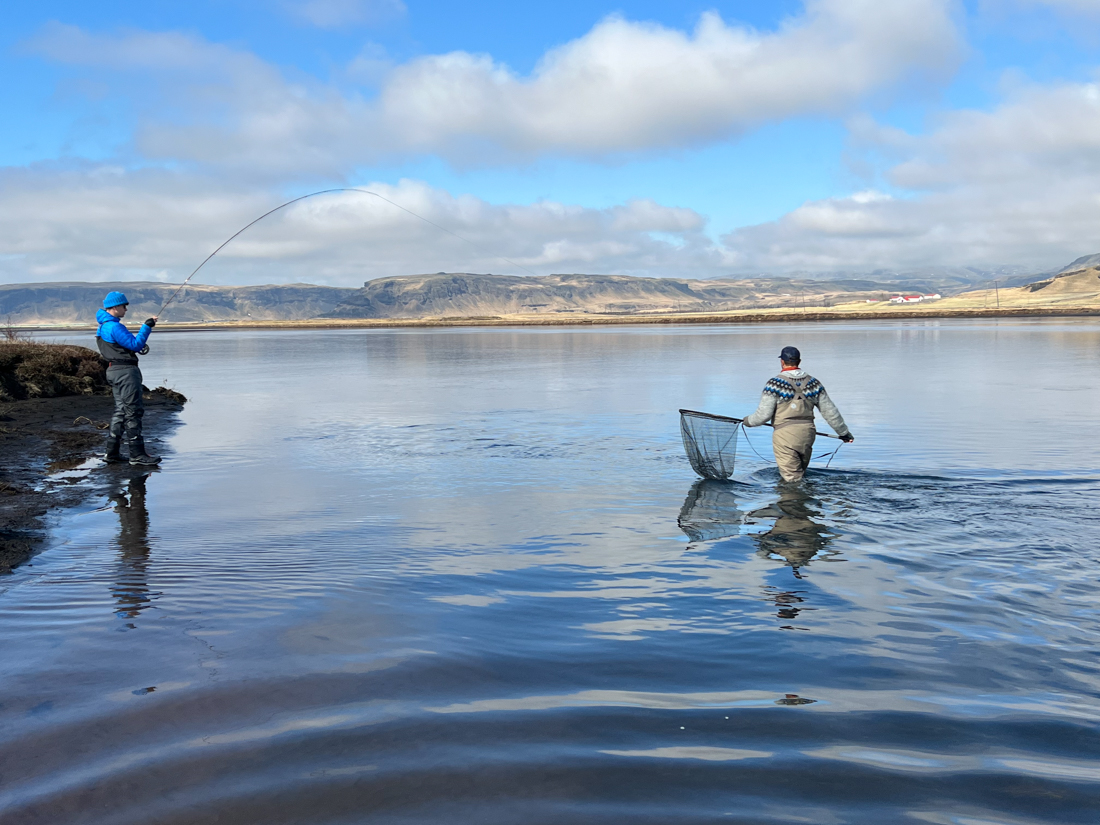
Teamwork during the fight - sea trout shortly before landing.
Tips & Tricks for Autumn Fishing
Autumn fishing is more diverse than spring fishing since sea trout spread throughout the river system, and you can also fish in the upper reaches. Fishing techniques are also more varied, including surface fishing. During autumn, sea trout are significantly better conditioned (20-30% more weight) and have more power during the fight. Additionally, you may find Atlantic salmon and char in the river during autumn.
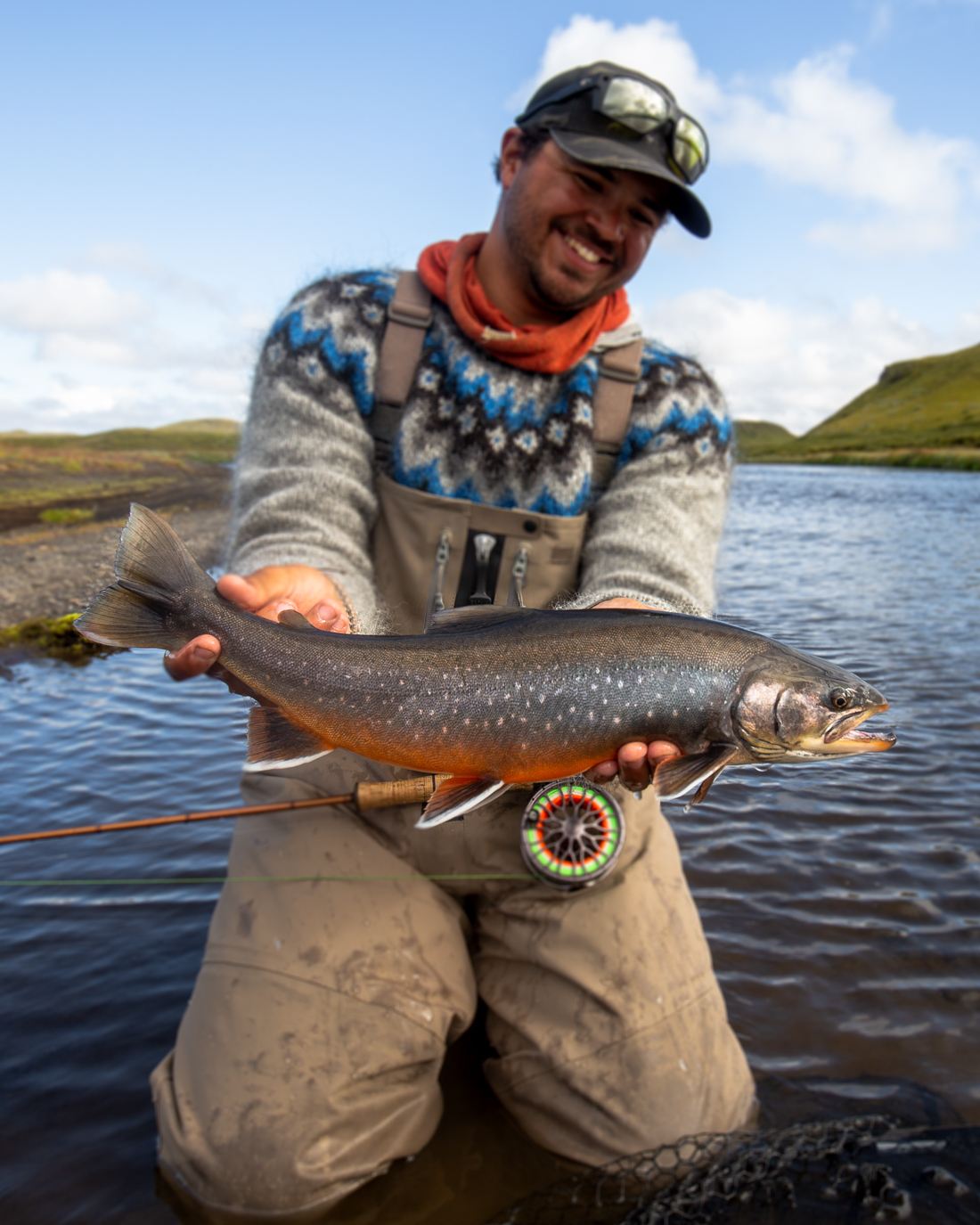
Colorful Arctic Char - A great addition to the autumn fishery.
In autumn, I recommend starting by fishing a pool with a Hitch fly, preferably in a subtle manner, on the water's surface. Unlike salmon, sea trout actively feed in the river, making them more likely to take a Hitch from the surface. While you might catch a salmon on the Hitch after 5 bites, you might land 3 to 4 sea trout with the same number of bites. Nevertheless, starting with a Hitch is an excellent way to locate a potential salmon's position, and if it stays in that location, you can switch to a small, unweighted Sunray Shadow, which usually entices the salmon to strike.
I suggest fishing the pool from top to bottom: Hitch, Sunray Shadow, weighted salmon fly, and finally, a Francis. If you like, you can also try using a nymph or squirmy worm on the bite indicator. After fishing the pool thoroughly, move on to the next one.
Battle Hill Lodge Information
- The lodge can accommodate up to 12 fly fishermen. Double rooms are standard, but single rooms are available upon request at no extra charge (subject to availability). There are 3 bathrooms, 2 of which have showers.
- The price includes all meals except for alcoholic beverages. The lodge is well-equipped, offering a coffee maker, beverage fridge, ice maker, and a well-stocked cookie jar. Losing weight during this week will be challenging.
- There is a 'drying room' where you can change and dry your waders overnight. Starting the next morning in dry and warm waders is an excellent way to begin the day.
- The lodge can only be booked for one week at a time, with half a day of fishing on the arrival and departure days, and 5 full days of fishing in between.
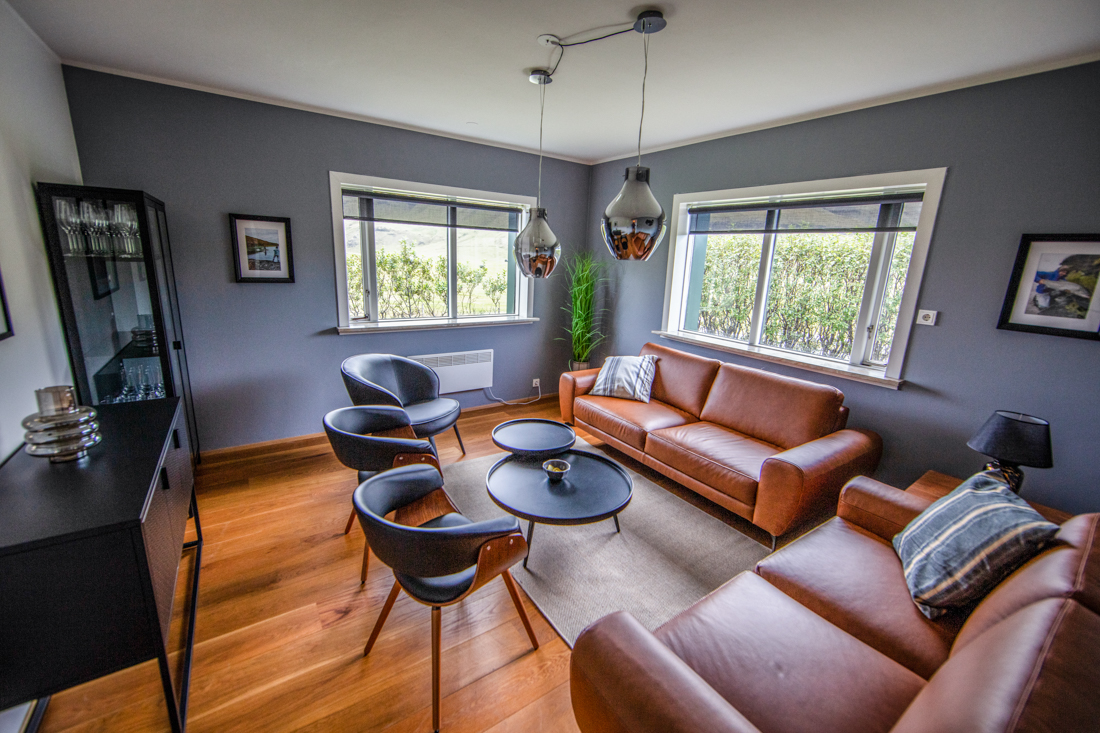
Cozy lounge in the Battle Hill Lodge.
Travel Information
IcelandAir offers direct flights from Germany, and the standard baggage allowance is 23 kg, along with an additional carry-on bag, which is more than sufficient.
Costs
- During the spring season, a week at the Battle Hill Lodge costs 6,500 US$. The spring season is short, starting from mid-April and ending in mid-May.
- During autumn, a week at the Battle Hill Lodge costs 9,500 US$. The season runs from mid-August to mid/end October.
- Direct flights to Reykjavik (Keflavik) Airport are available from Hamburg, Berlin, and Frankfurt, with the flight costing approximately 400 – 500 €.
- The guide's fee is included in the price. However, it's customary to give the guide a tip for their efforts at the end of the week. The standard tip is 50 – 100 US$ per day per rod, and while it's not mandatory, guides usually expect it and I think it's more than justified, considering their dedication to ensuring a successful trip and their long working hours.
- Alcoholic beverages are charged according to the provided price list.
- If you wish to spend the arrival day in Reykjavik, you can use a regularly shuttle bus at your expense. Alternatively, we preferred taking a taxi, which dropped us off directly at the hotel, costing around 140 € in total.
- All other costs, including transfers to the Battle Hill Lodge and Bed & Breakfast hotels, are included in the price.
Fishing in Iceland is not cheap, but it's well worth it! You will never forget this experience. In comparison to sea trout fishing in Argentina, Iceland is significantly more affordable, offering less wind, larger fish, and a shorter, more relaxed, and less expensive journey. I do believe it is worth saving up specifically for such a trip and foregoing a less exciting trip to save money is a sensible approach. For me at least, it's been unforgettable and I cannot wait to visit the next time.
BOOKING:
We are happy to take your inquiries through our form and we are happy to assist you with any questions and help you with the perfect gear setup for your trip. And for further information you can also visit the Fish Partner Angling Tours homepage.
